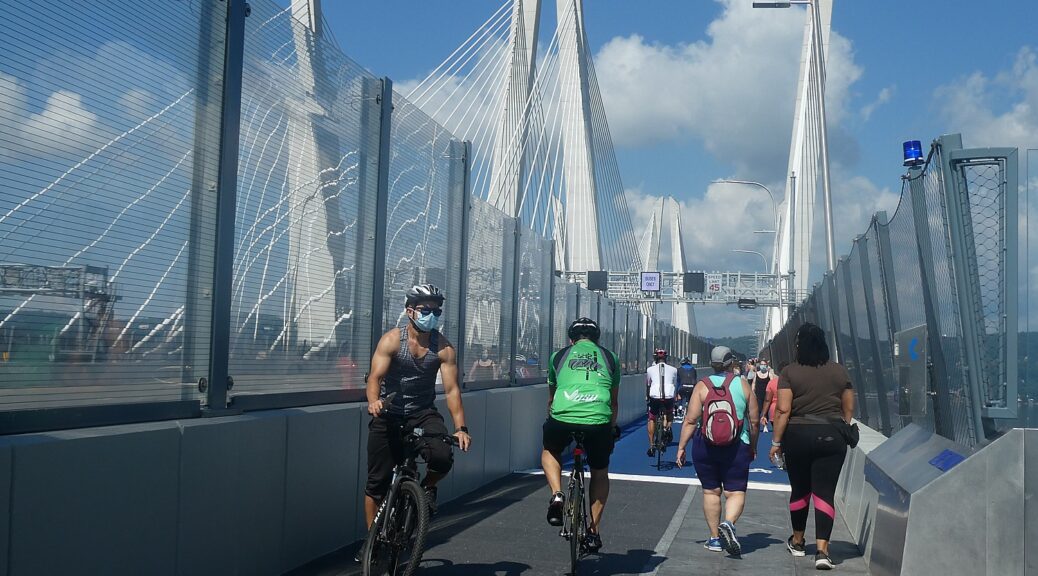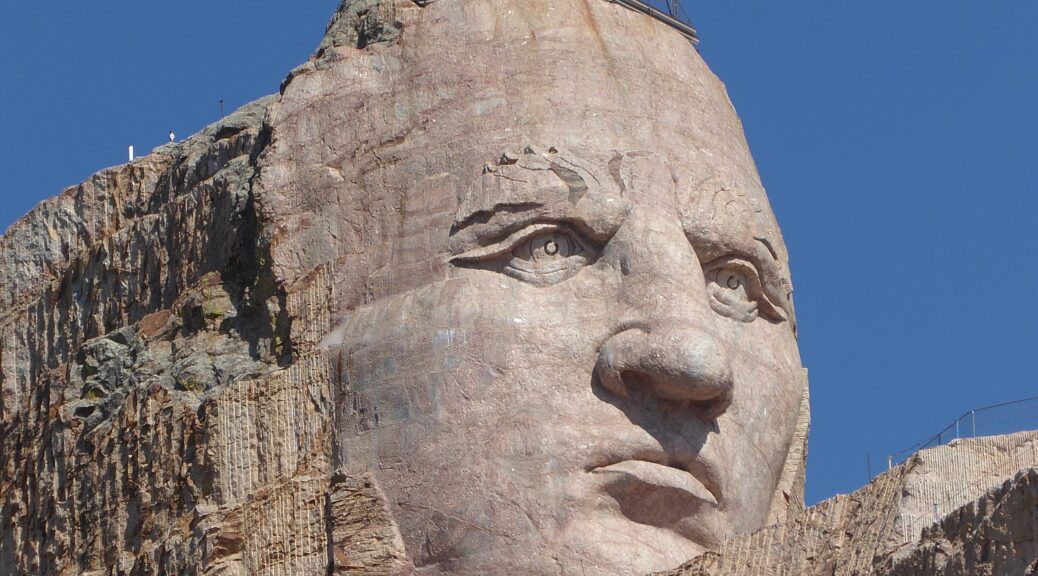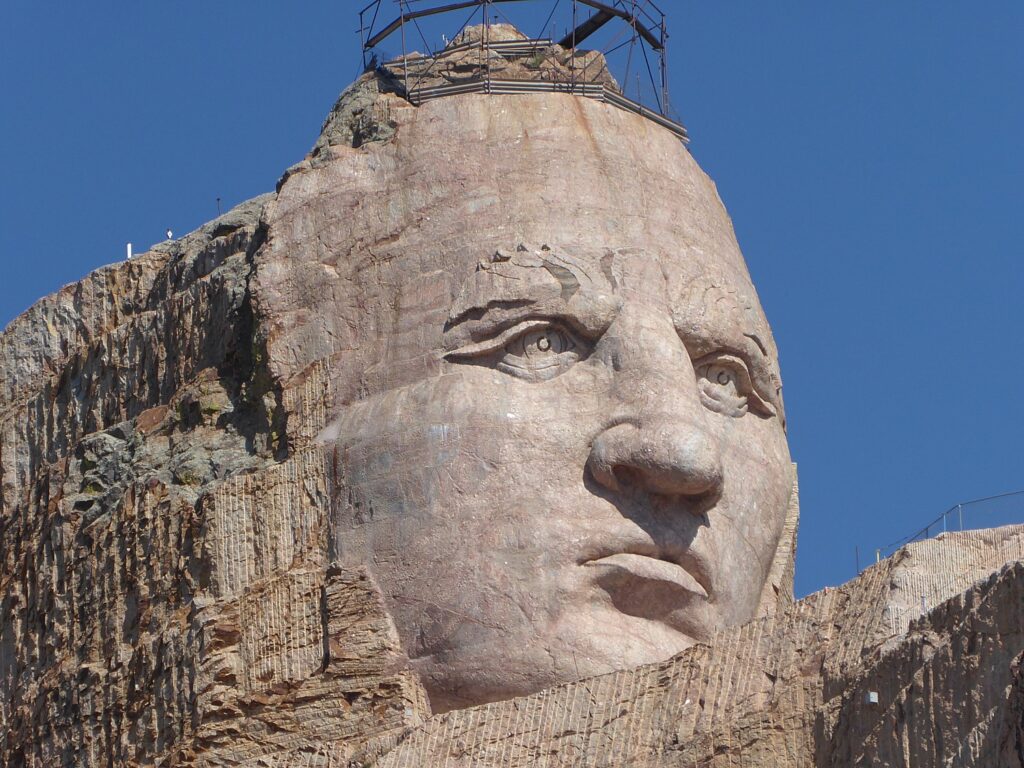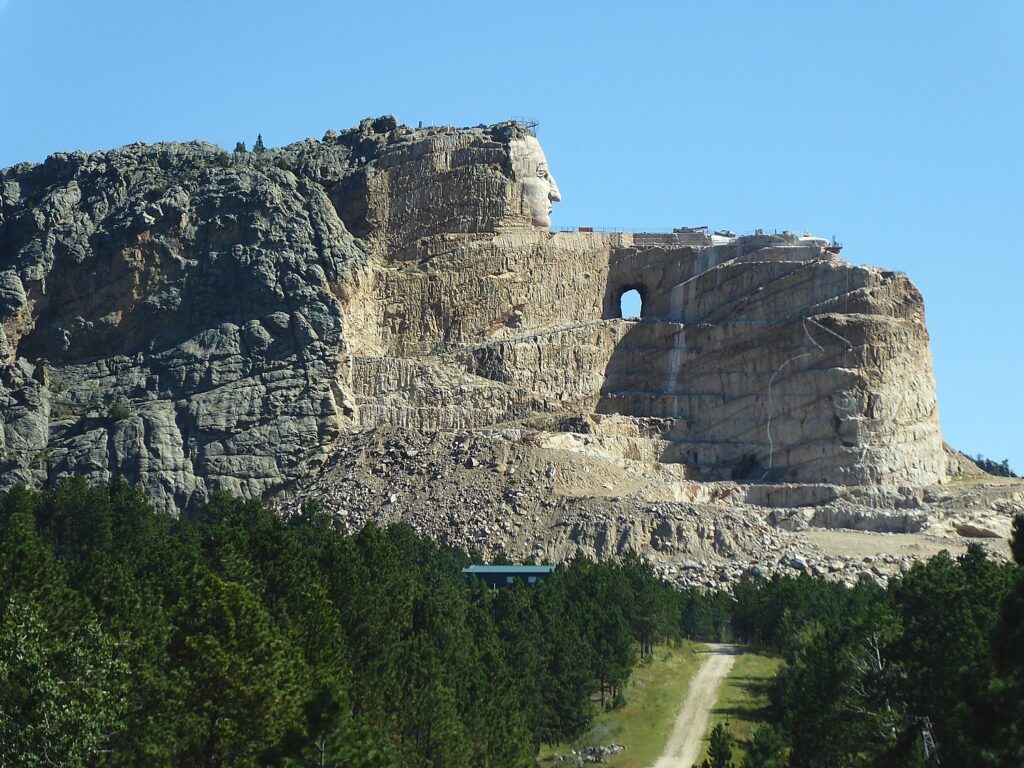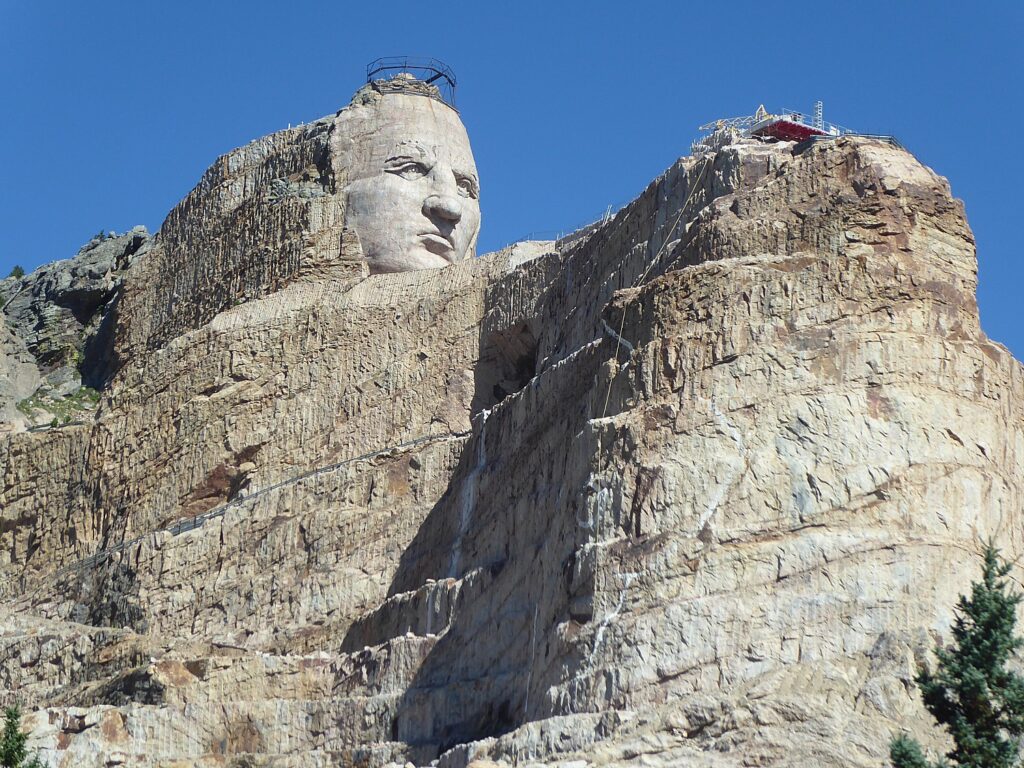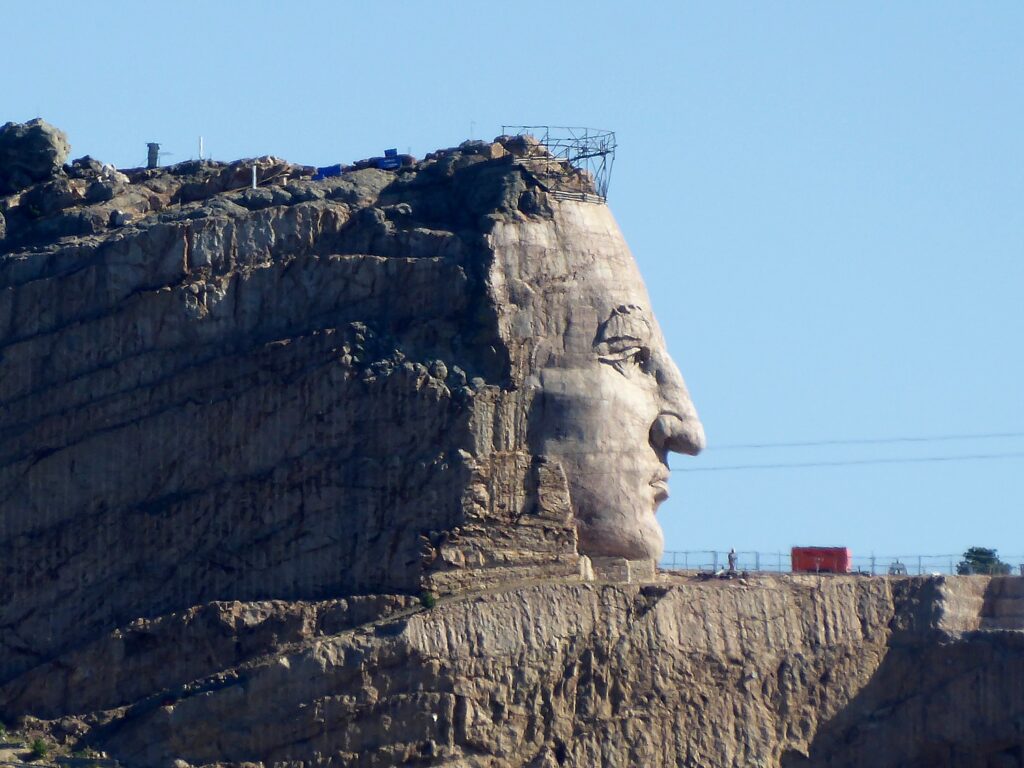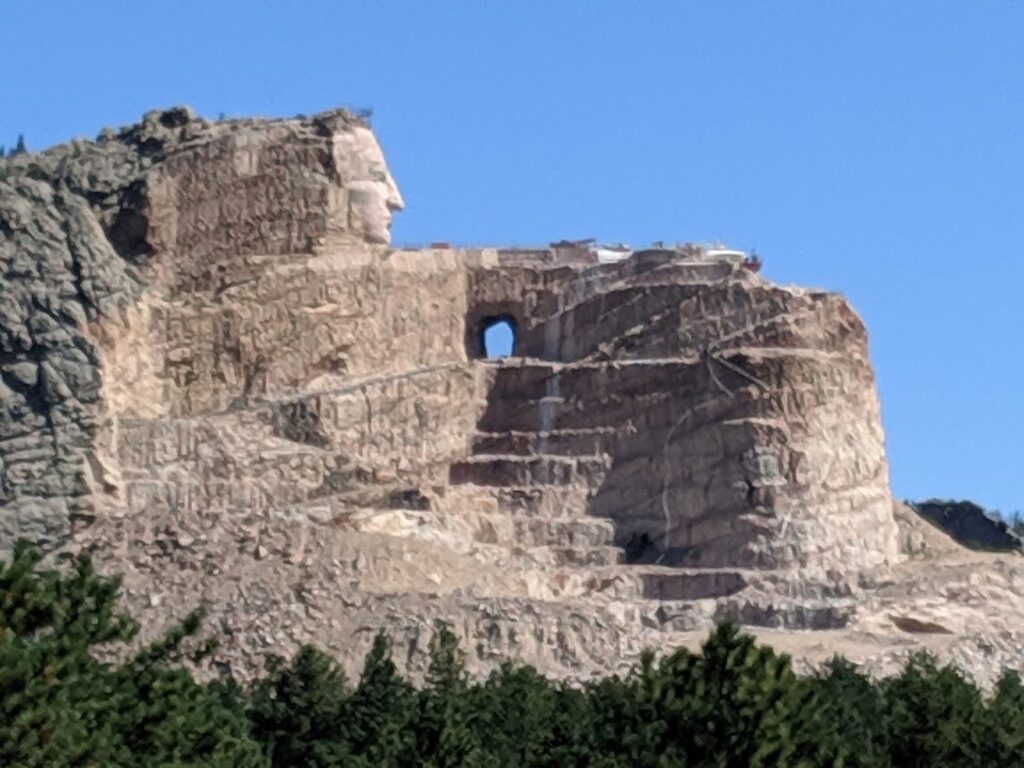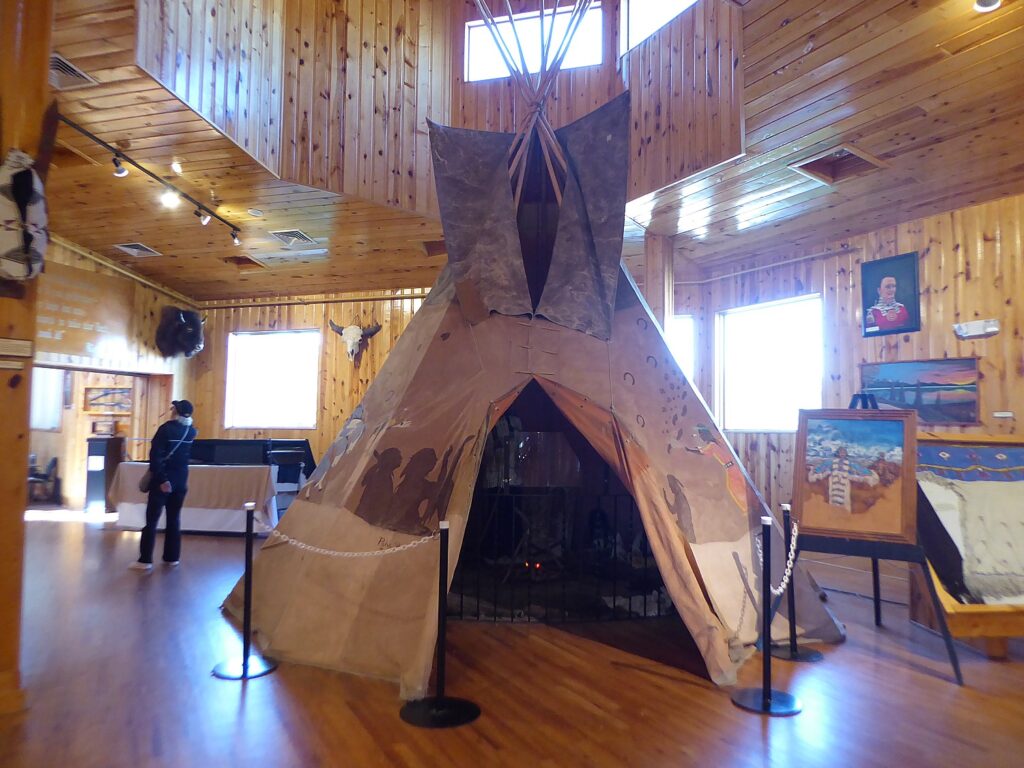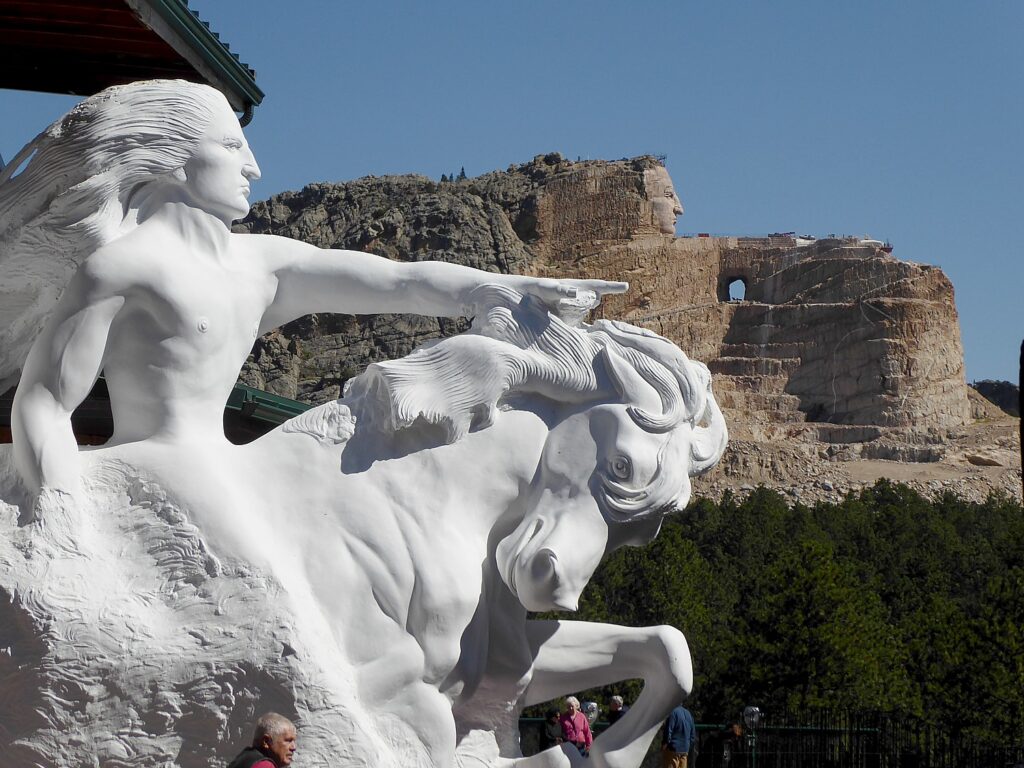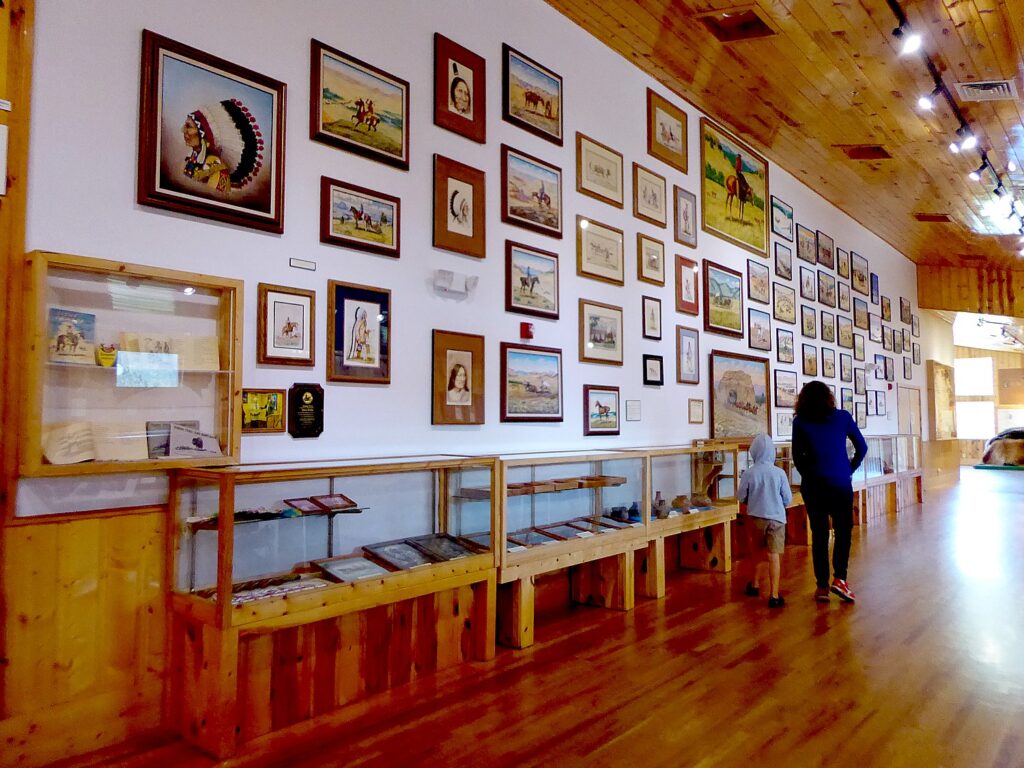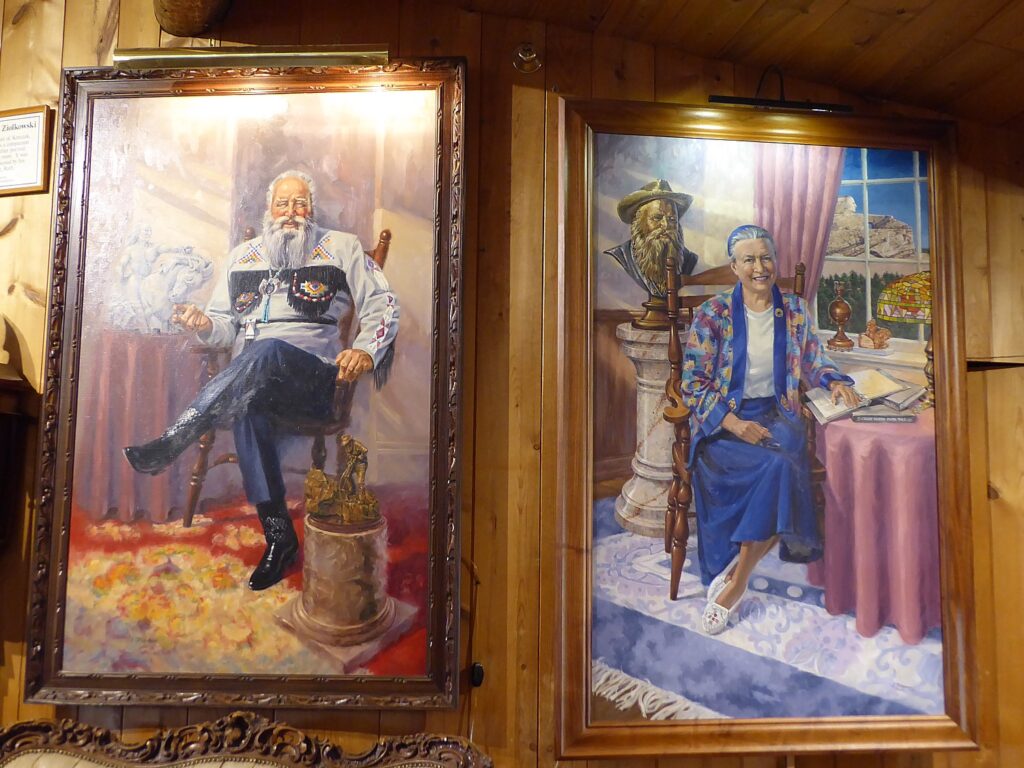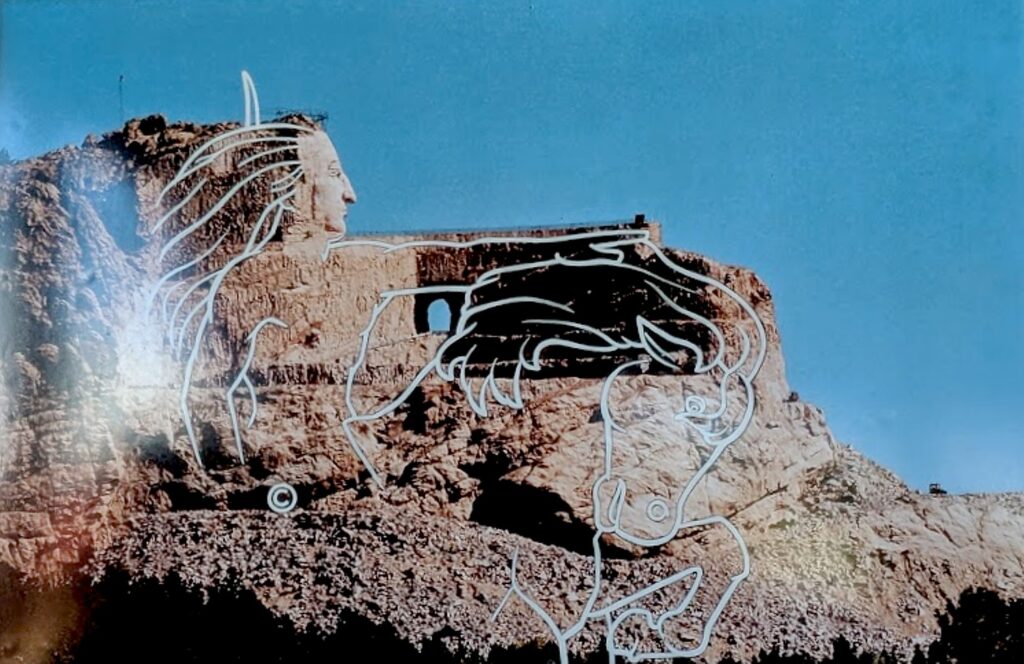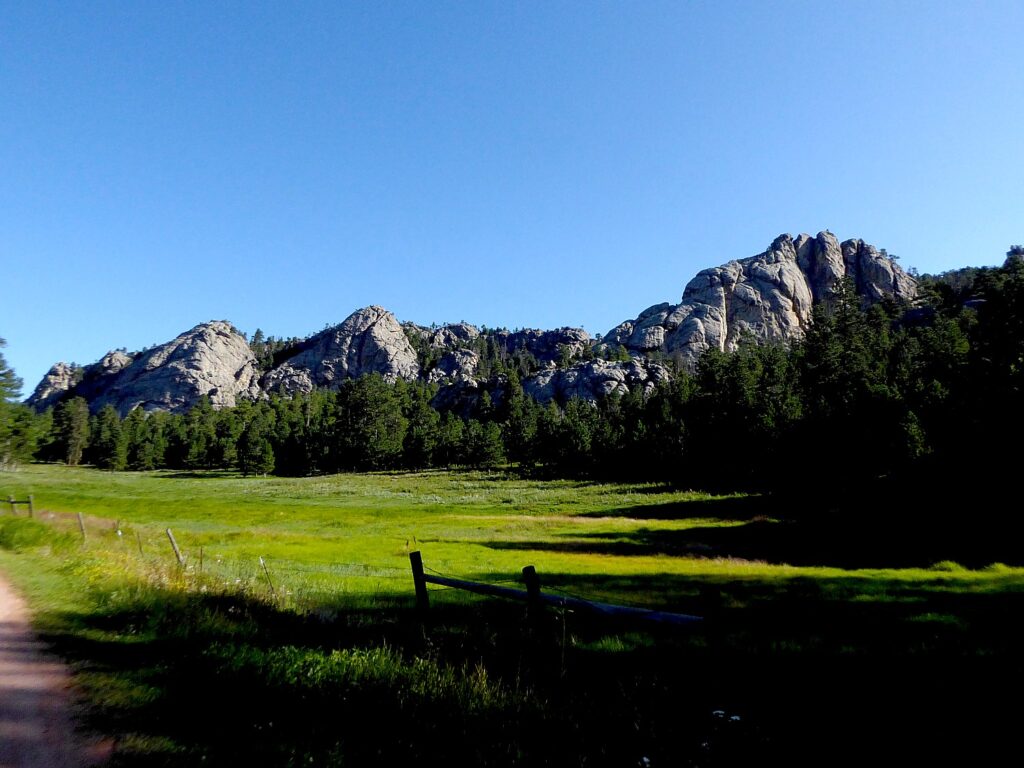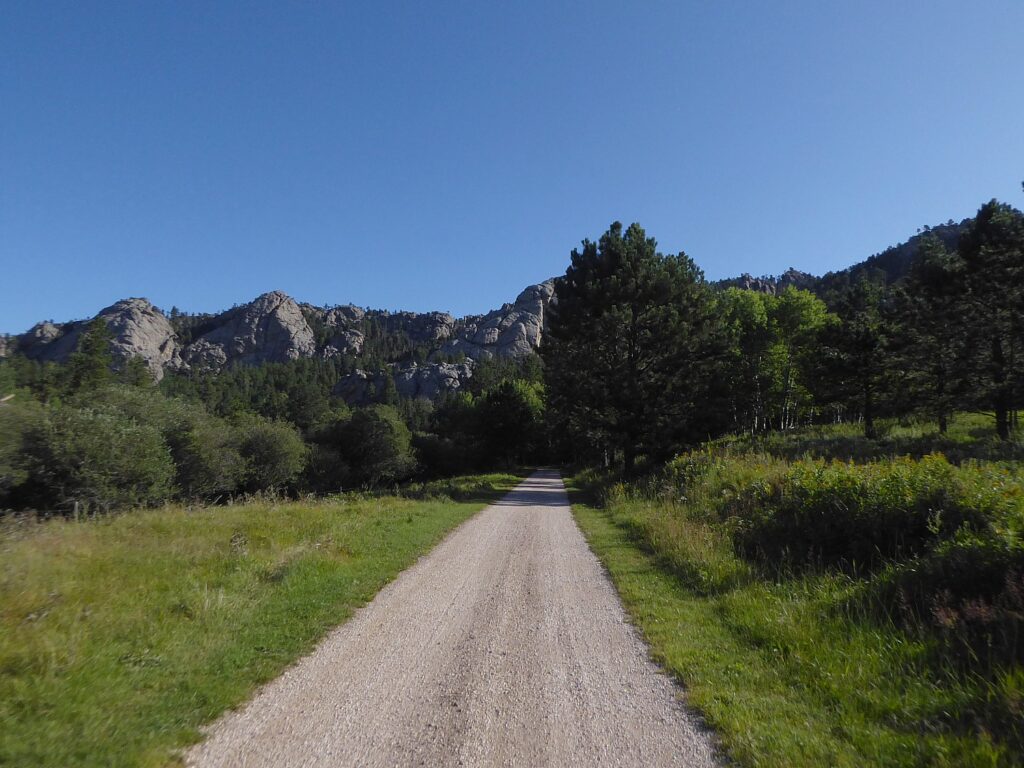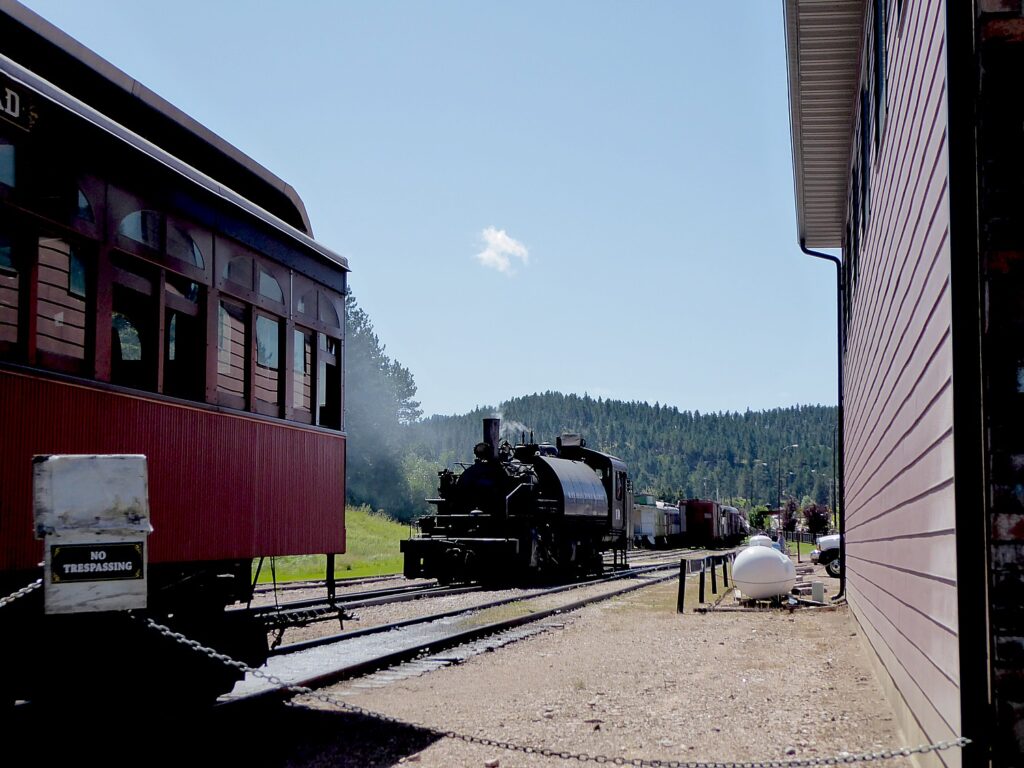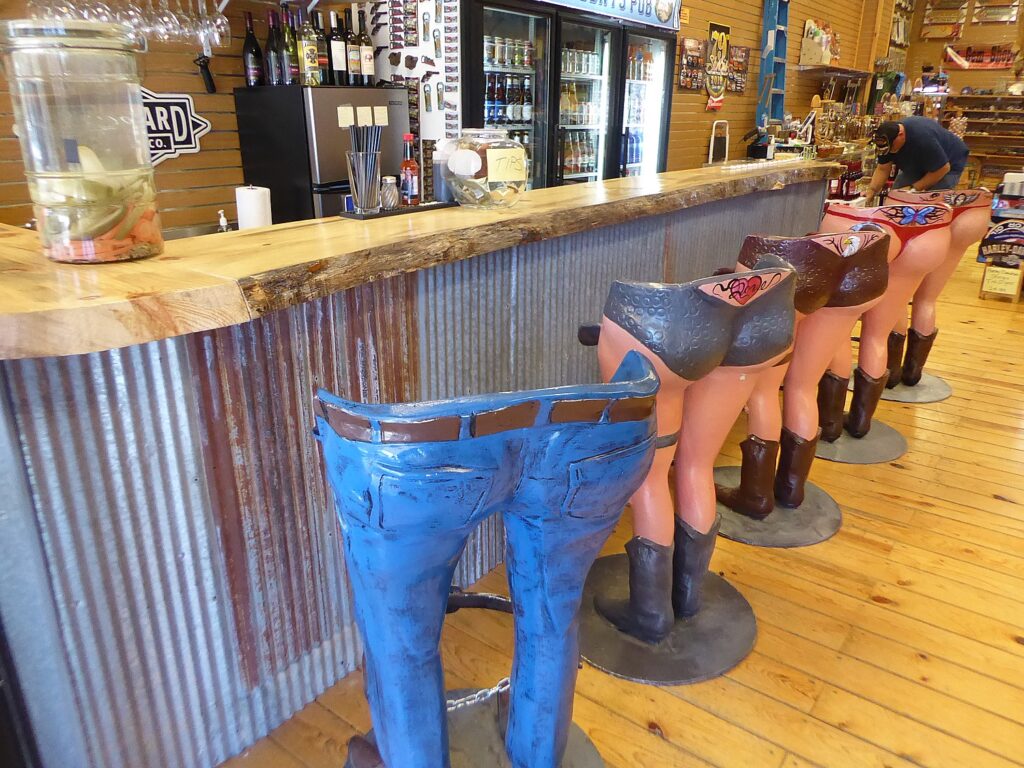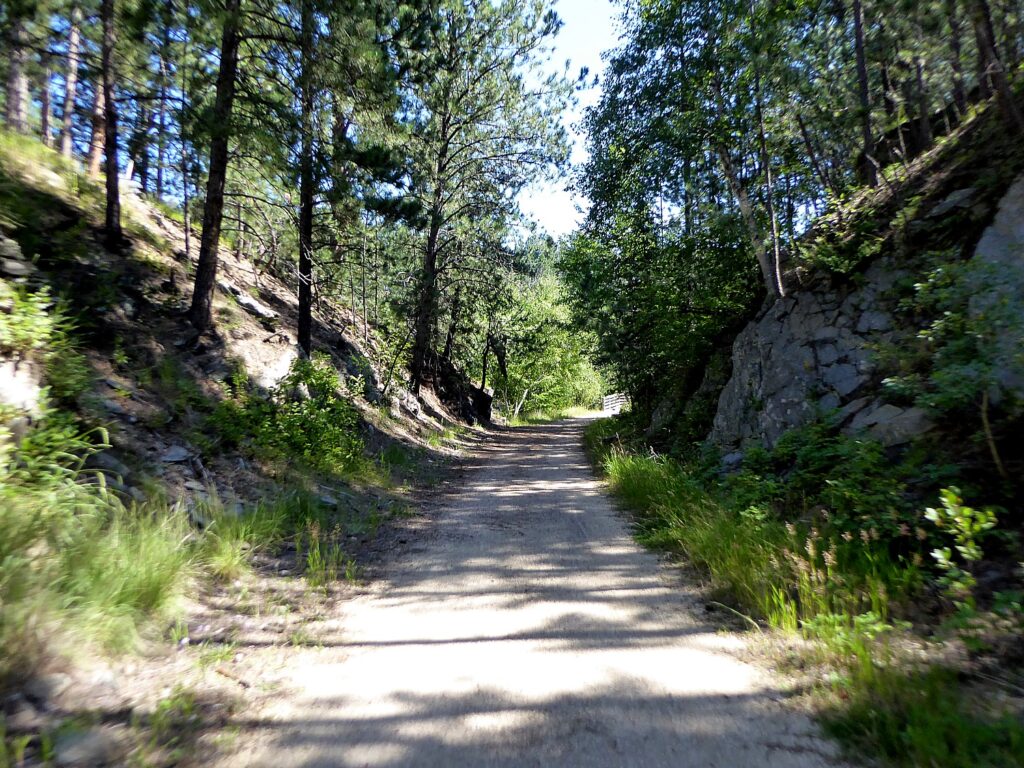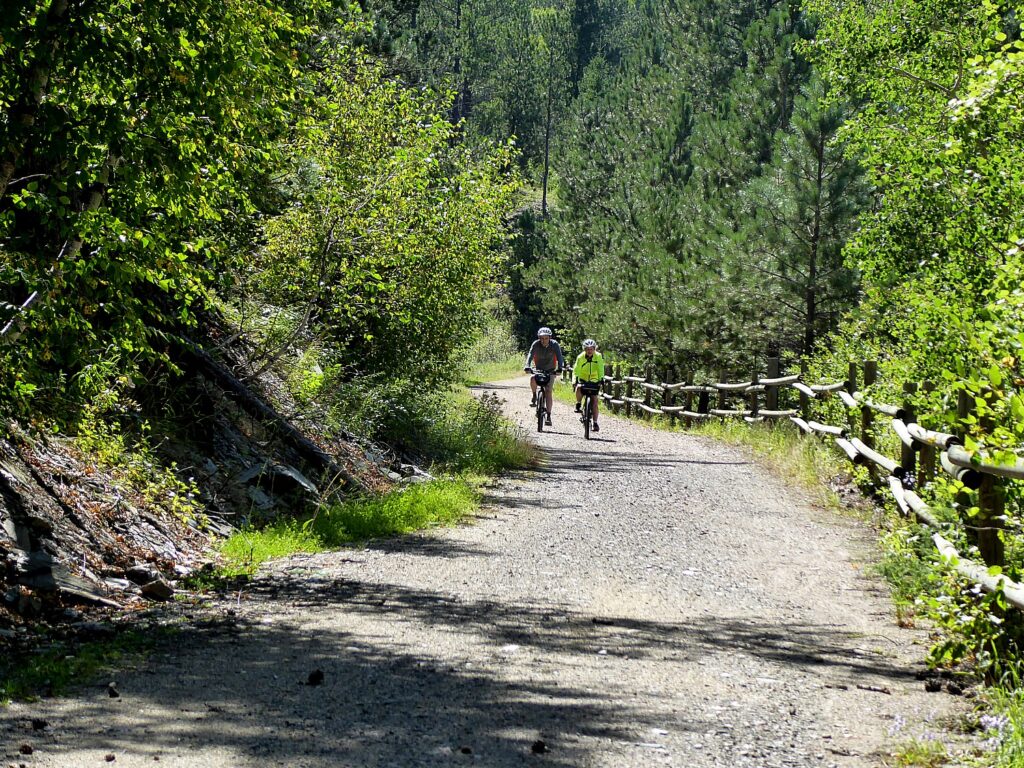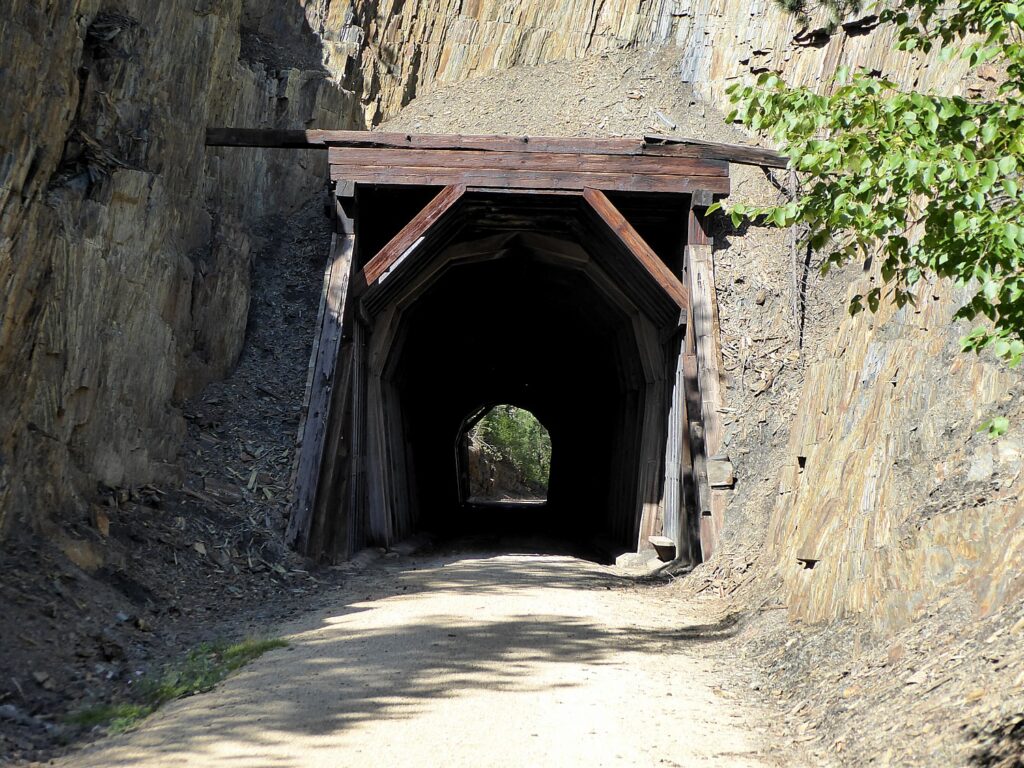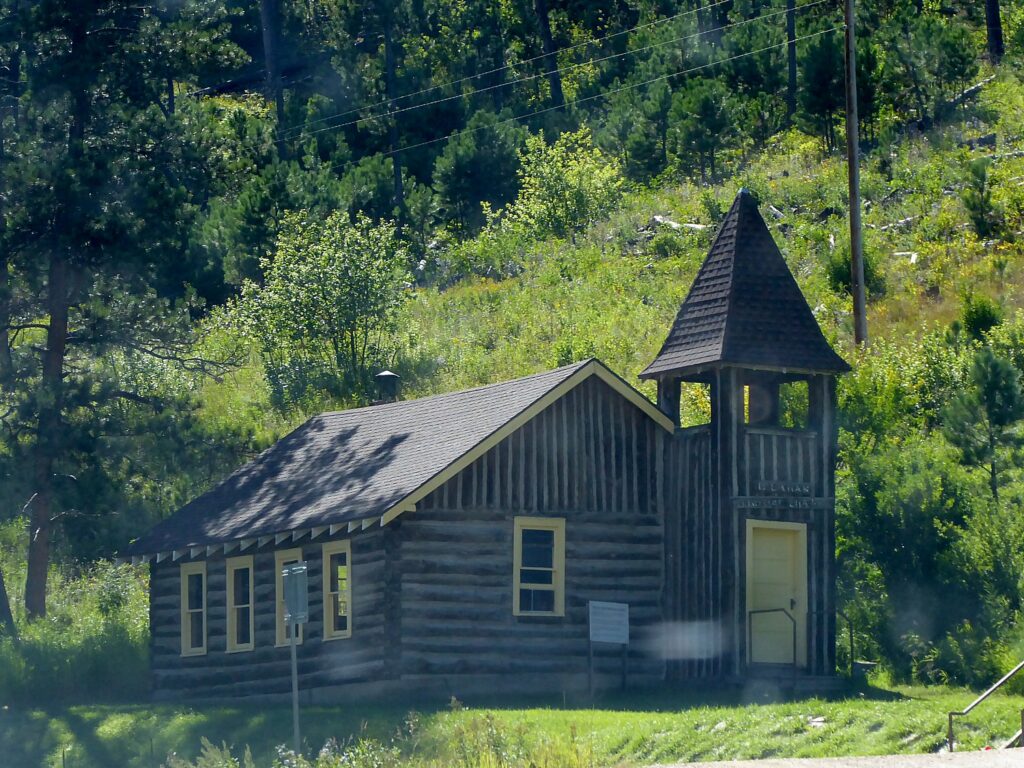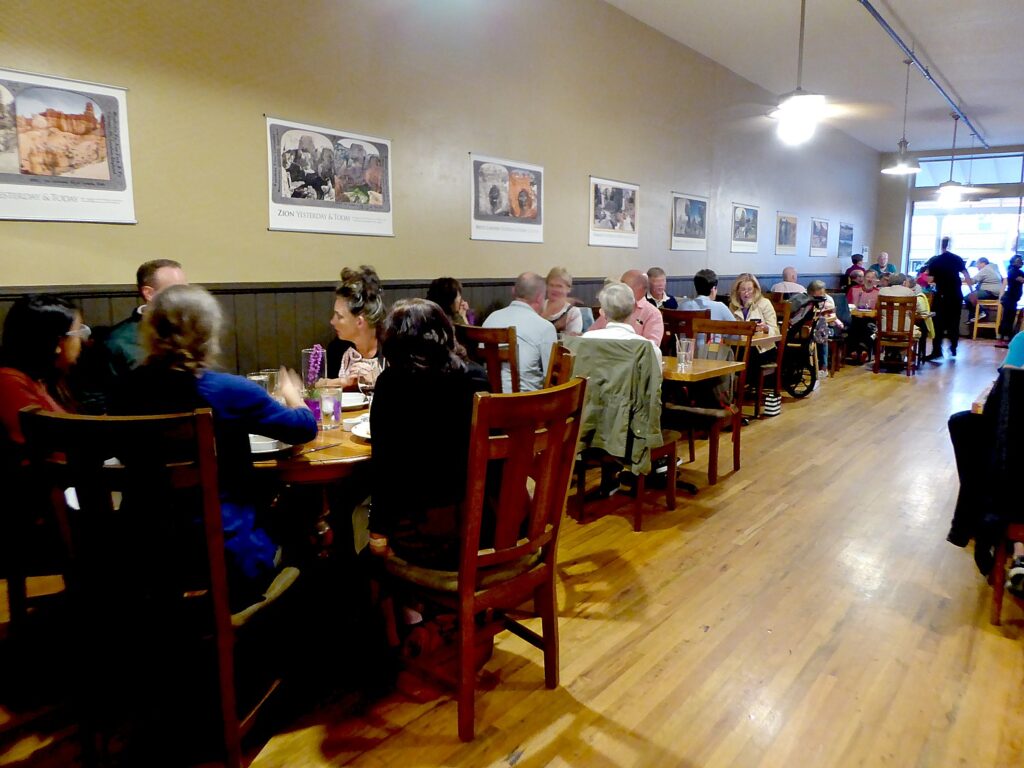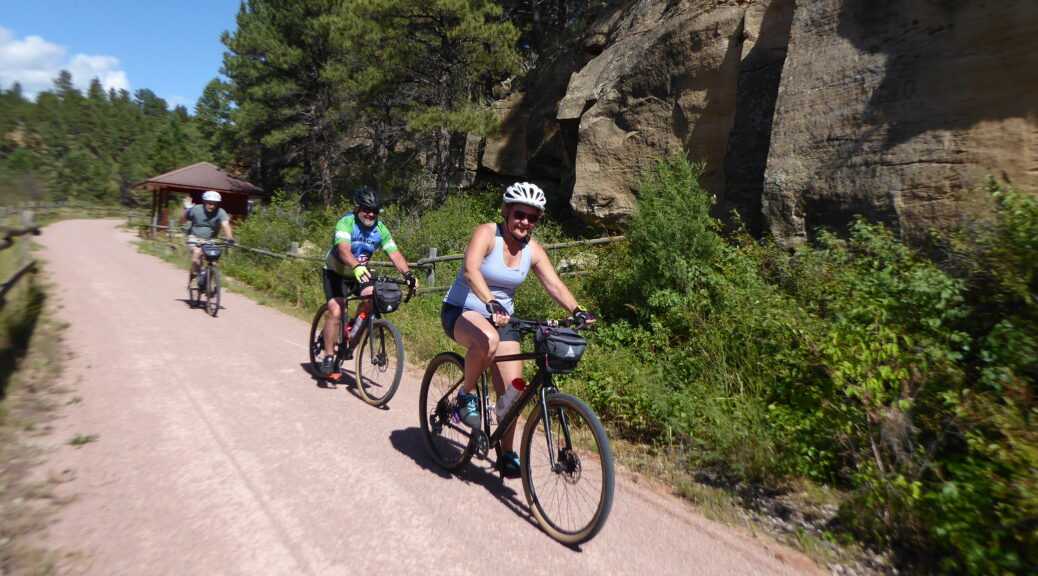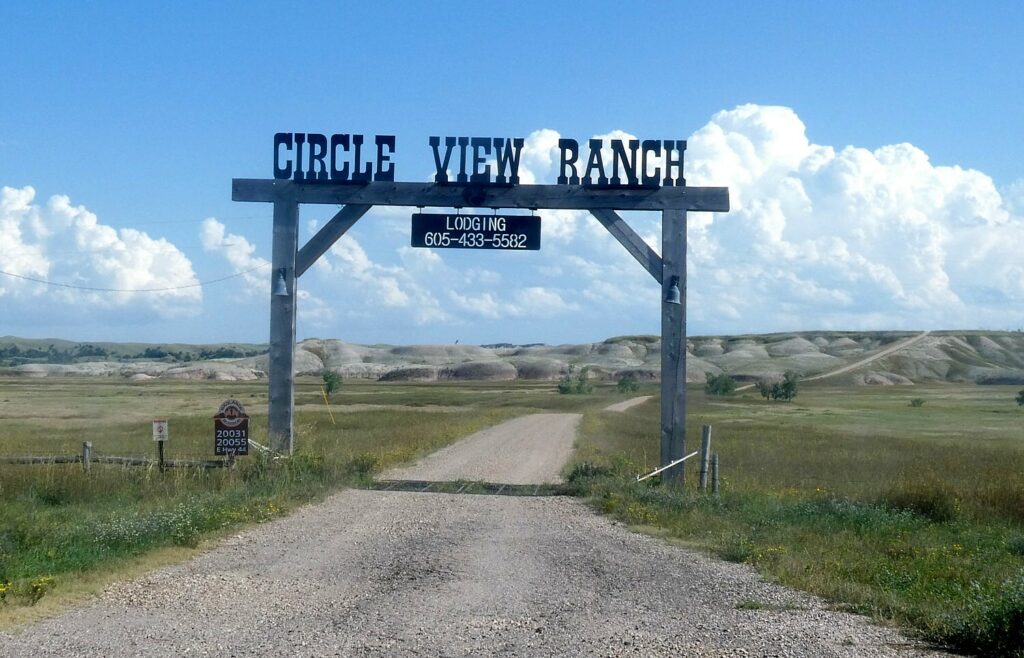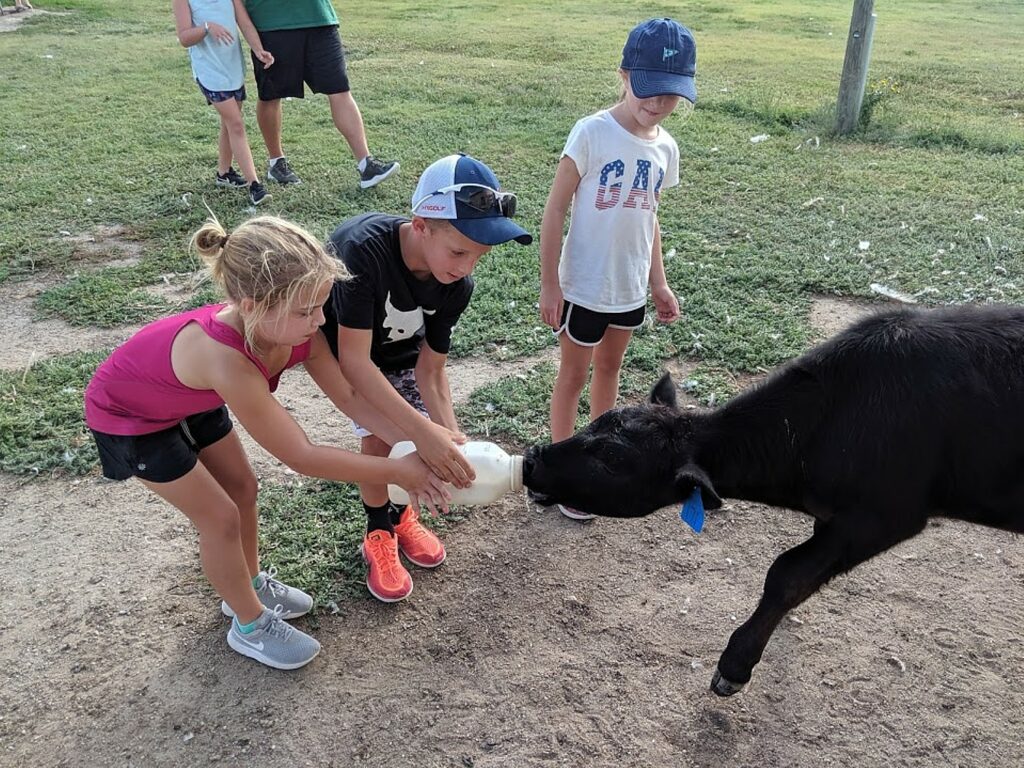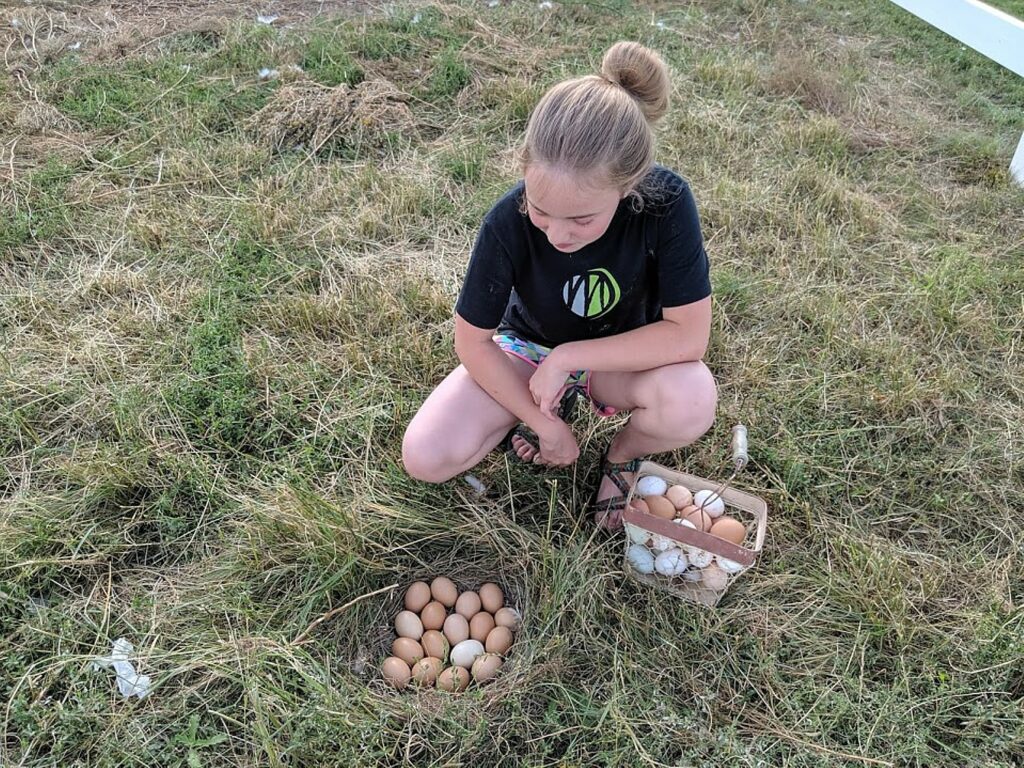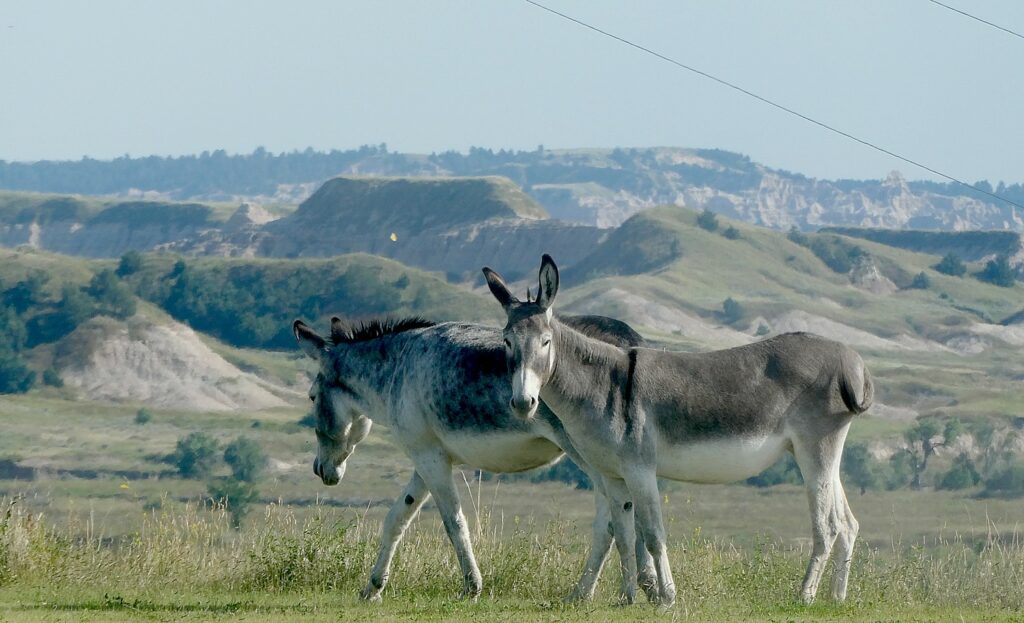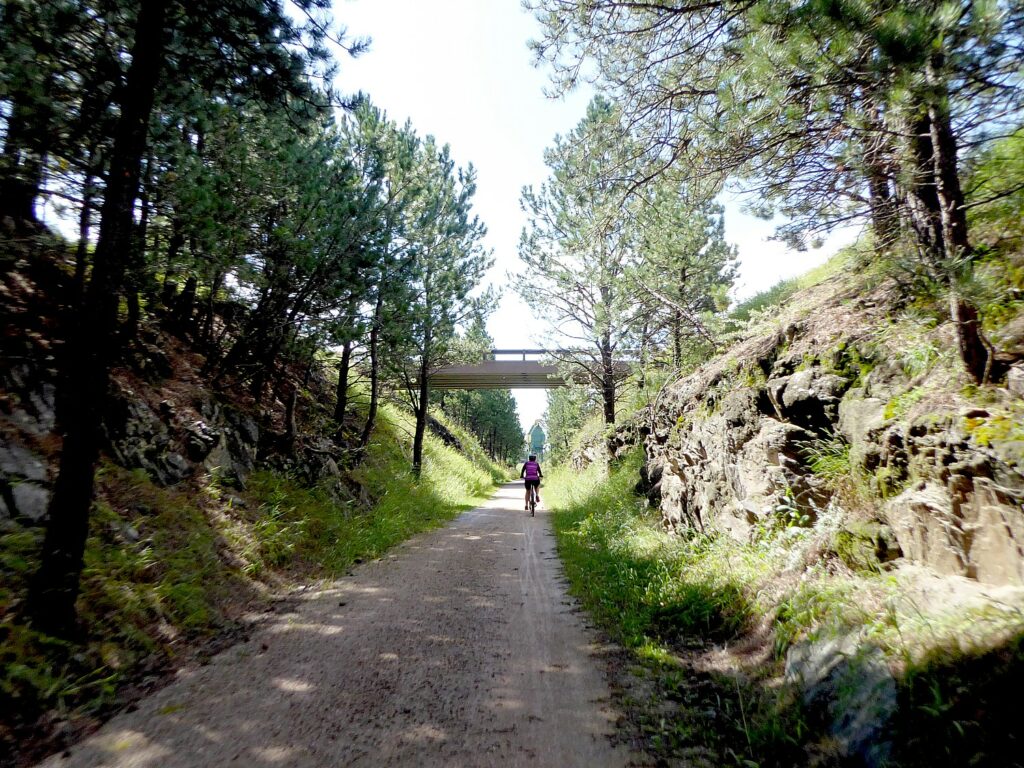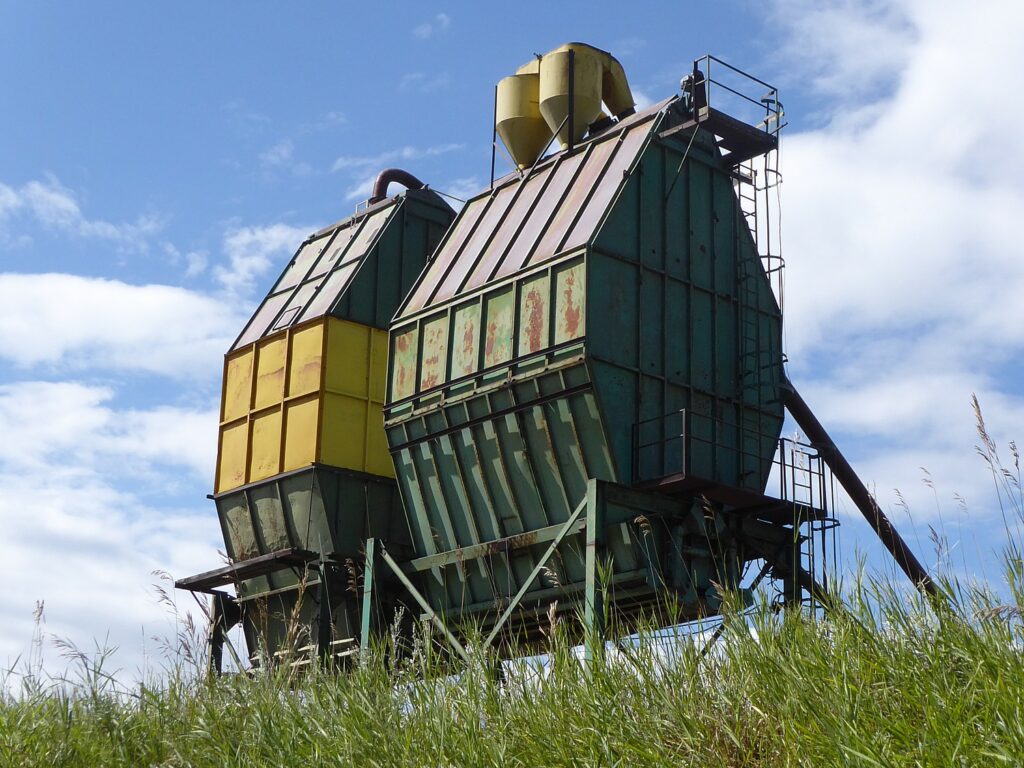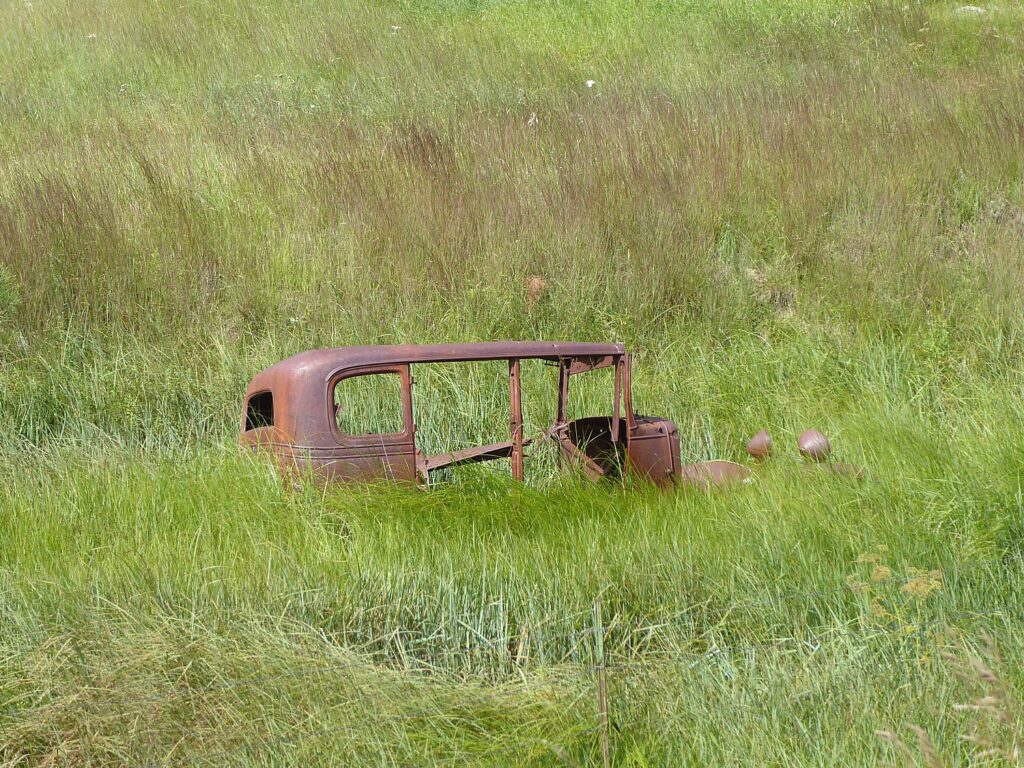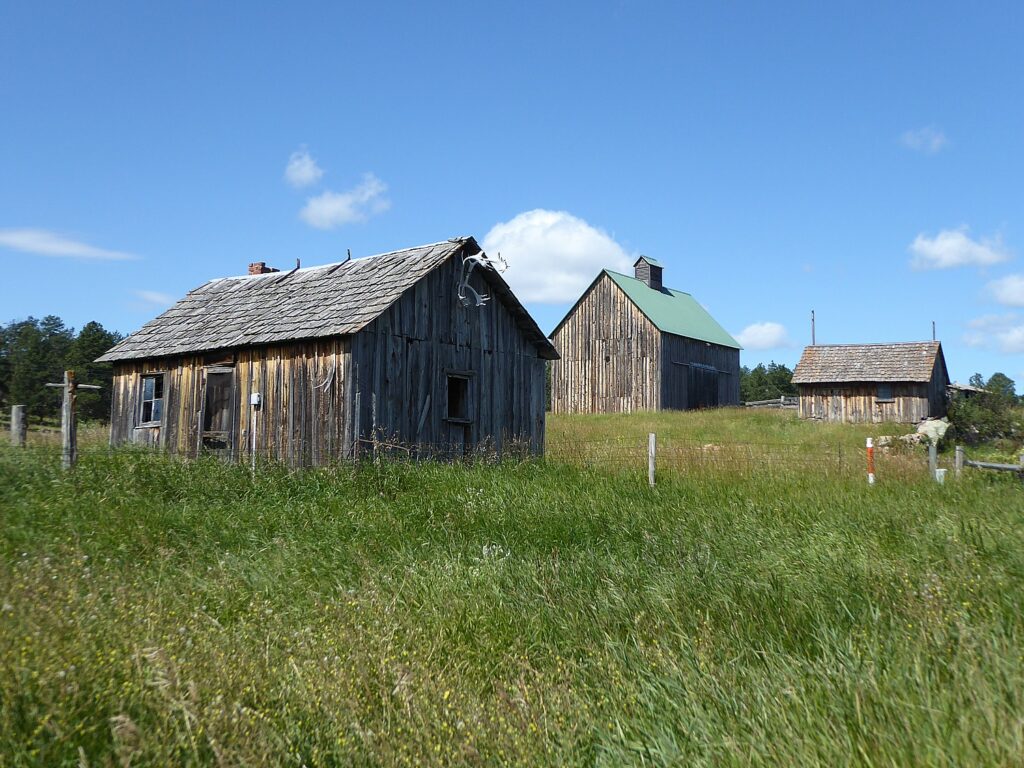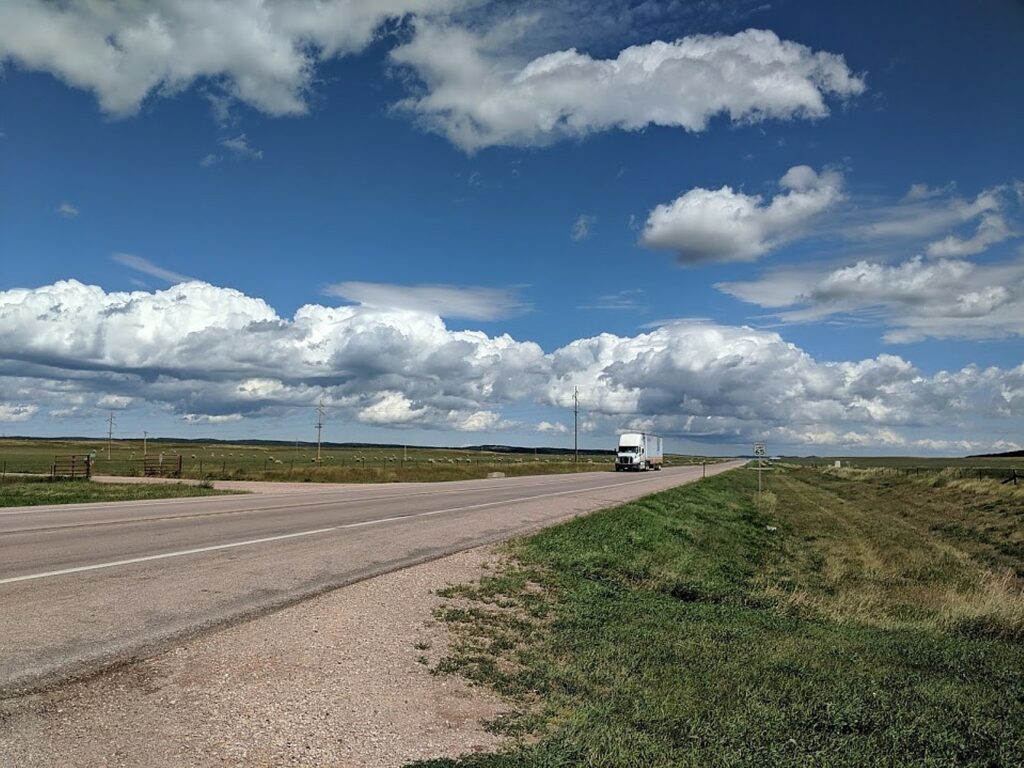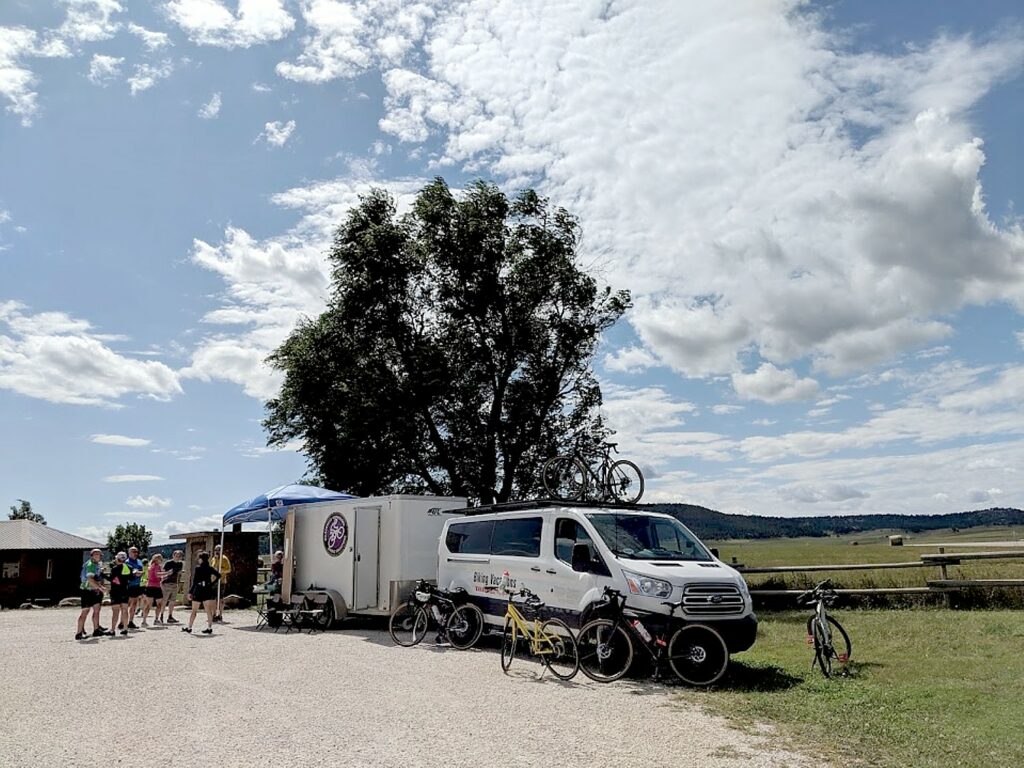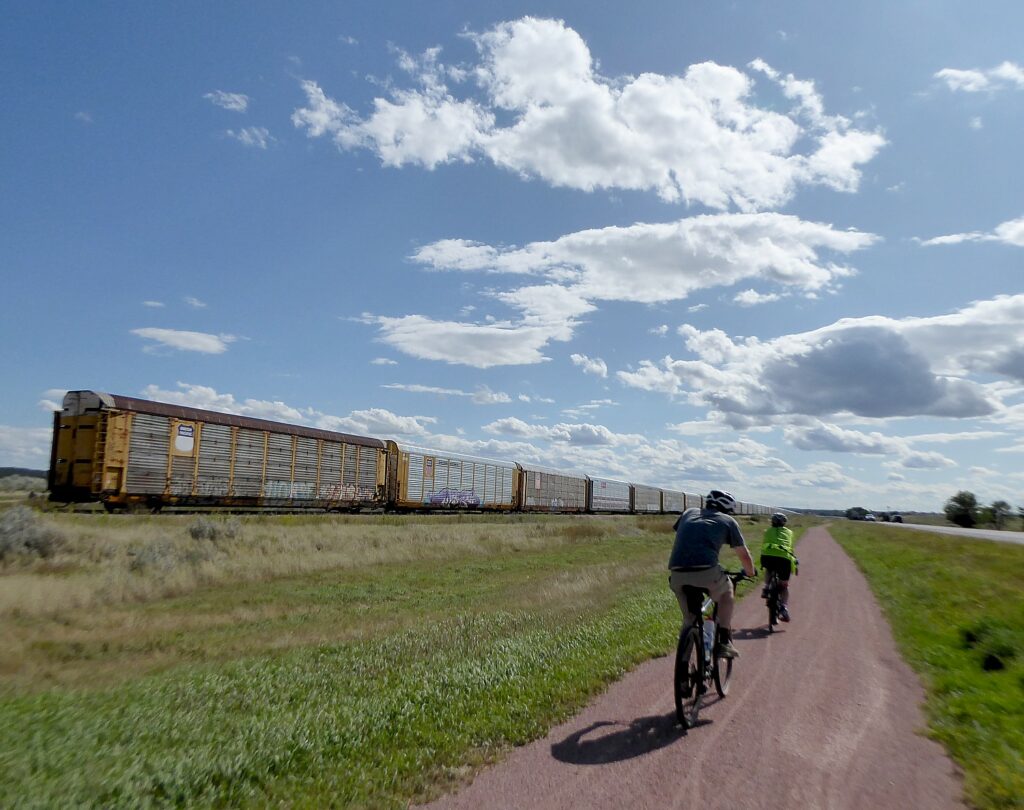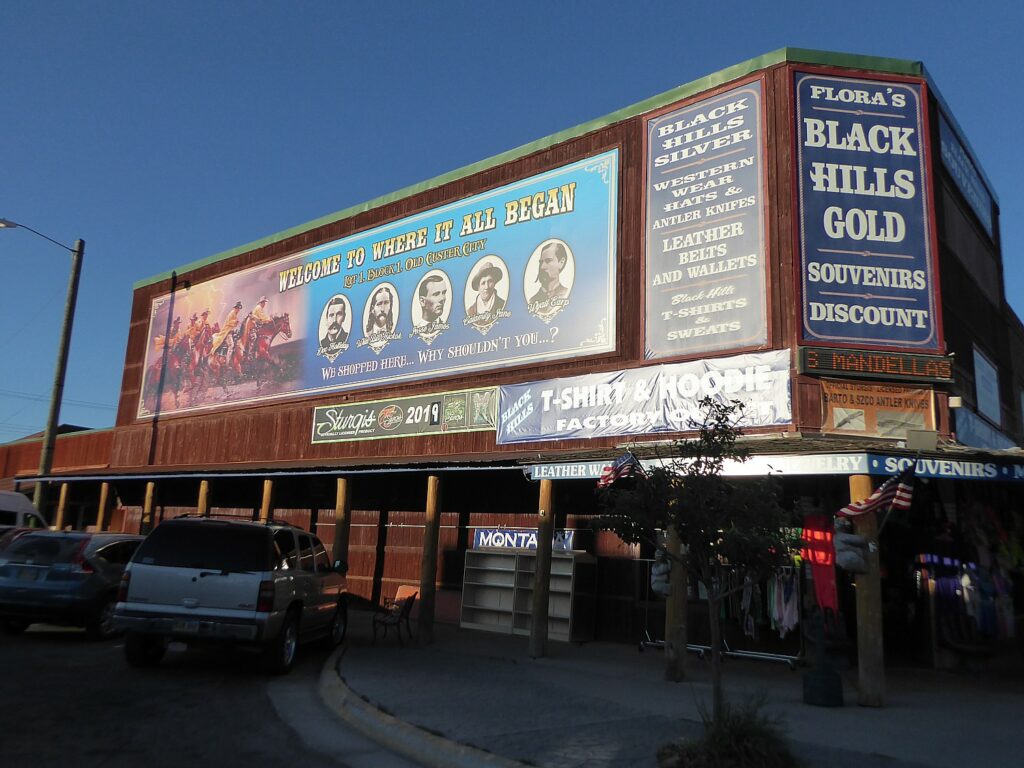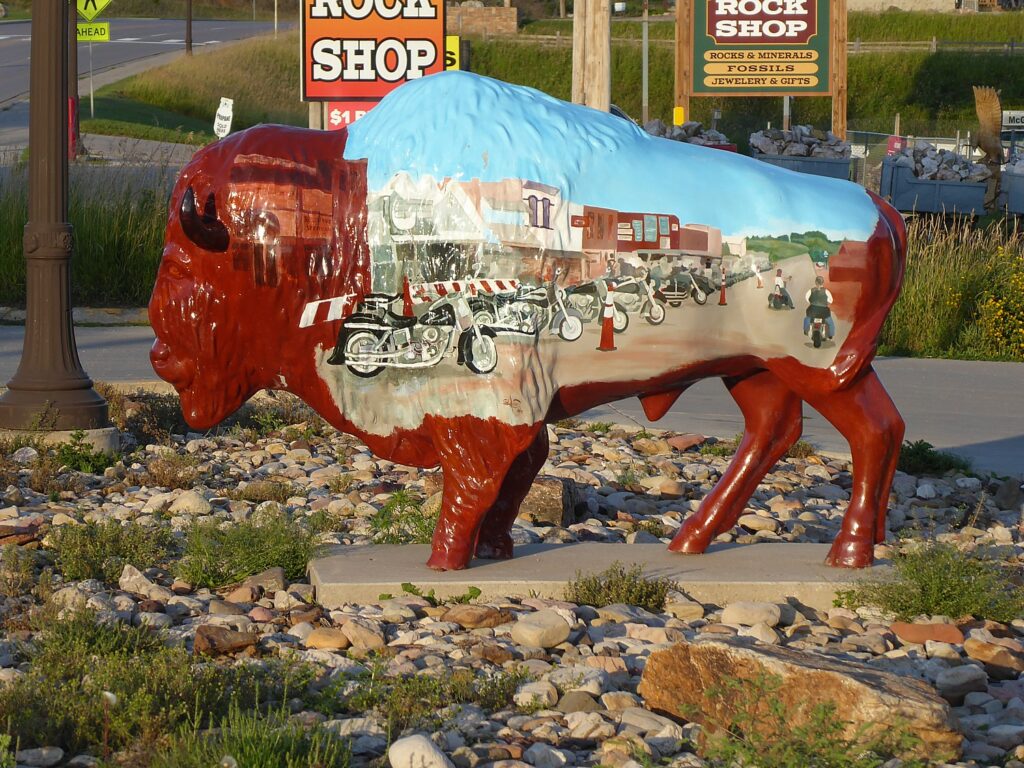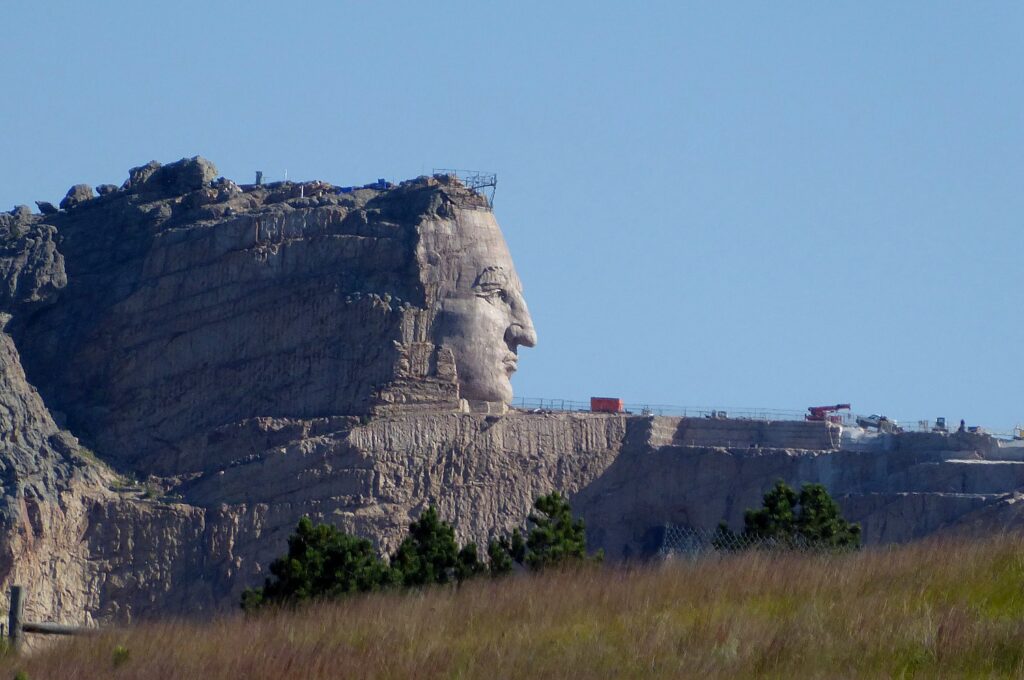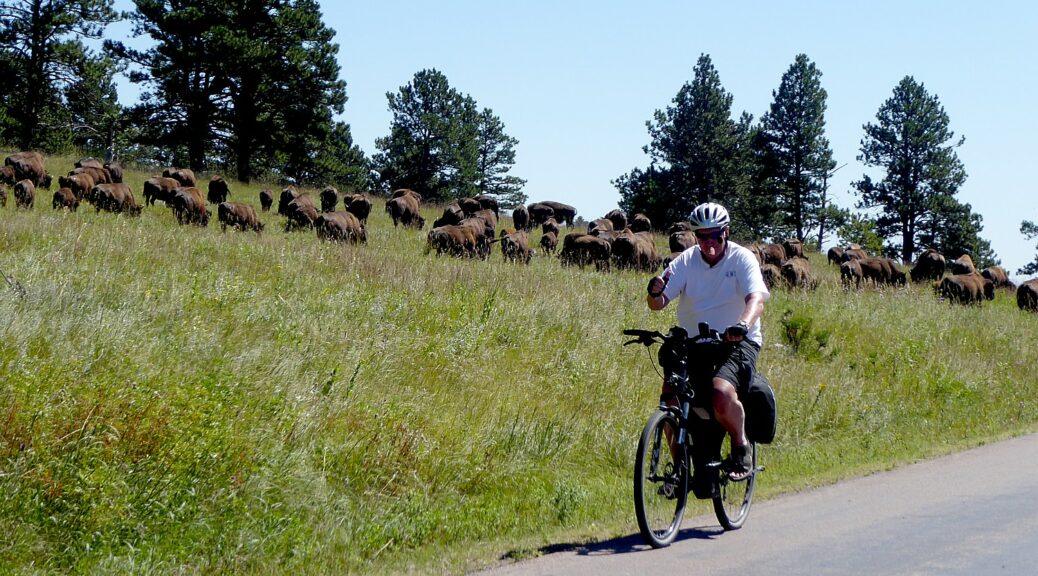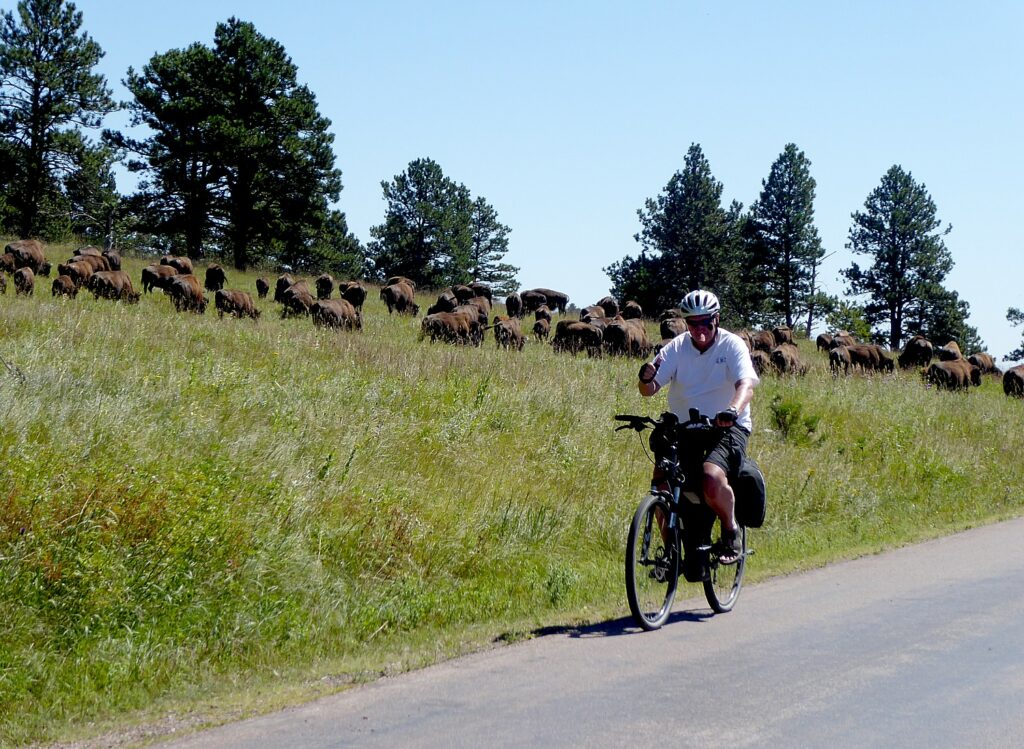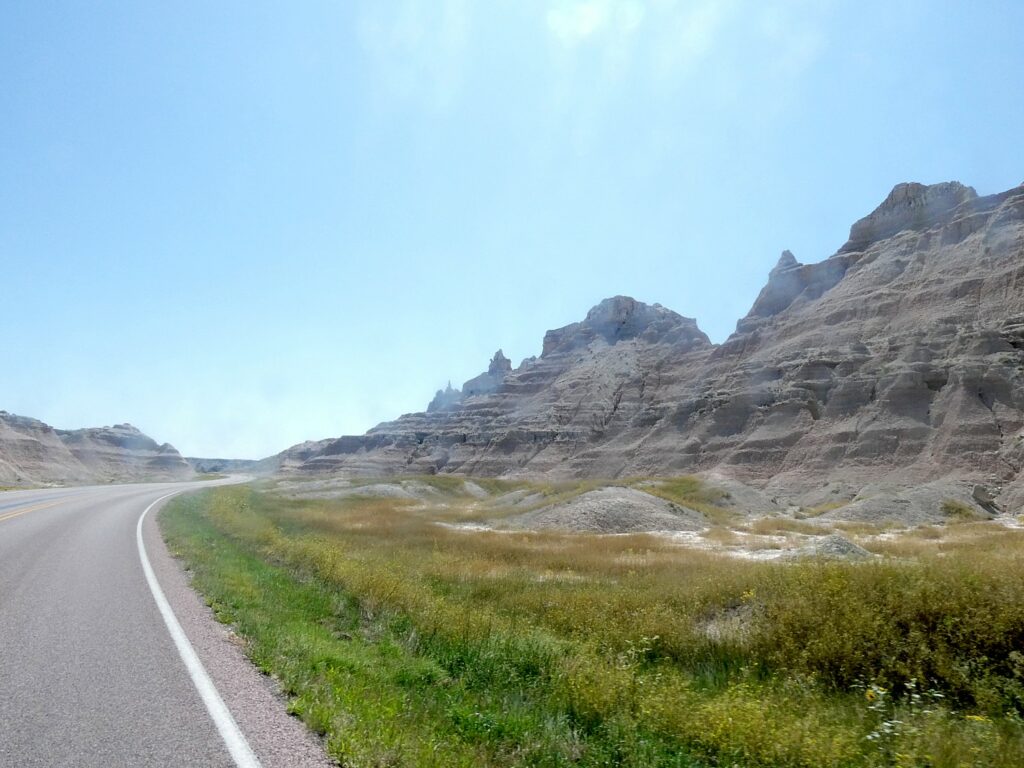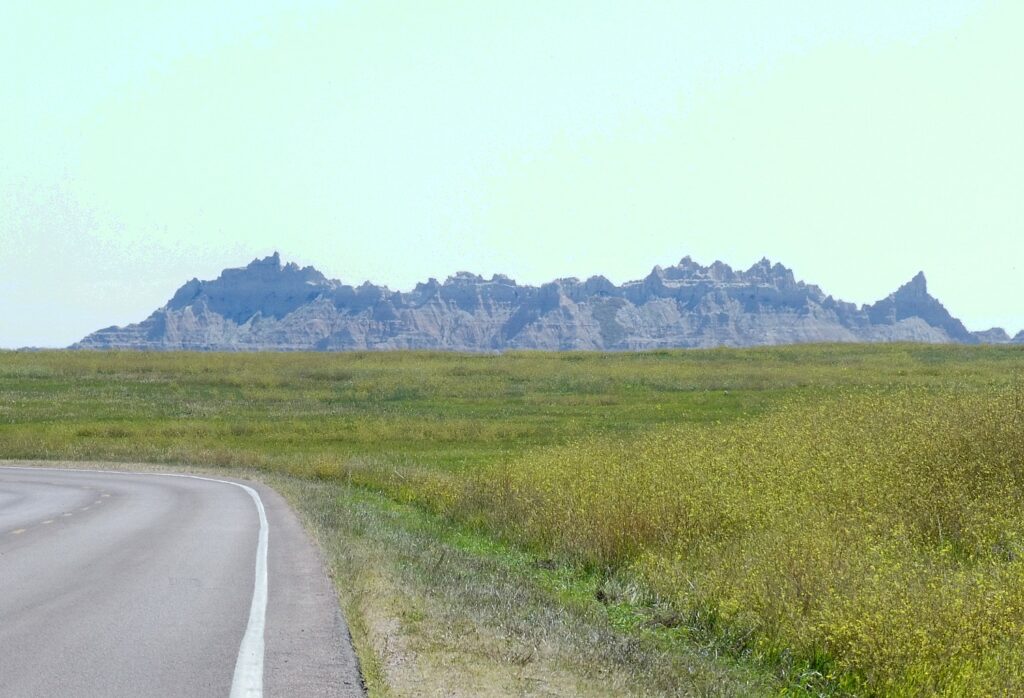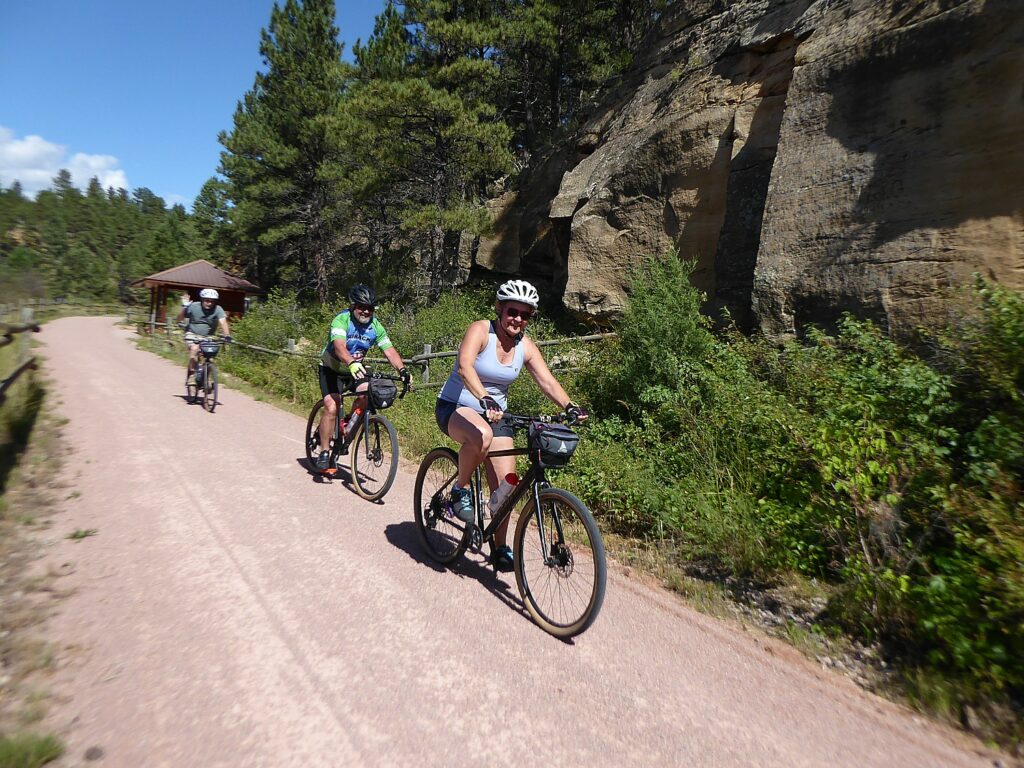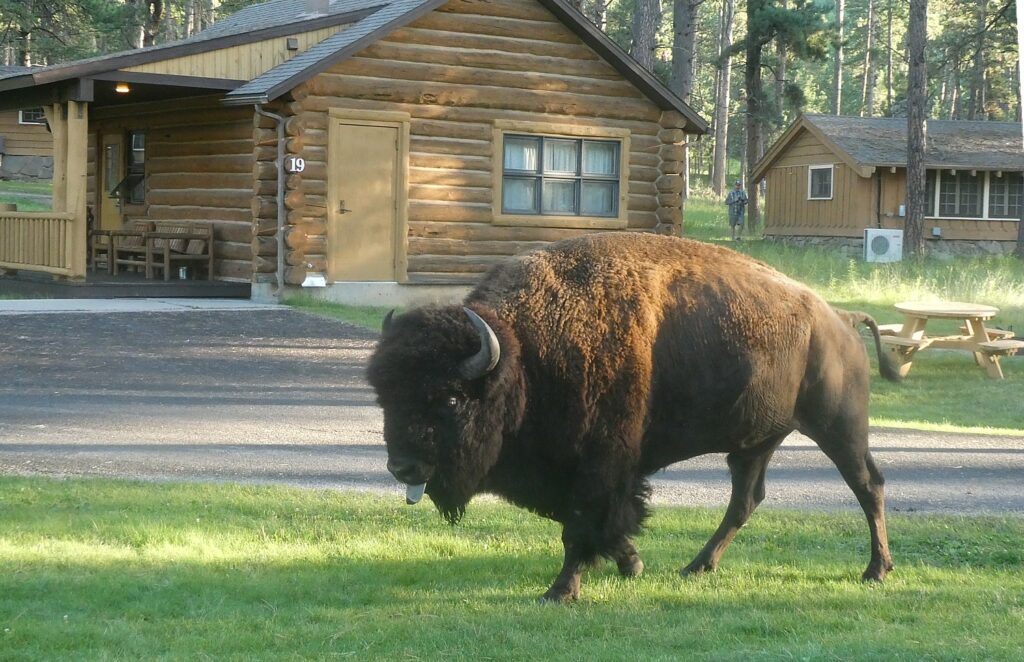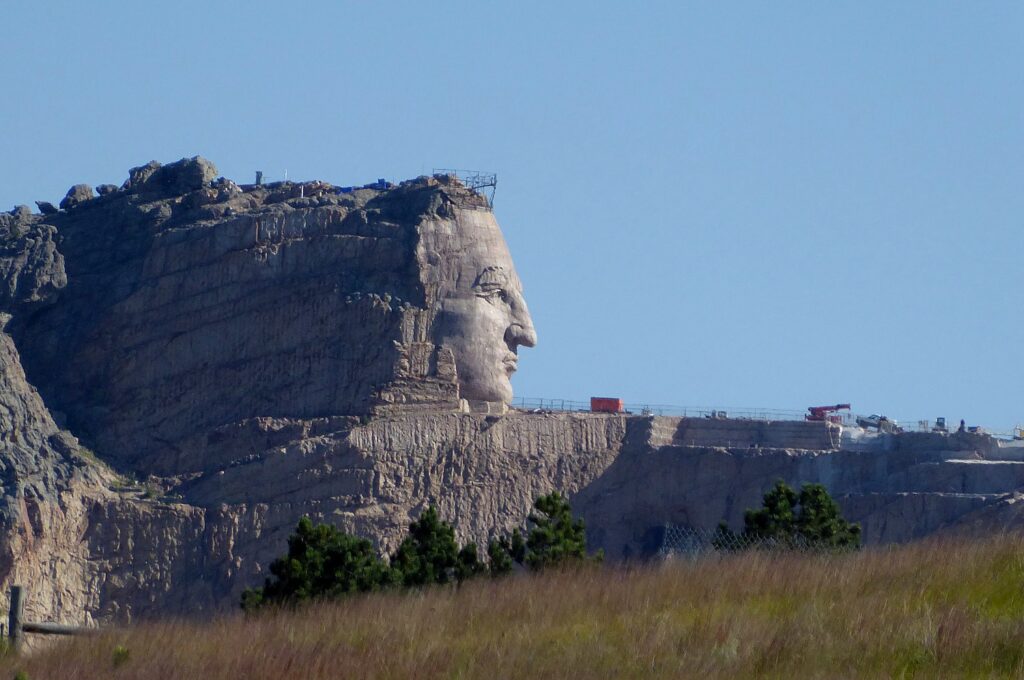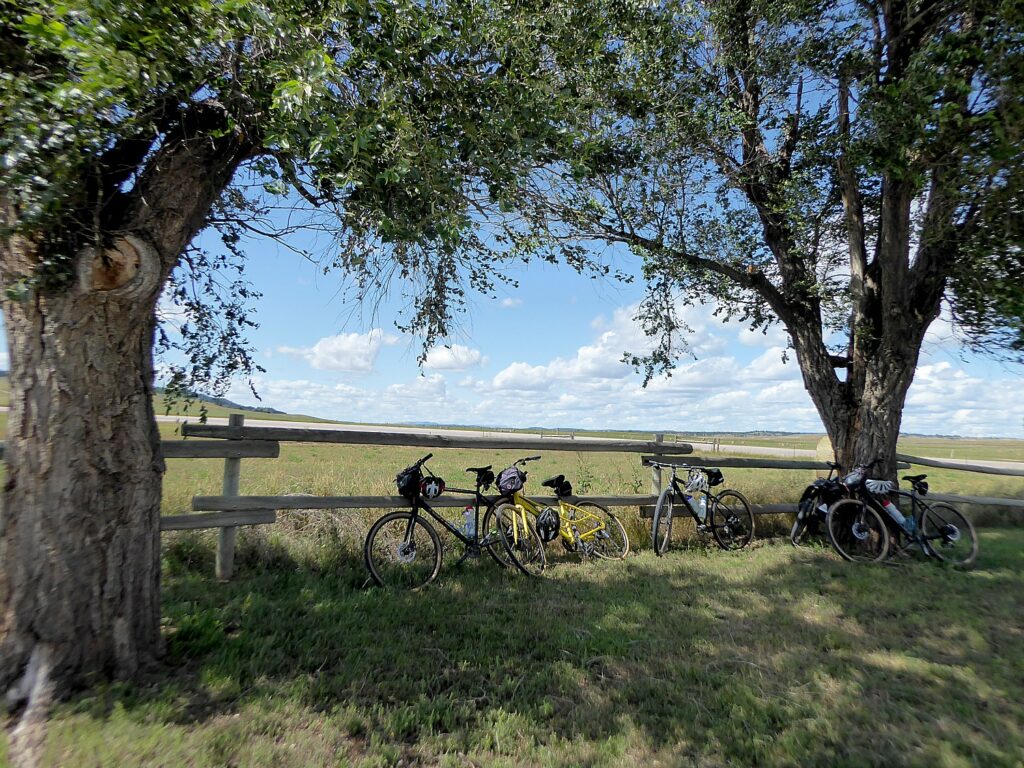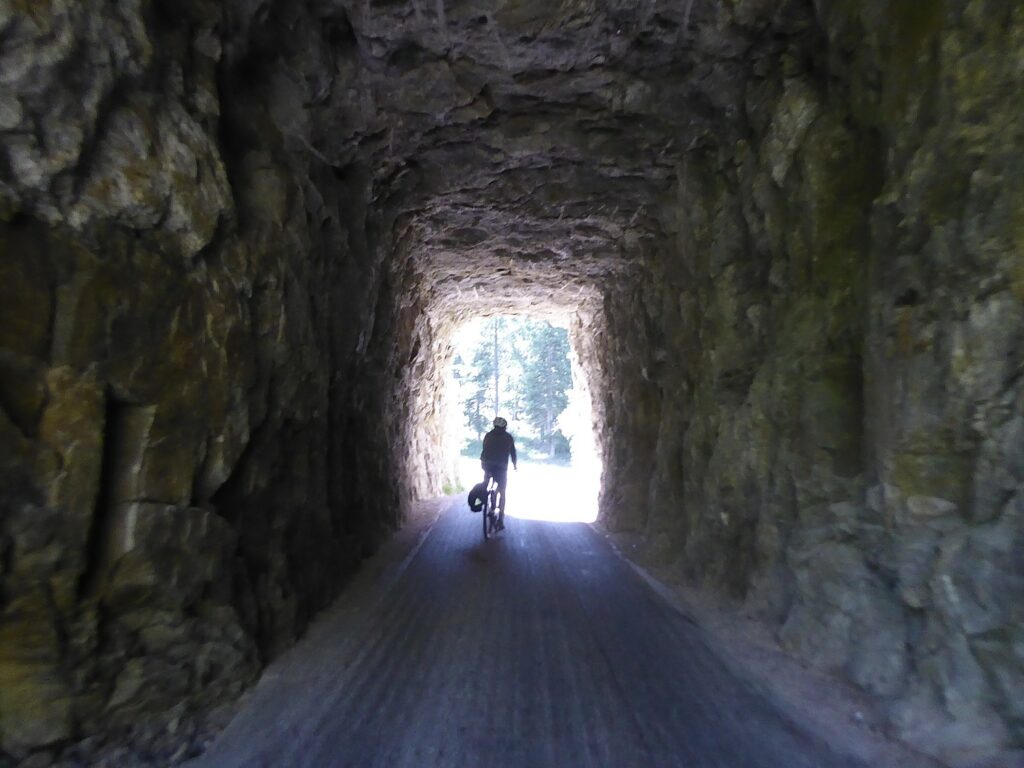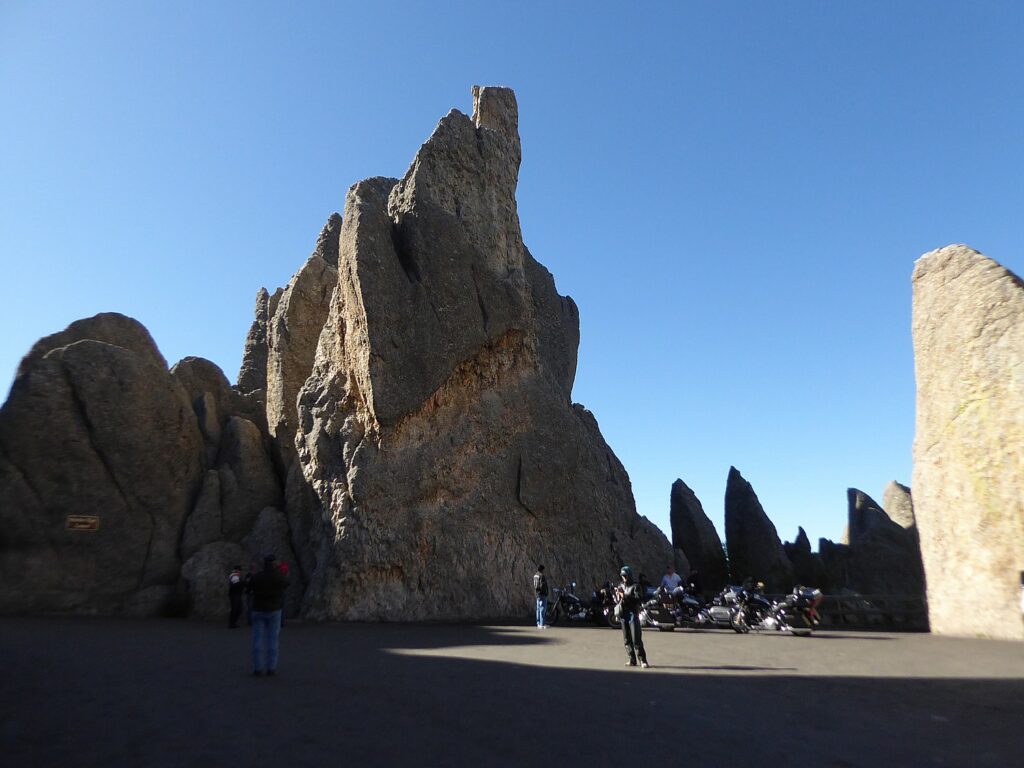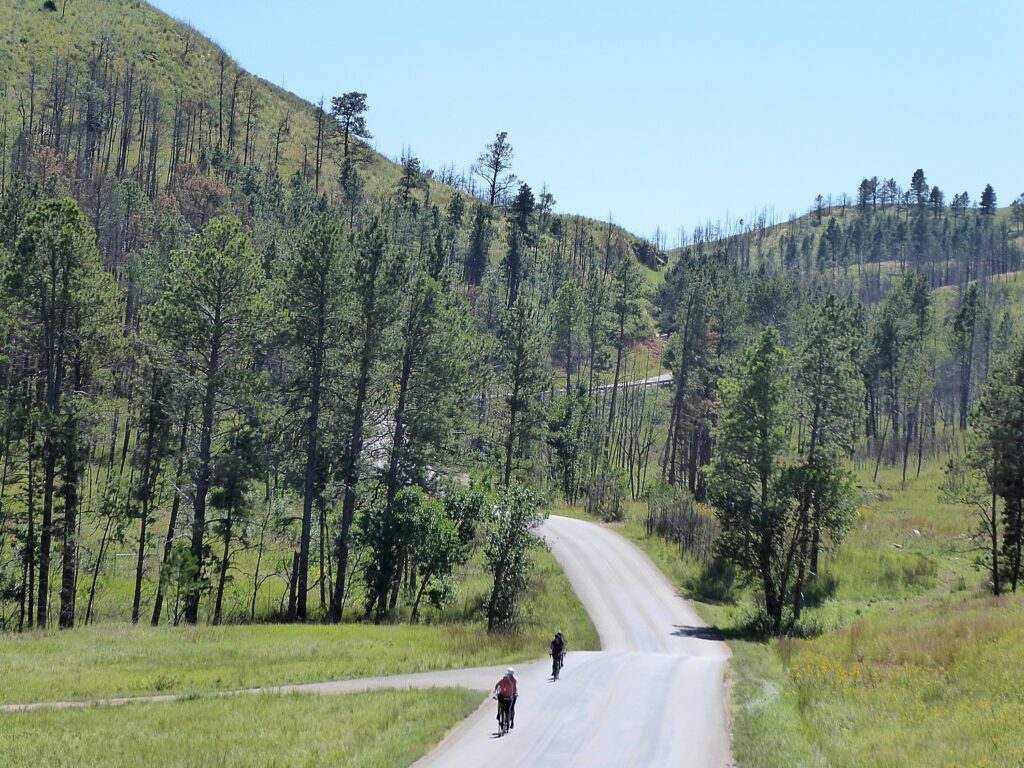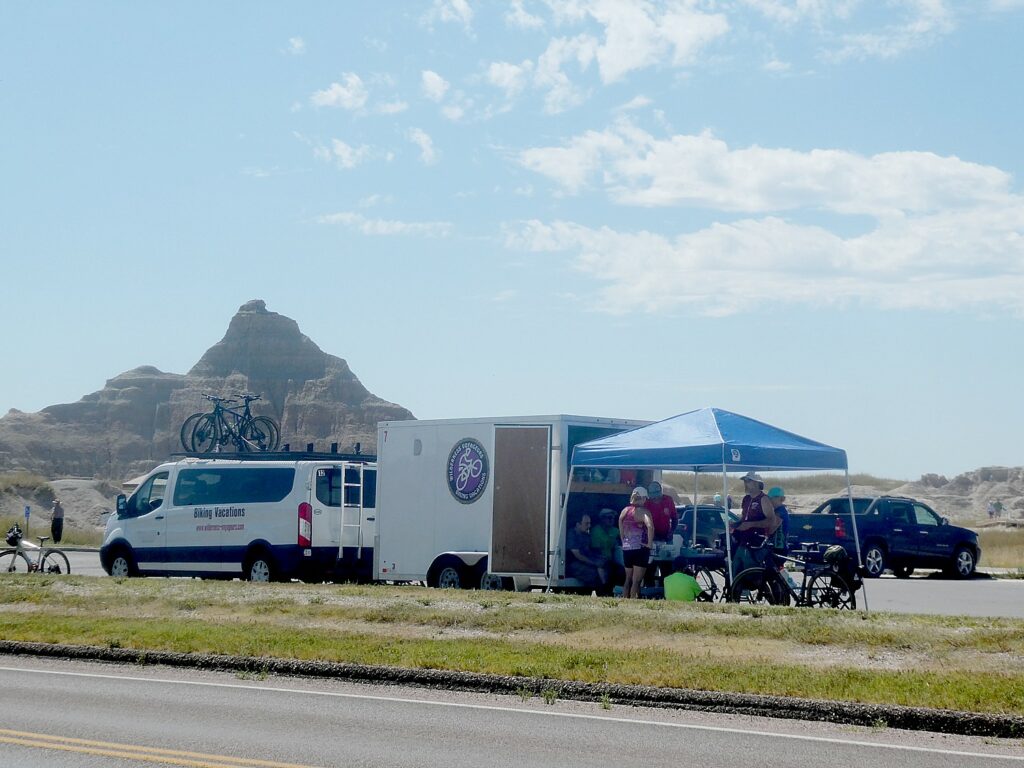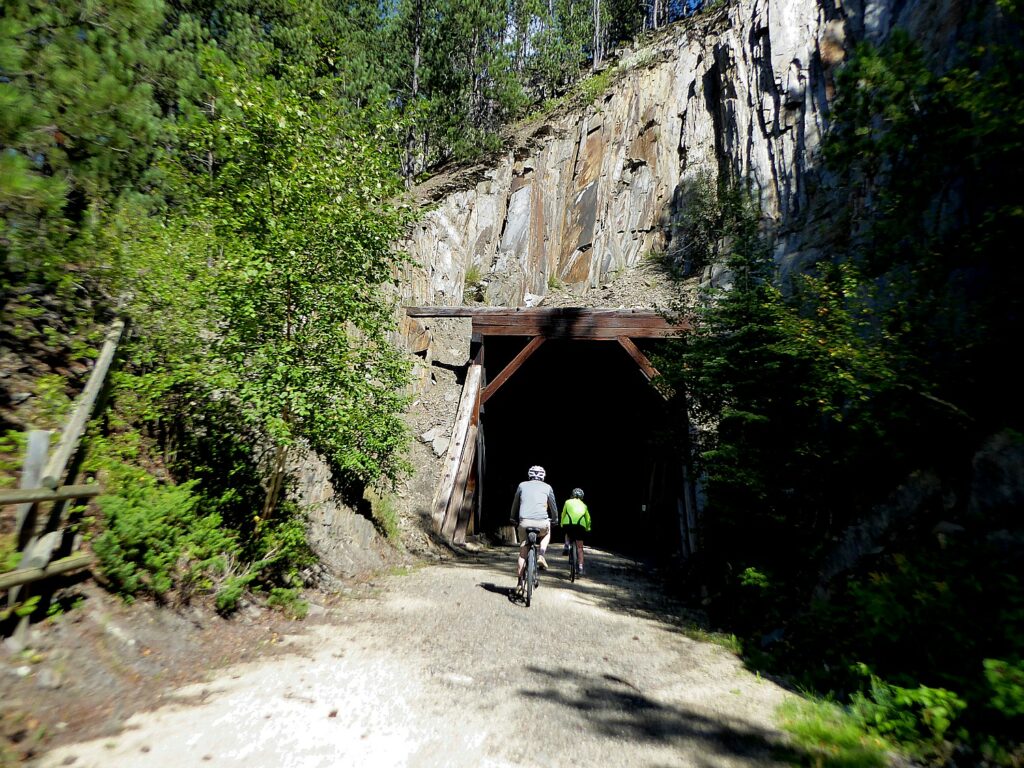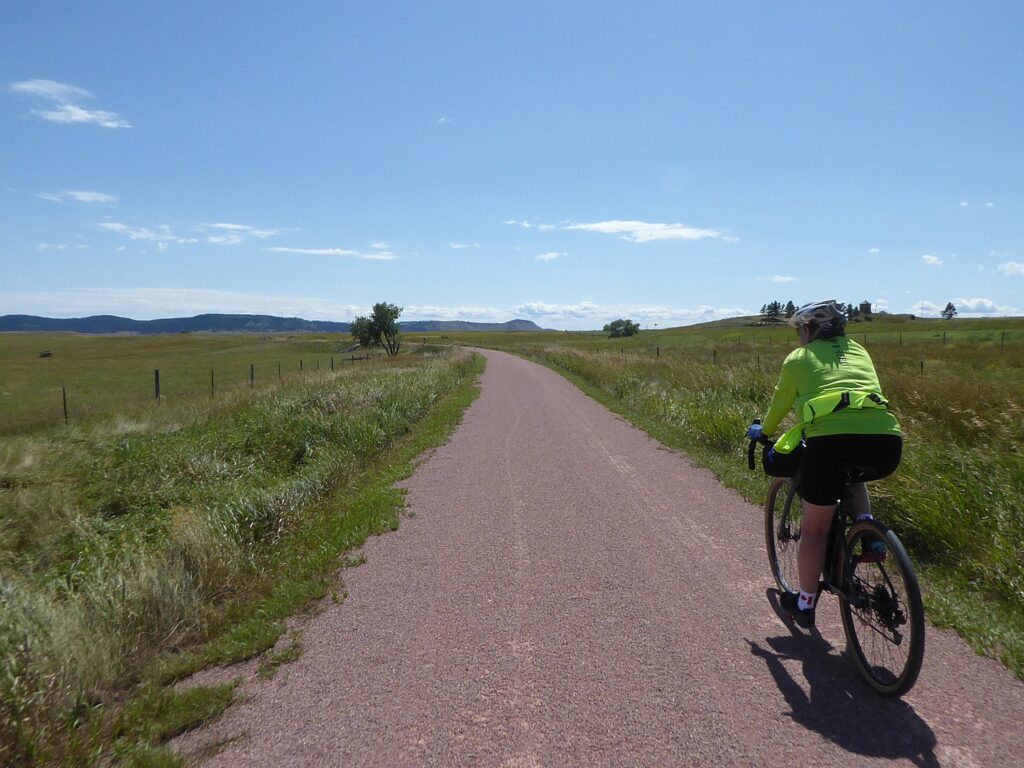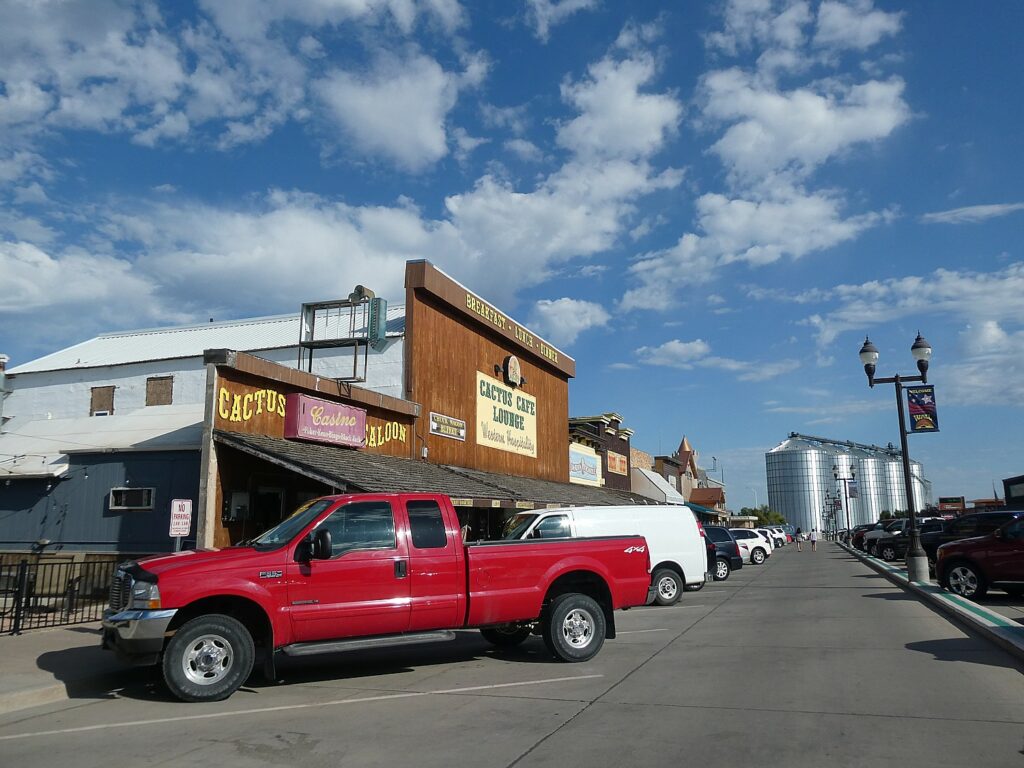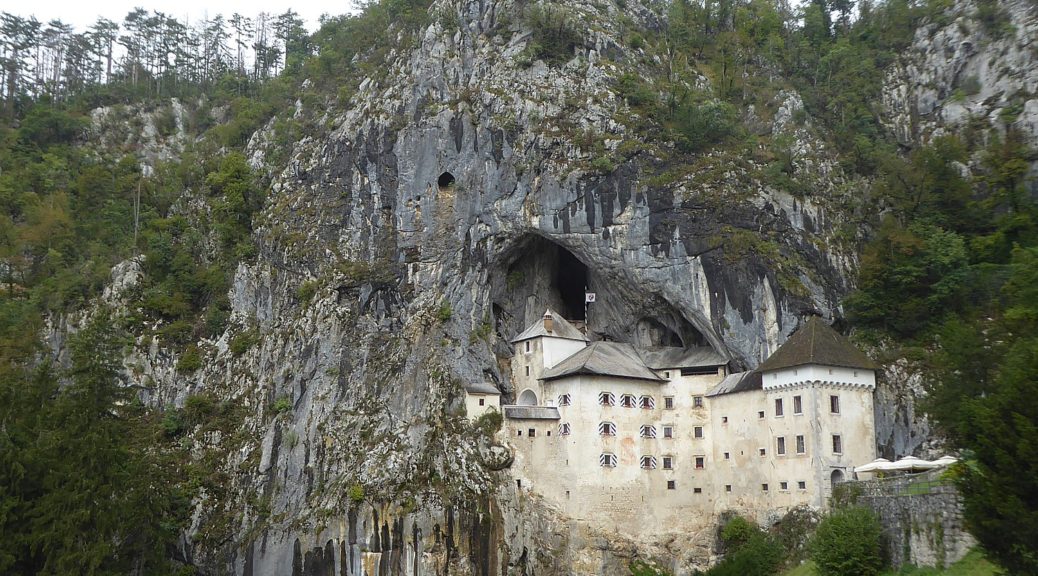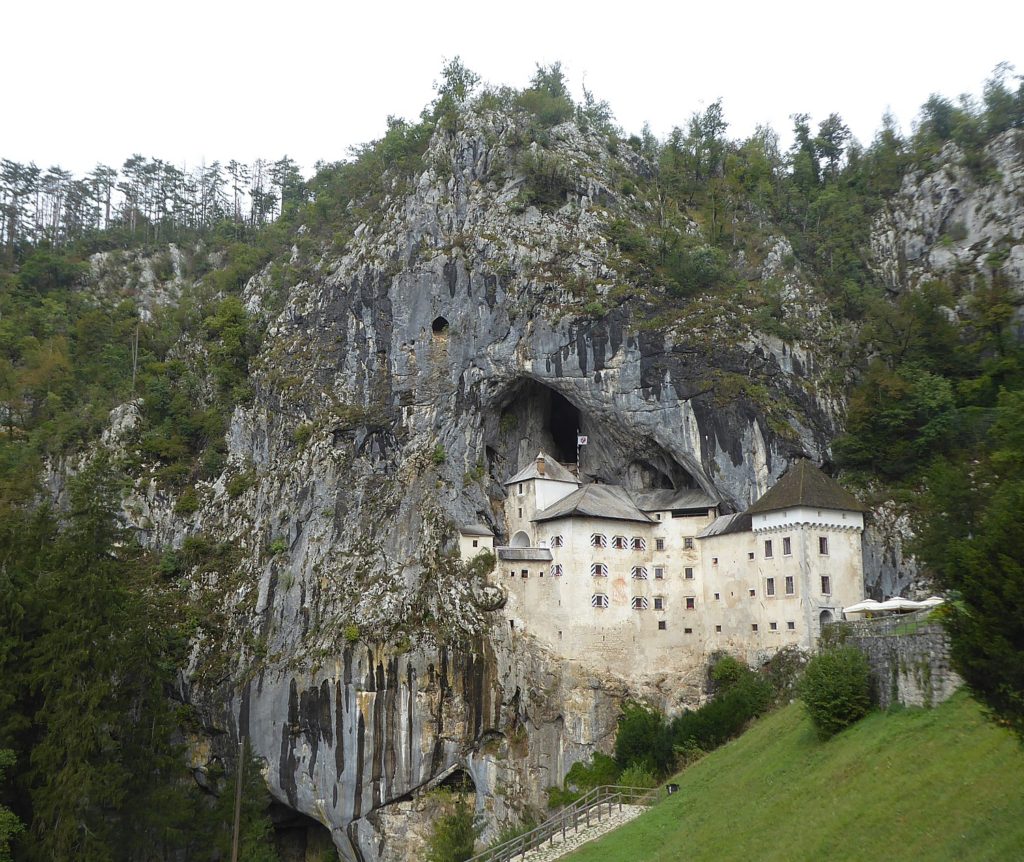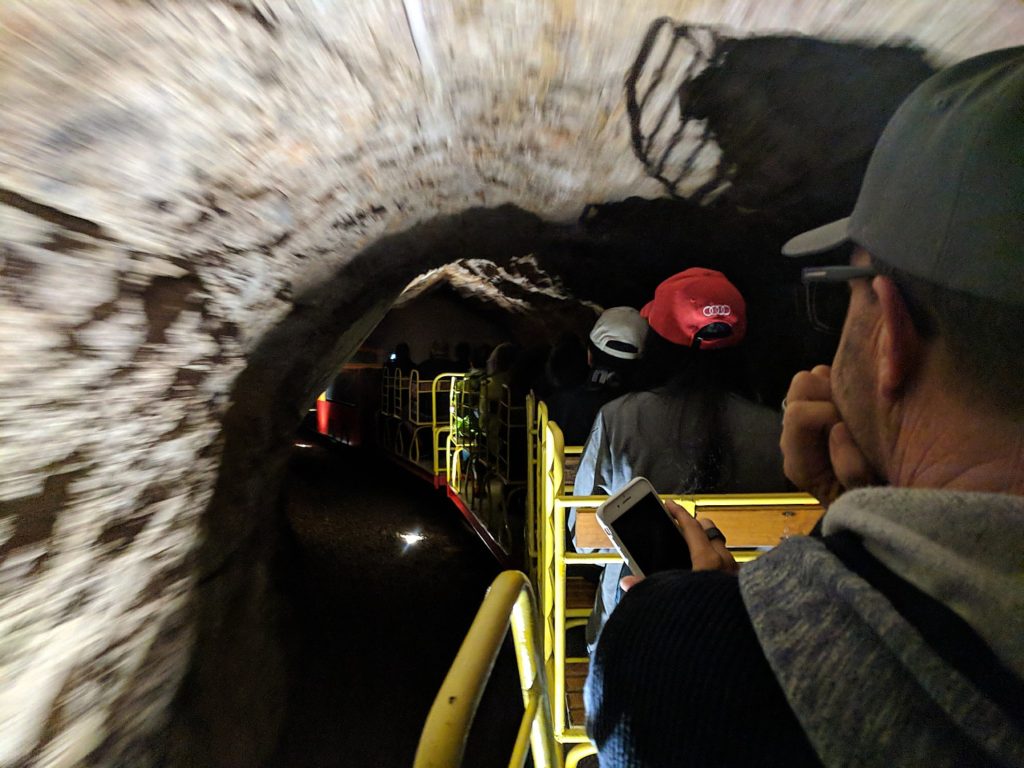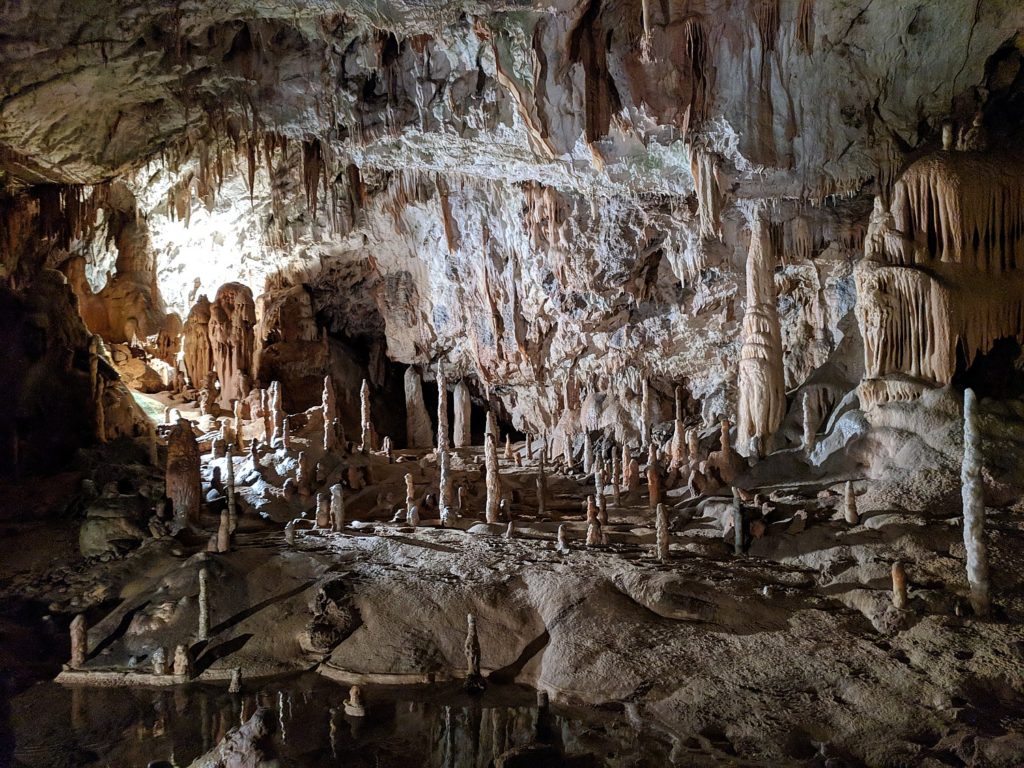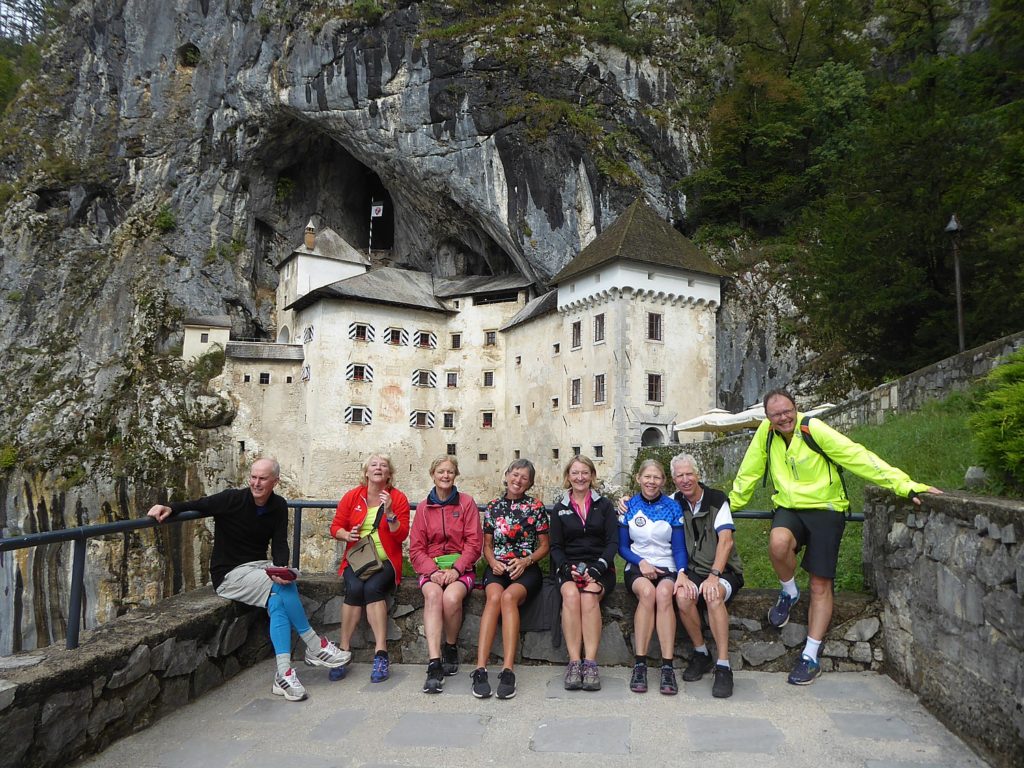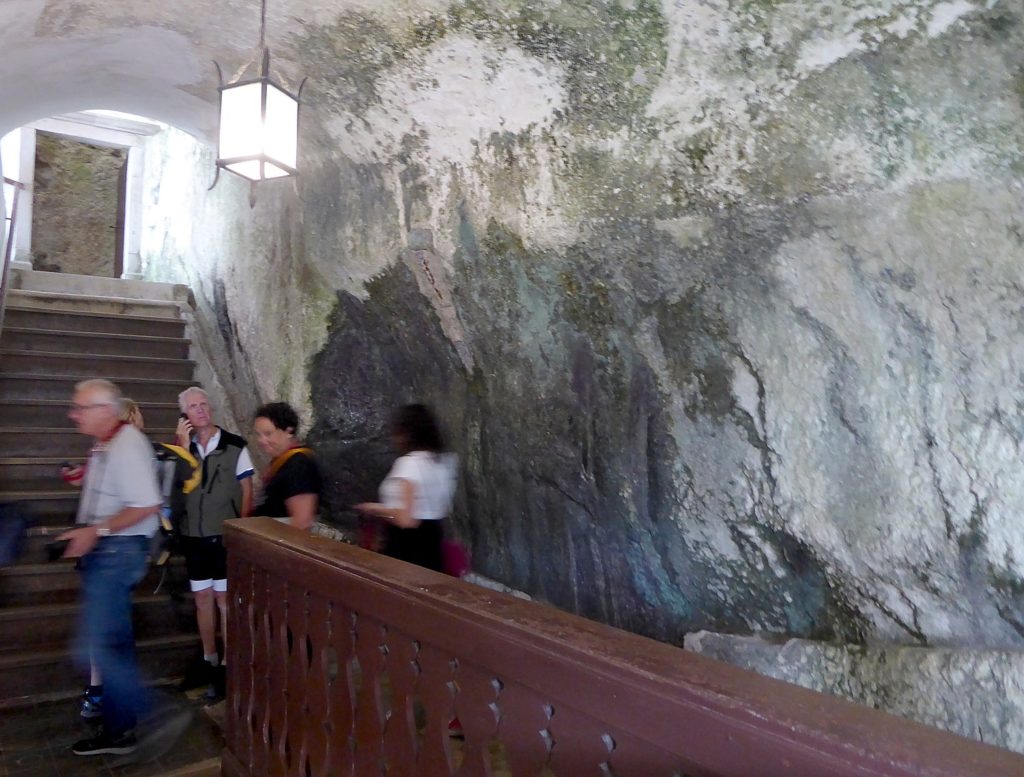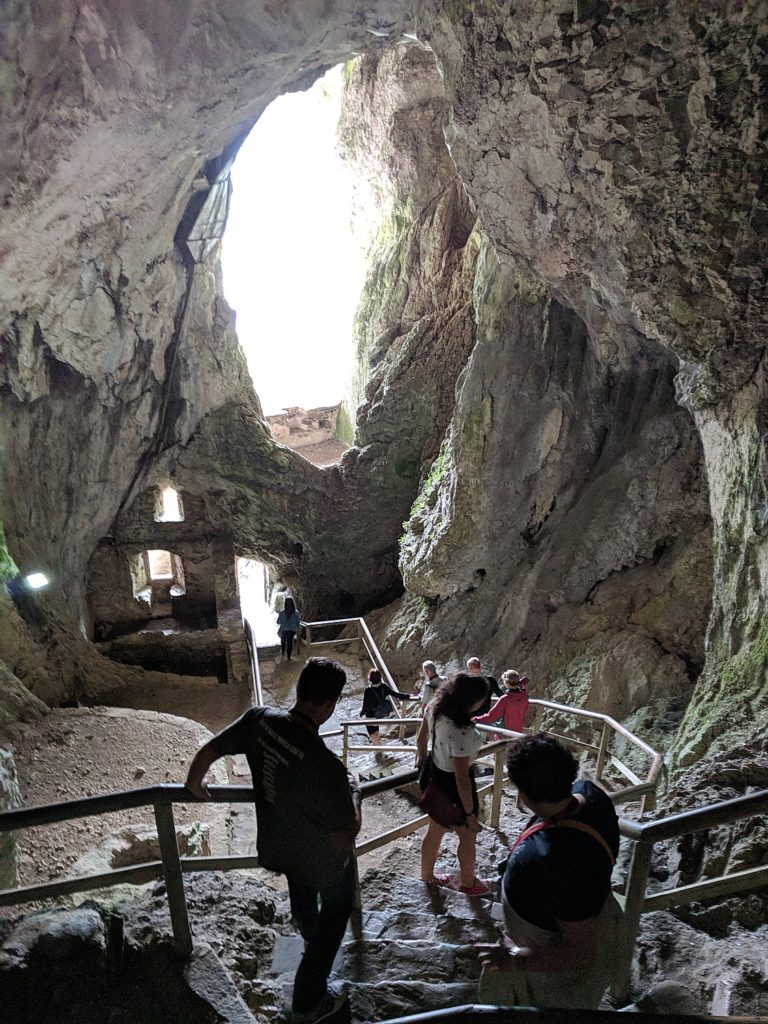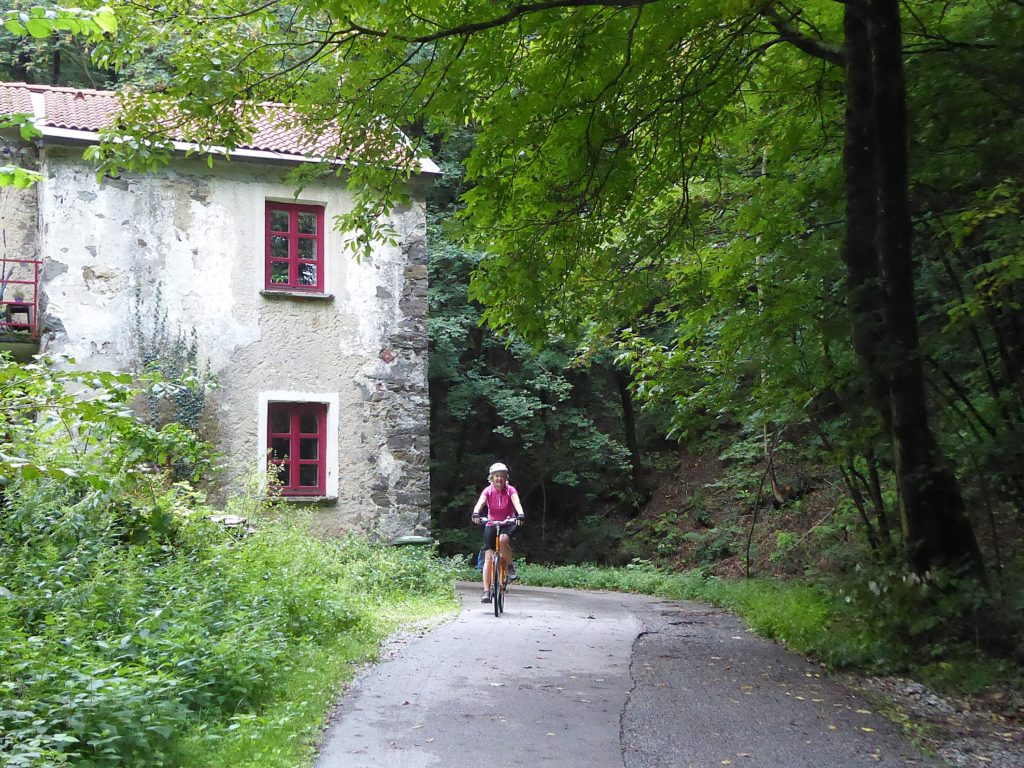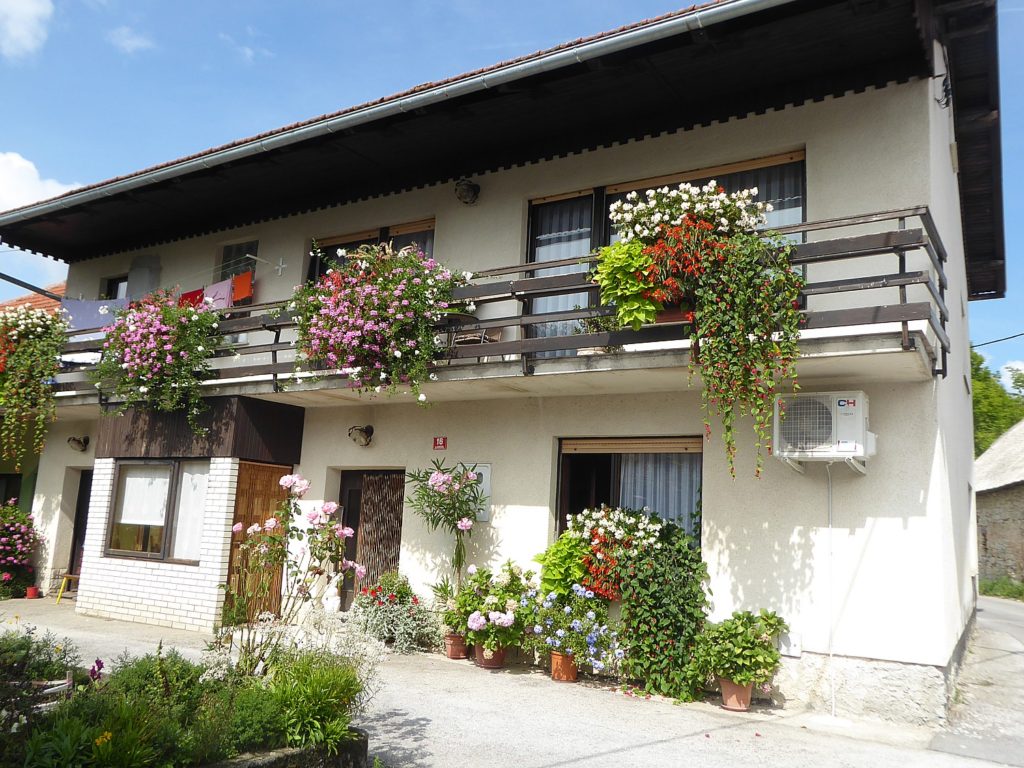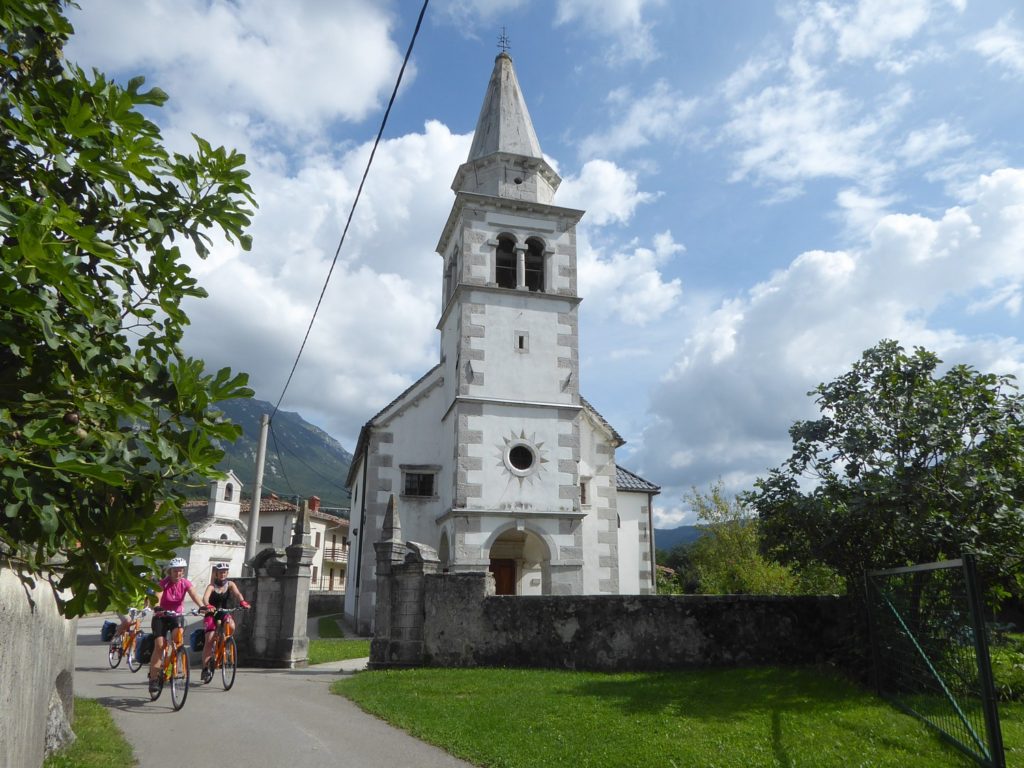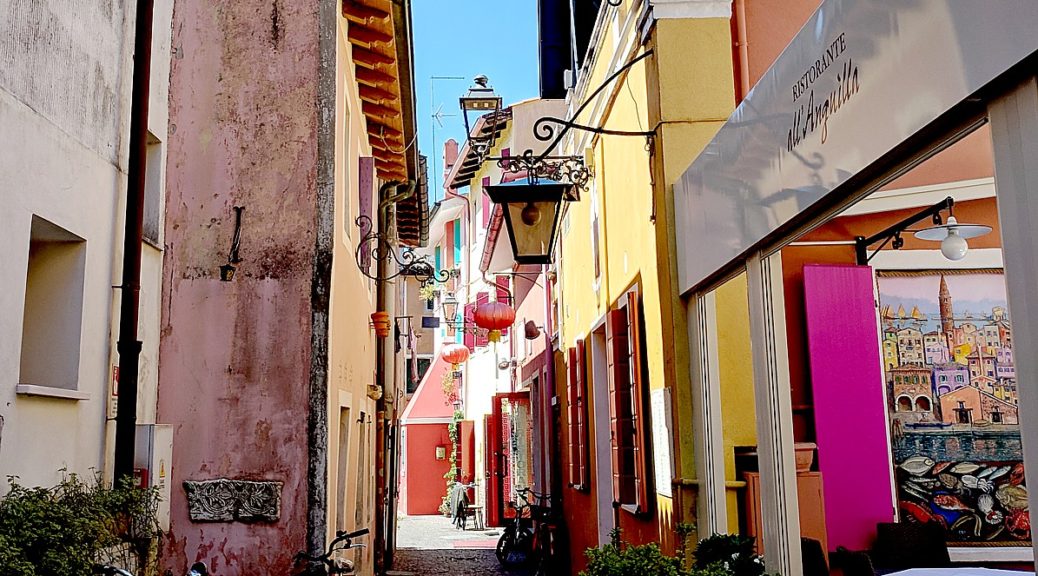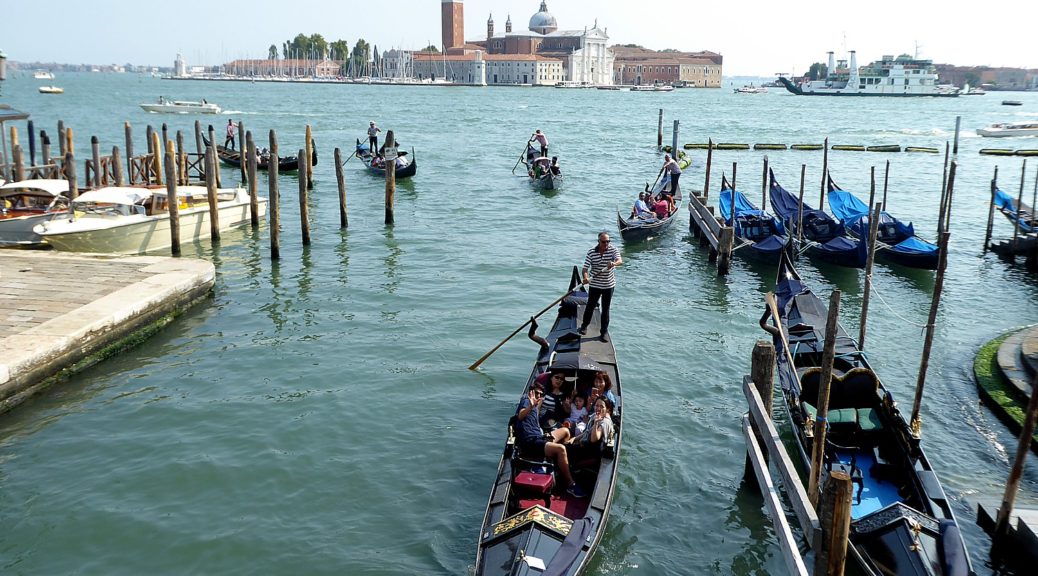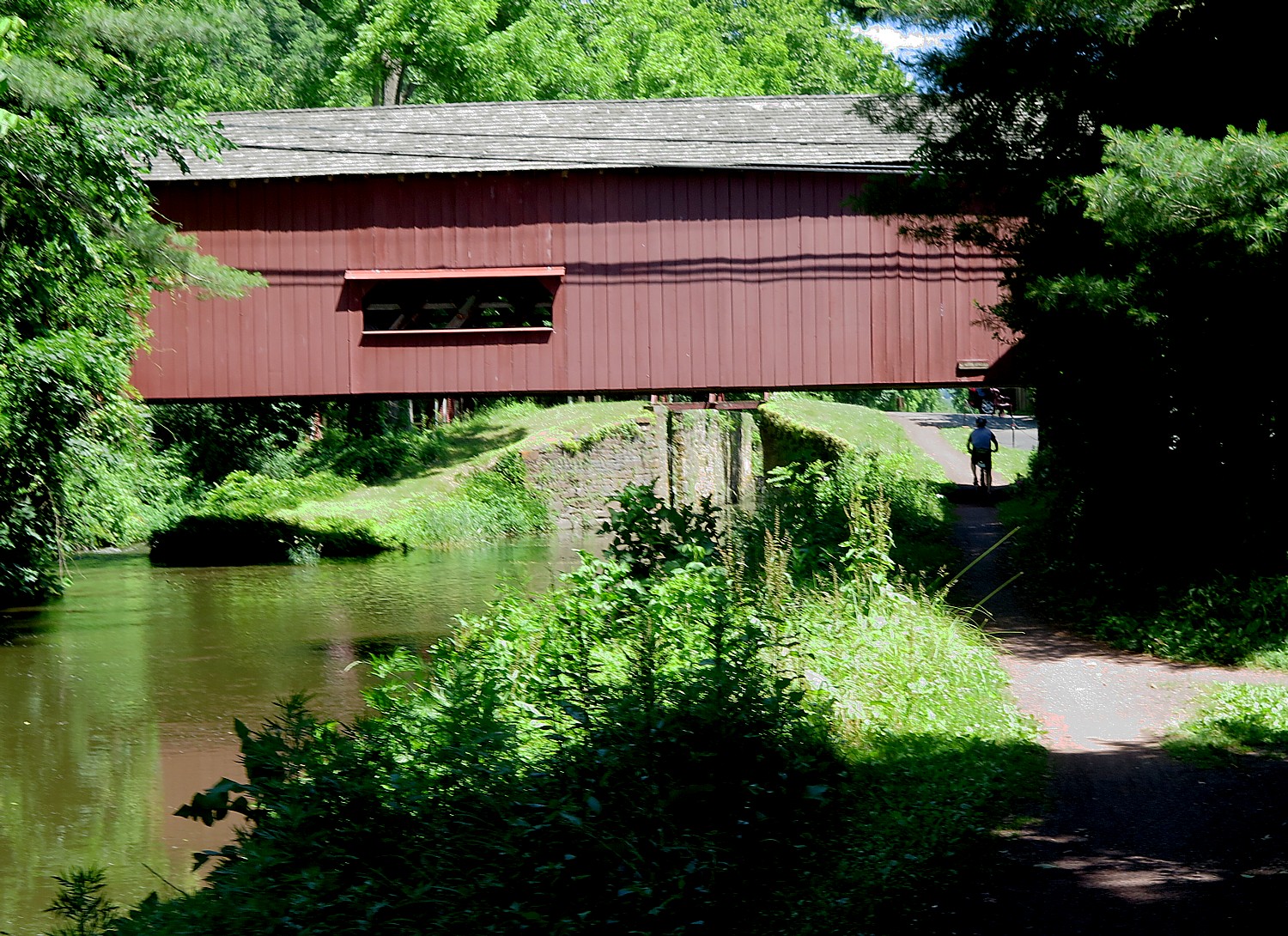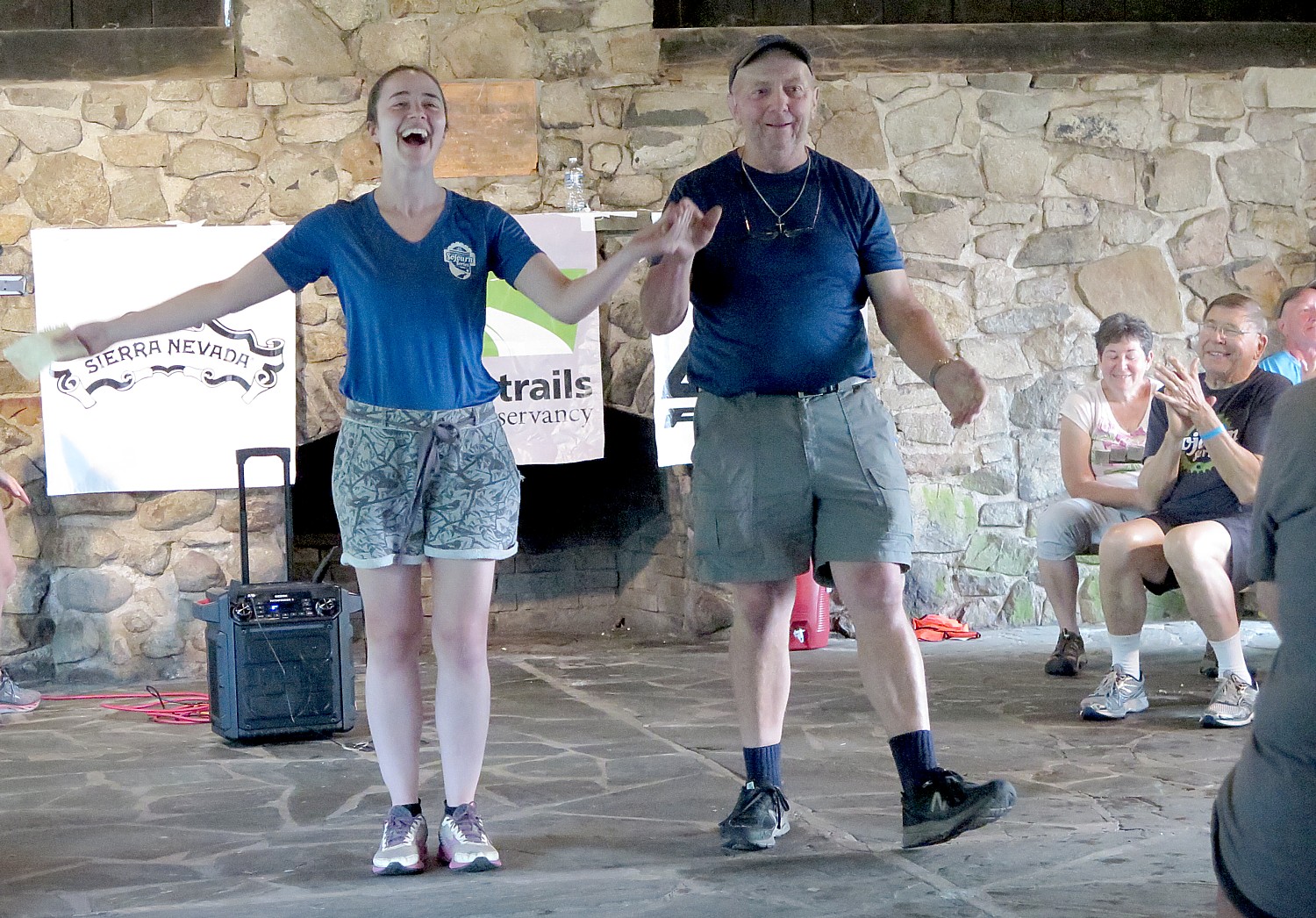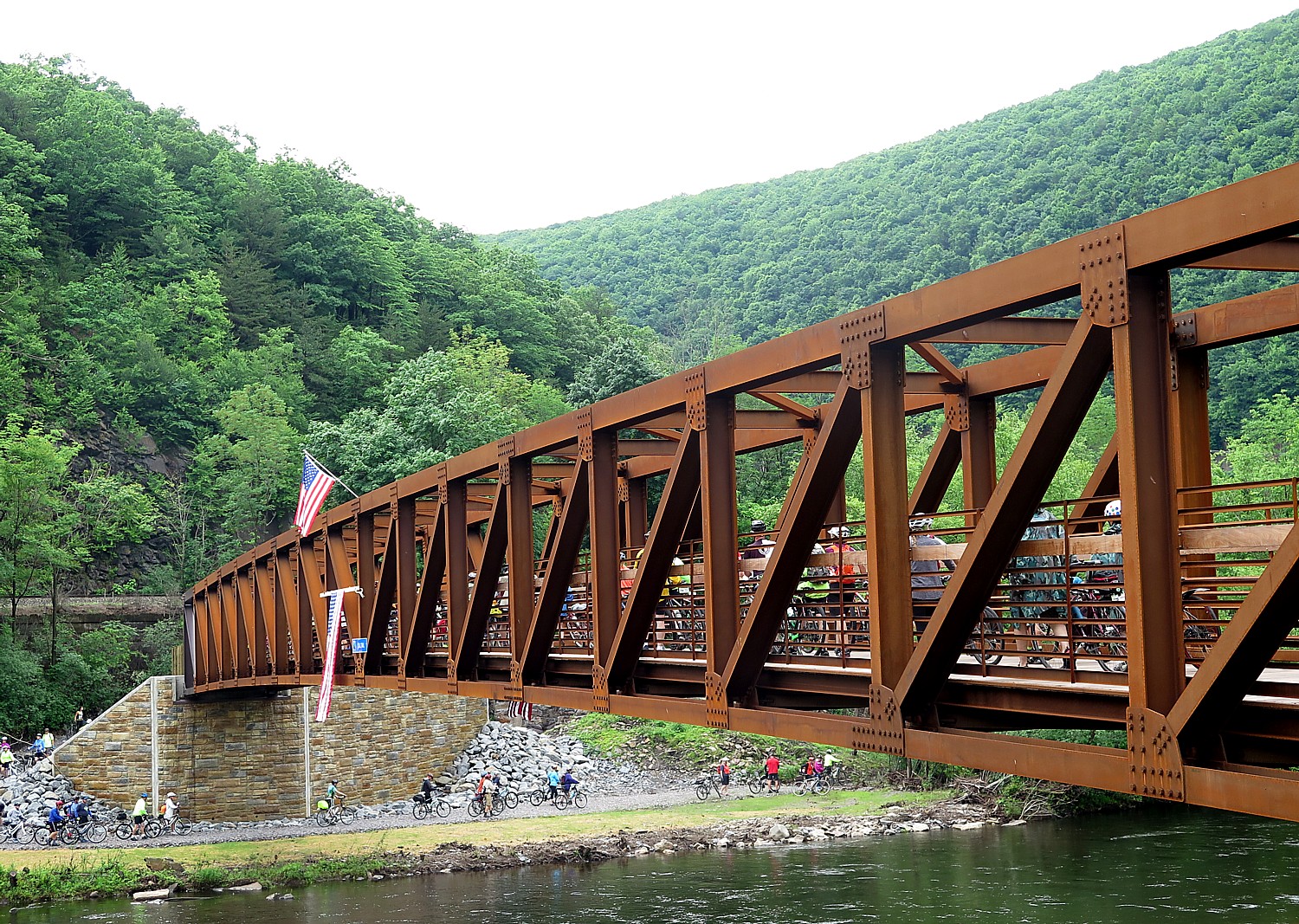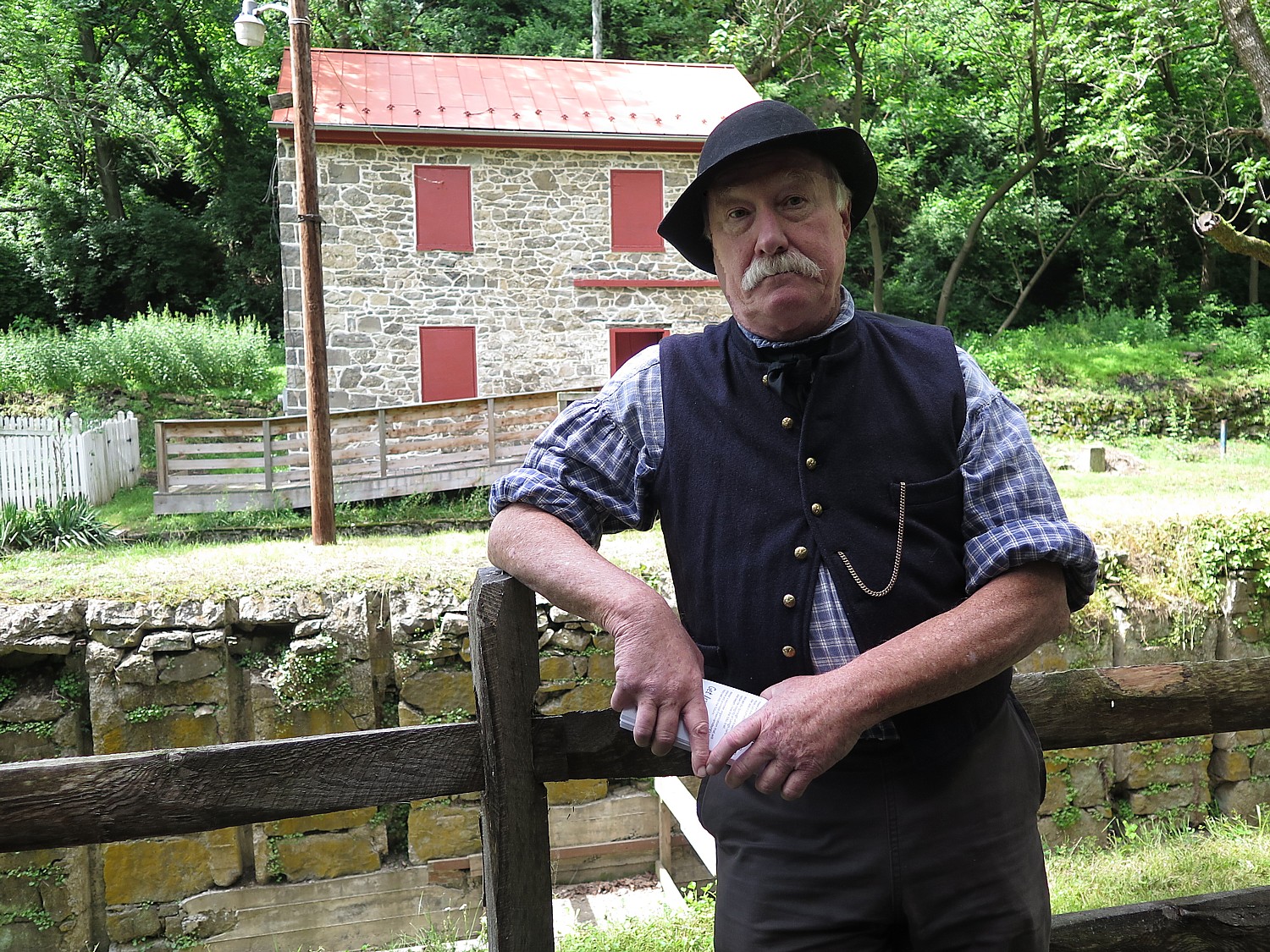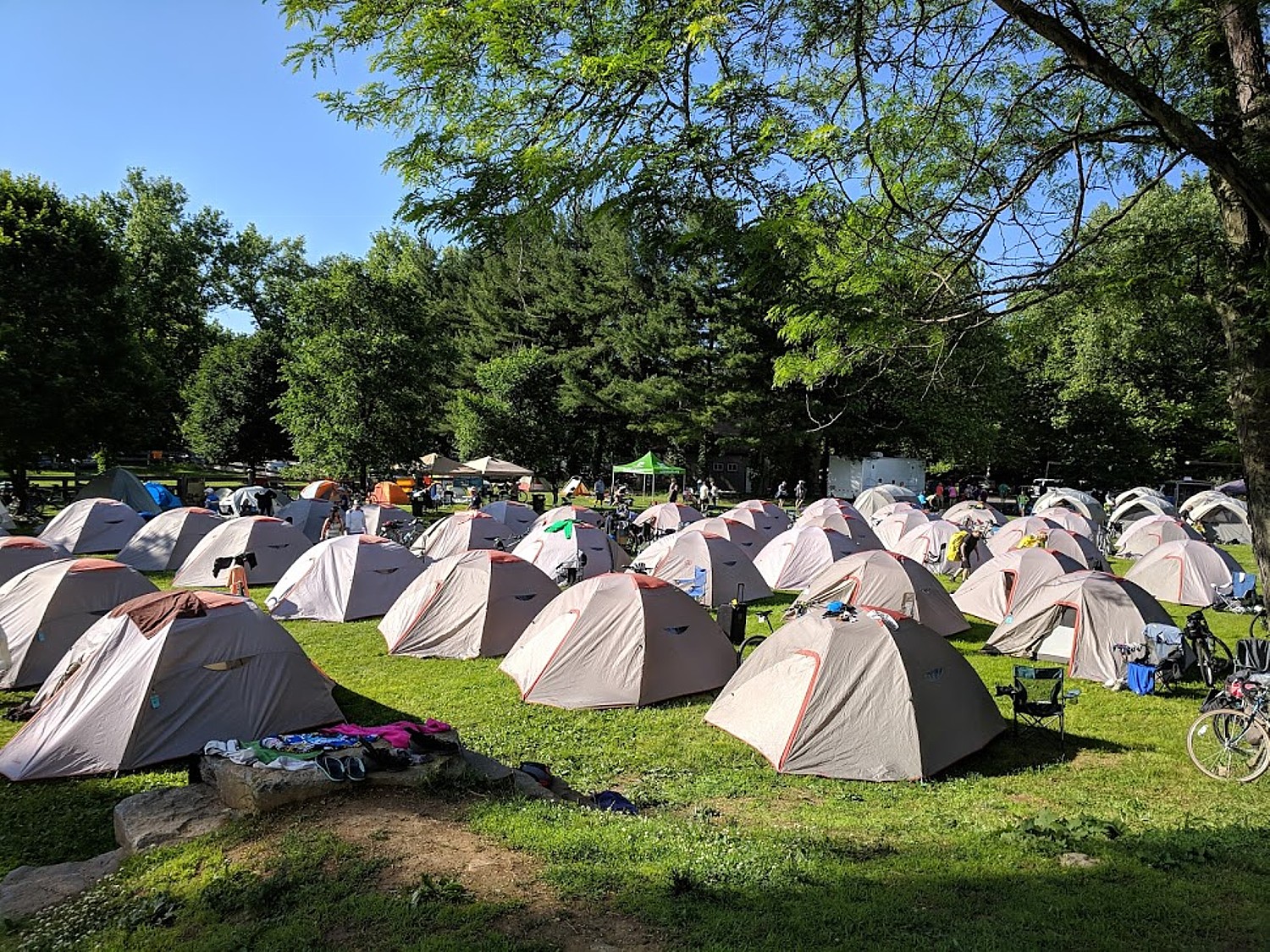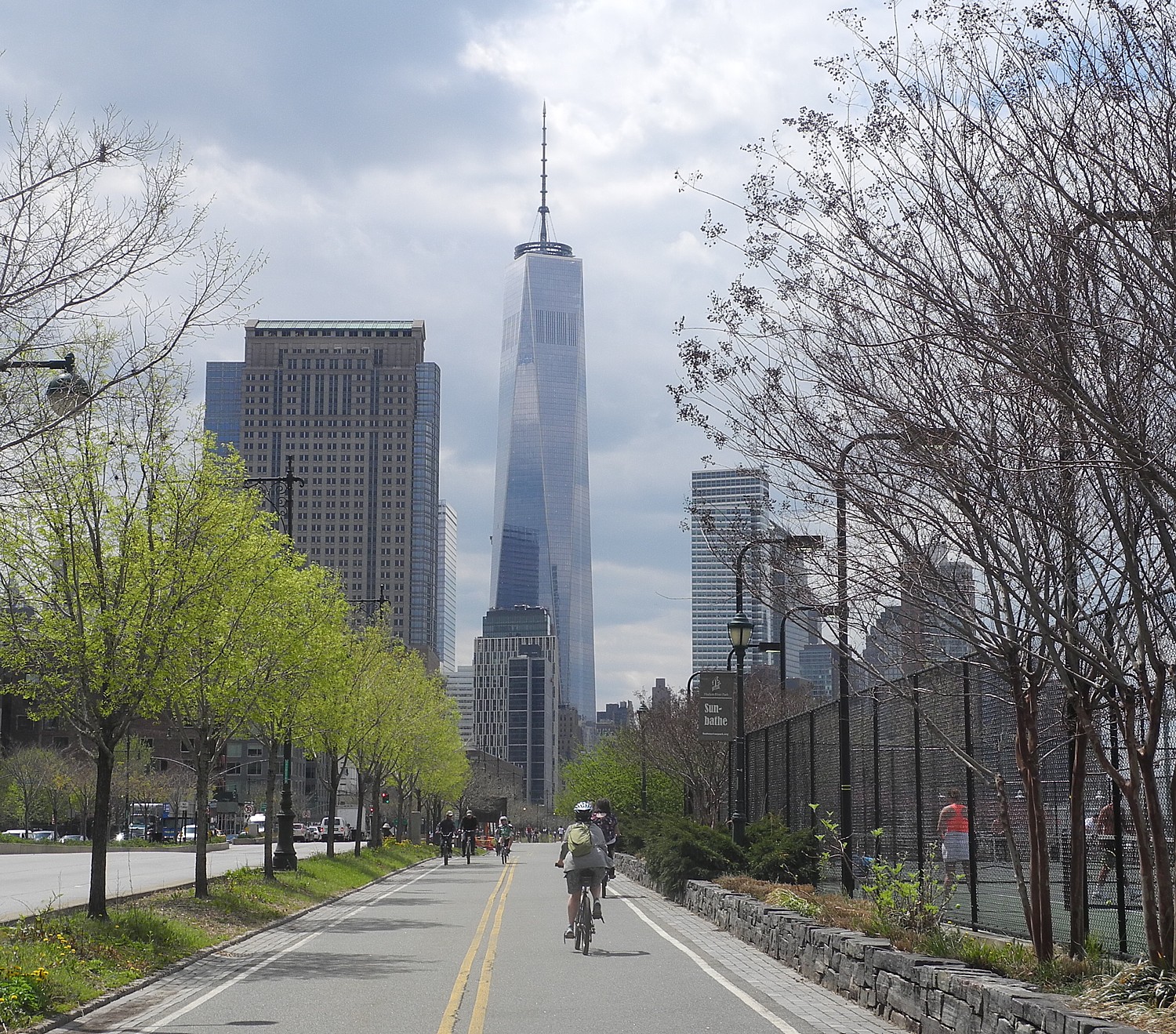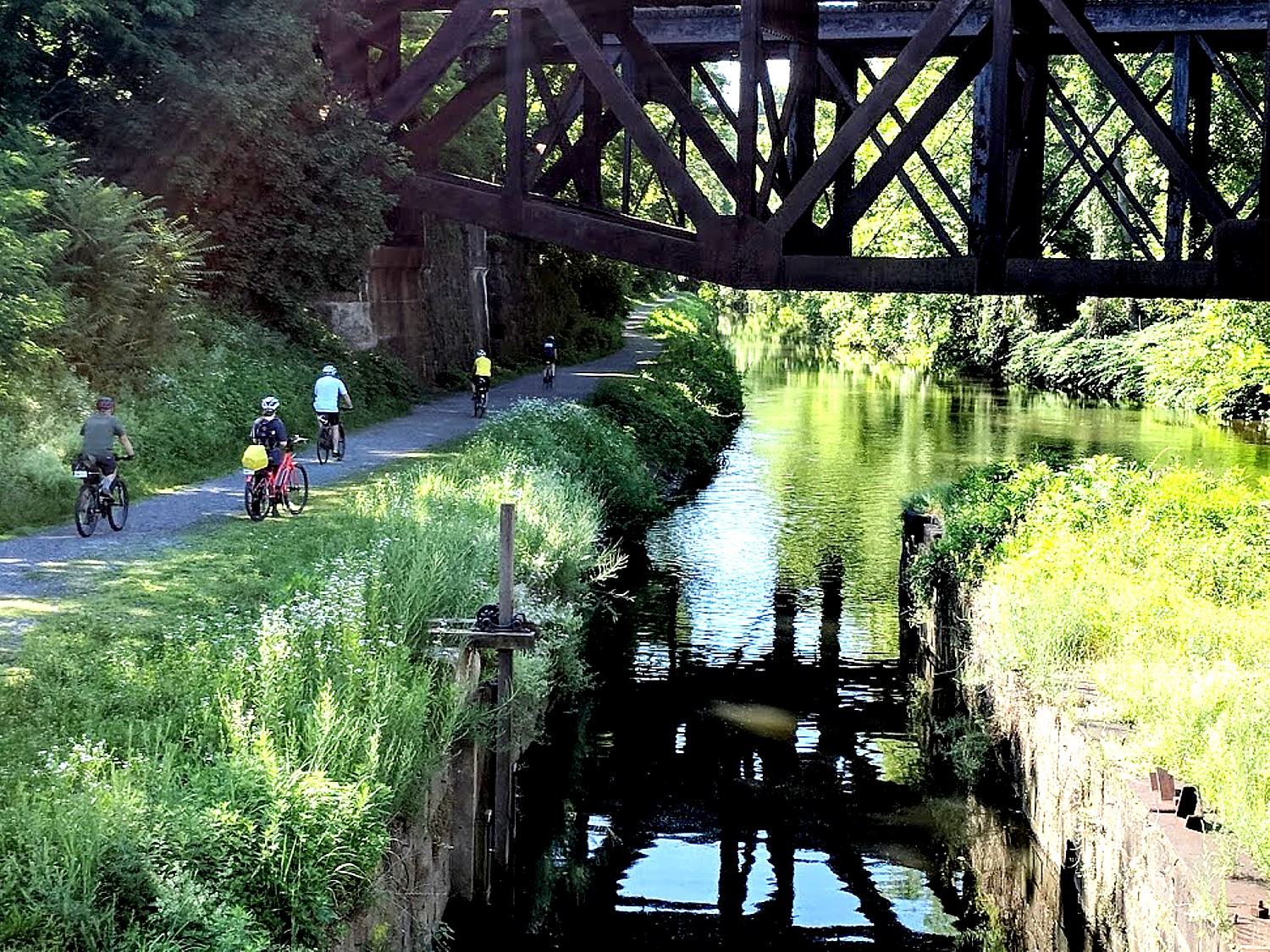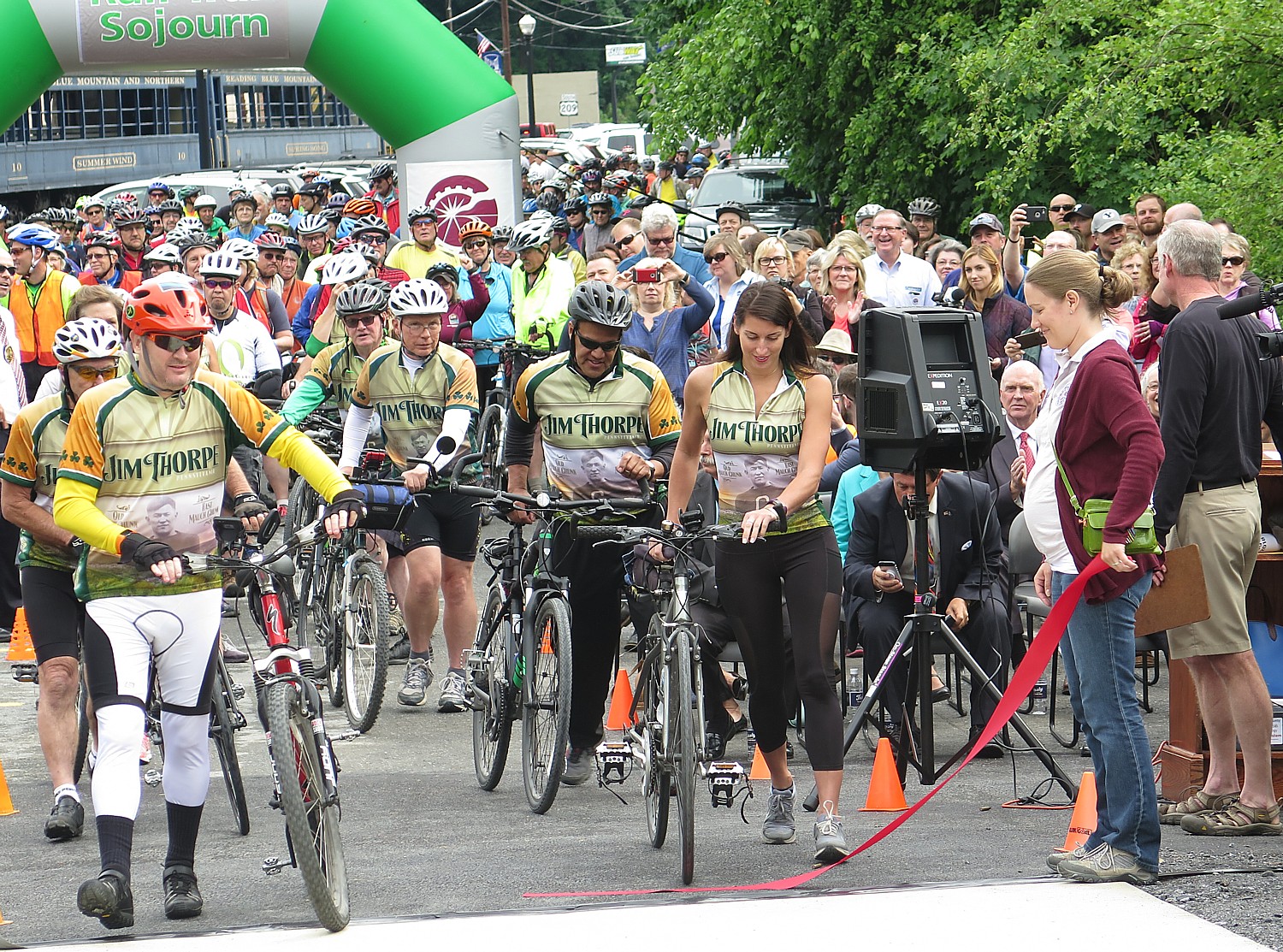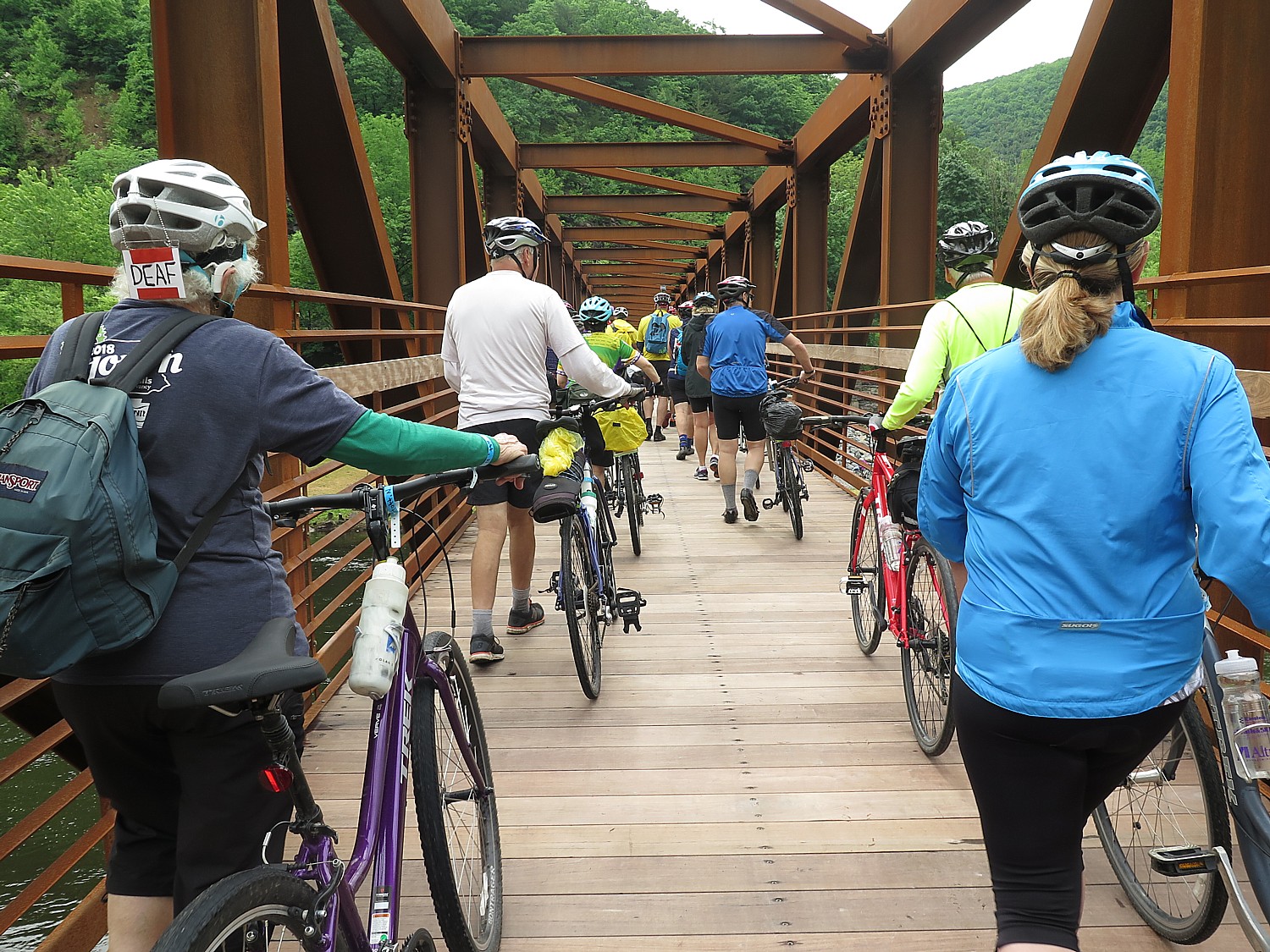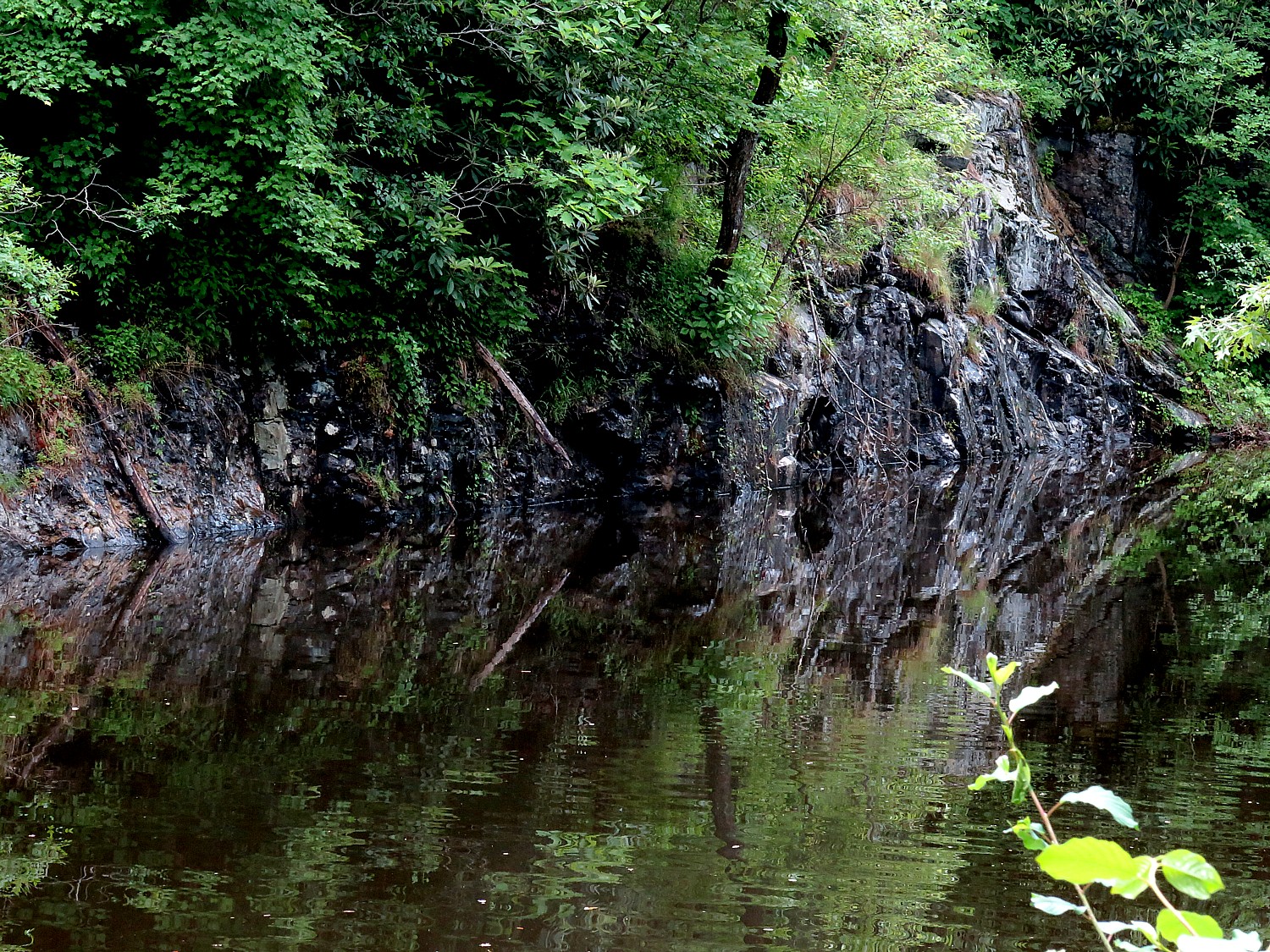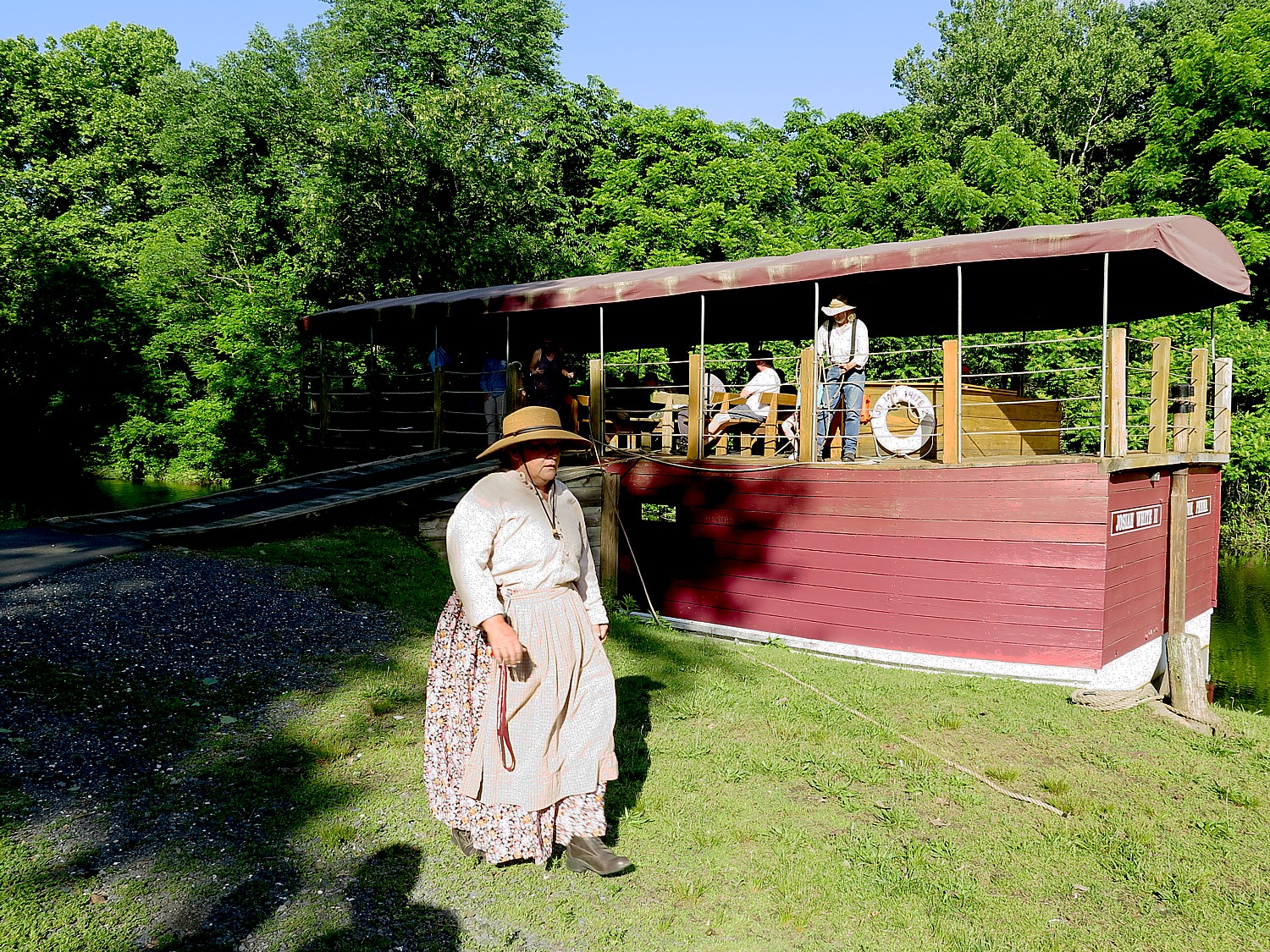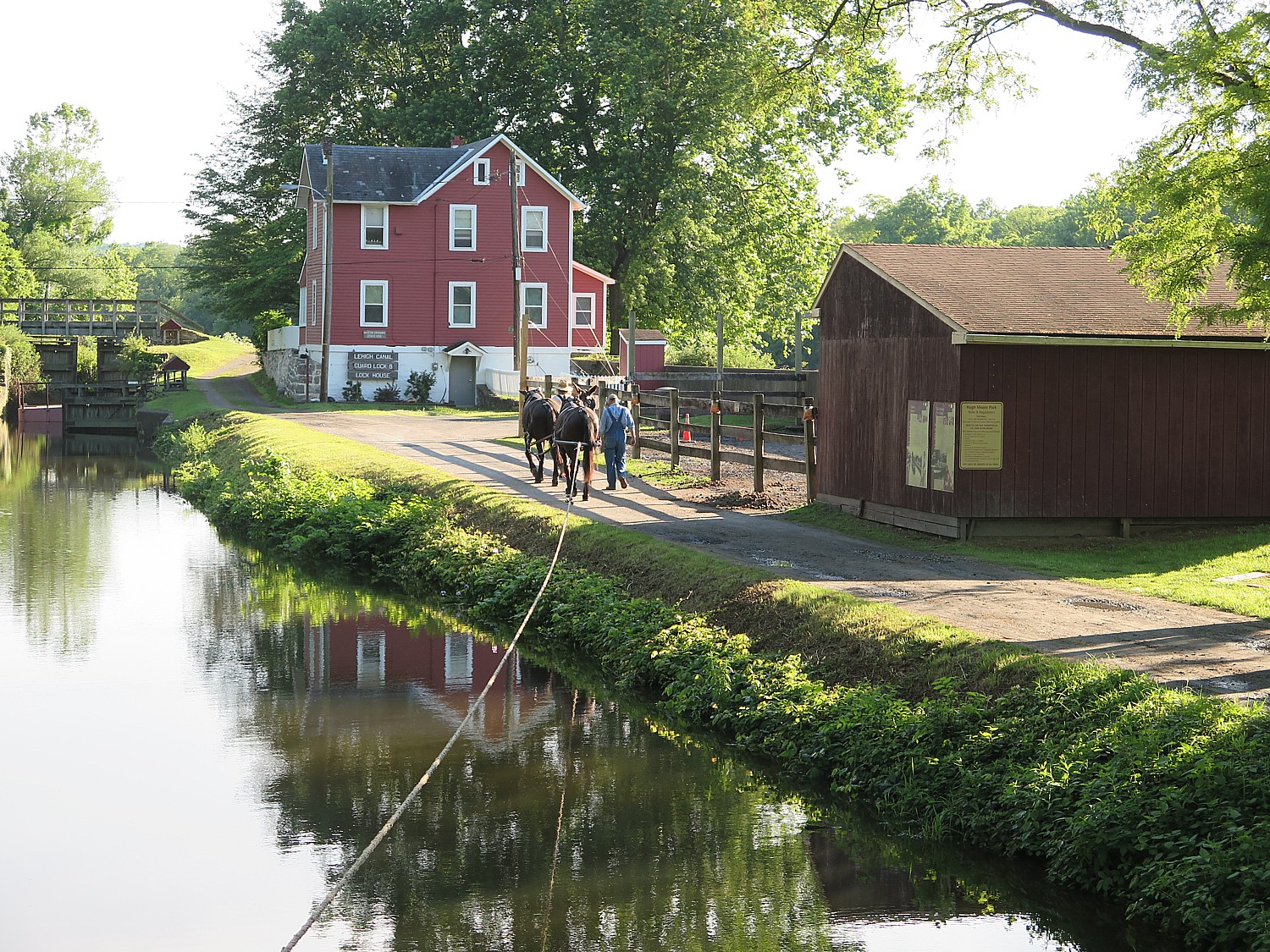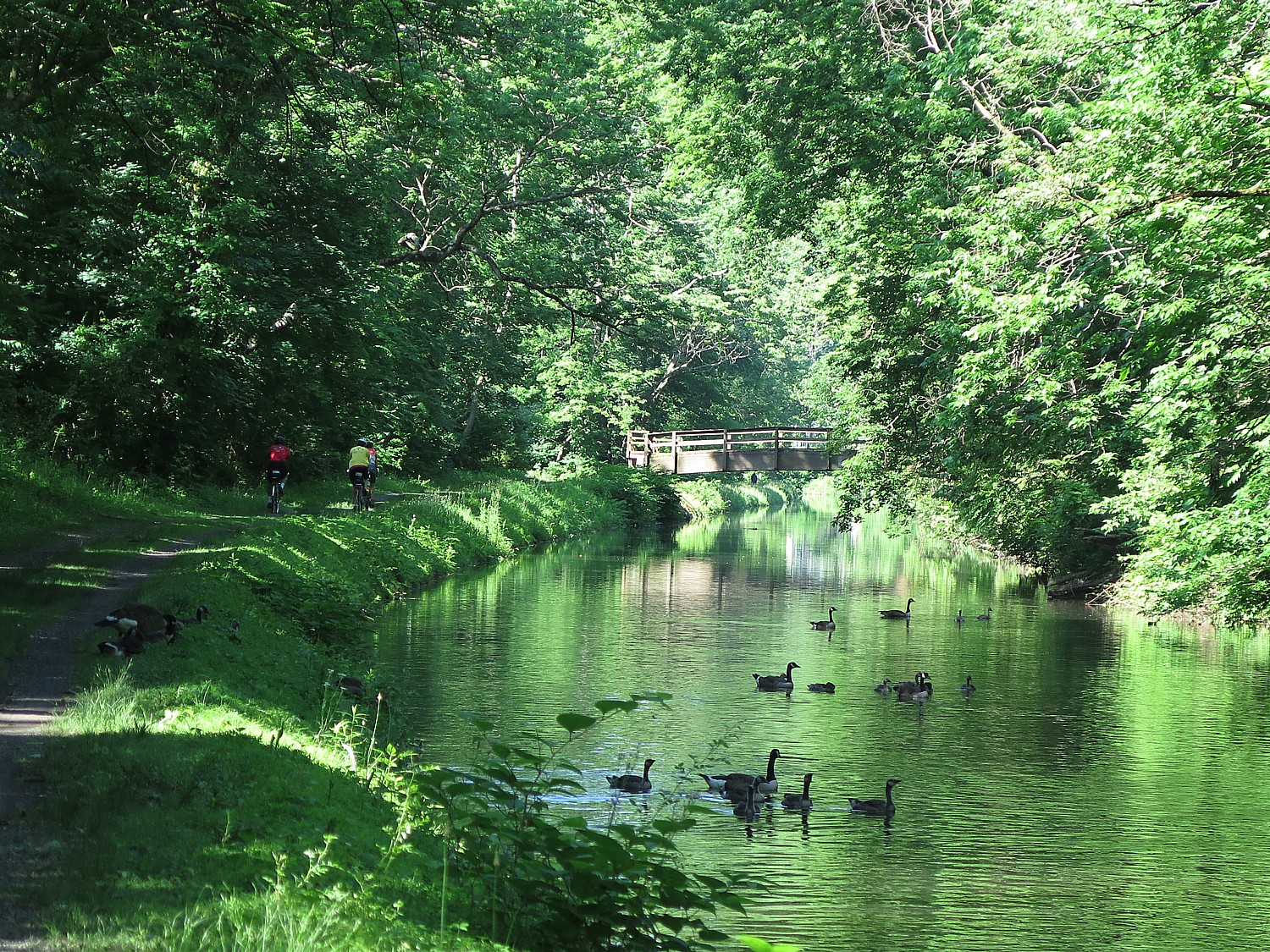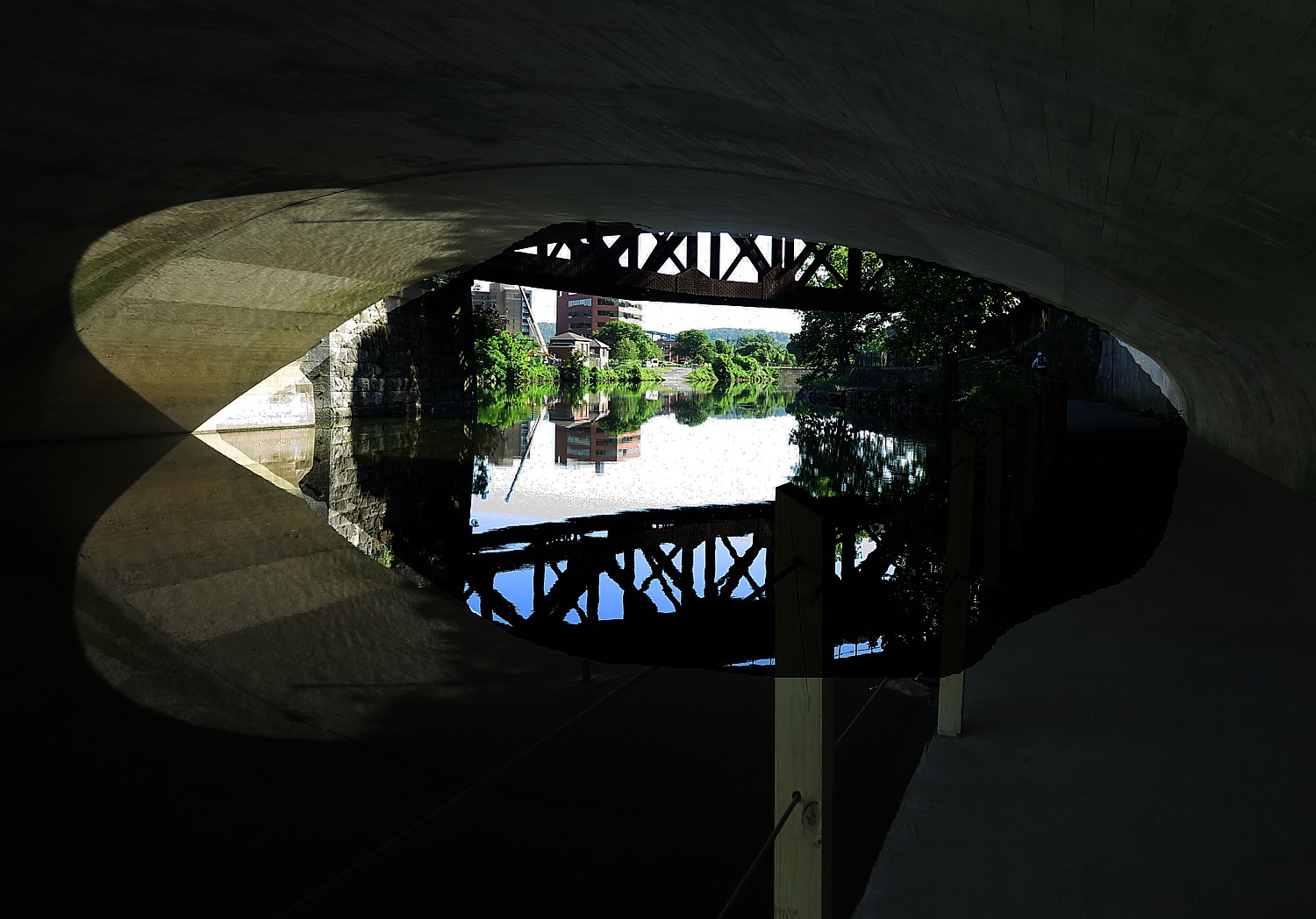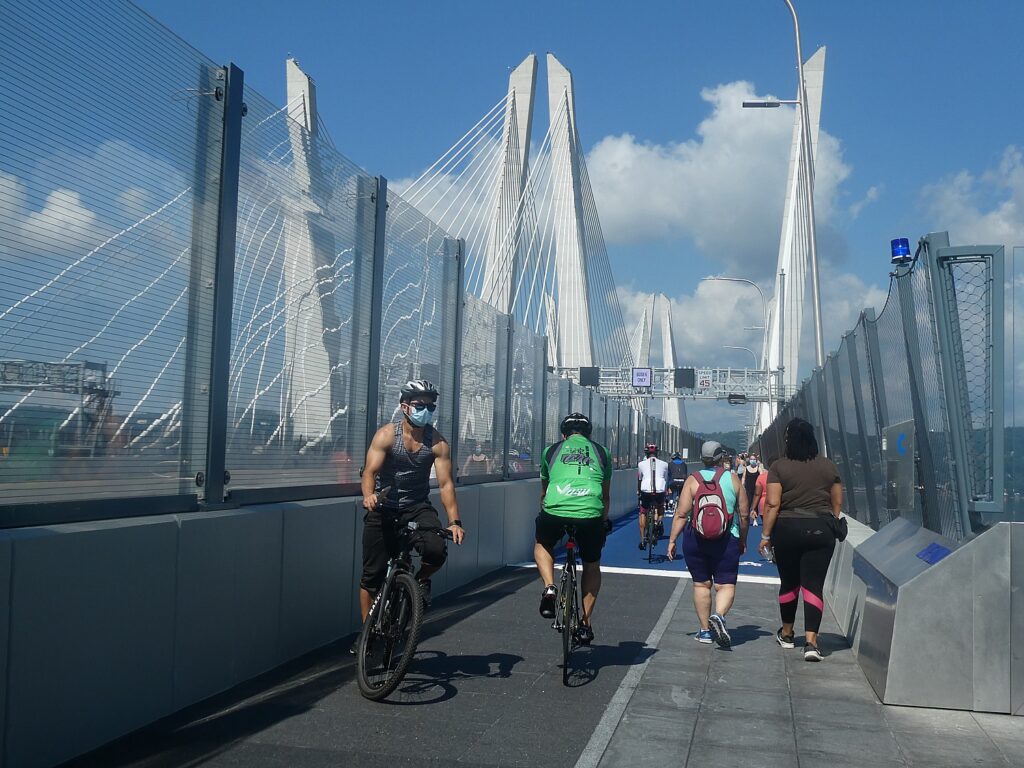
By Karen Rubin
Travel Features Syndicate, goingplacesfarandnear.com
On only the second weekend since New York State Governor Andrew M. Cuomo cut the ribbon to open the 3.6-mile shared bicycle and pedestrian path on the Governor Mario M. Cuomo Bridge (the rebuilt Tappan Zee Bridge, named for his father, a three-term governor), it was bustling – even hard to get a parking space at Westchester Landing. There is a perennial festive atmosphere – a sense of delight – that starts at the gorgeous, welcoming visitor center (bathrooms, water fountain), the snack trucks (beer, ice cream, other delights), and even a bike rental stall. The path opened with safety protocols in place to limit the potential spread of COVID-19 – everyone is required to wear masks, there is a monitored stand where you can get one as well as hand sanitizer, and monitors along the path at these gorgeous viewing platforms, each one artfully designed.

The path provides an environmentally friendly new connection for families, runners, cyclists, walkers and commuters to travel between Westchester and Rockland counties. Even better, it sets what should be every municipality’s focus on providing opportunities for health and wellness (and happiness) –by walking or biking, but in any case, moving.
It takes approximately 80 minutes to walk the length of the path and approximately 20 minutes to bike across the path, so take that into account (especially with the four-hour limit on parking).
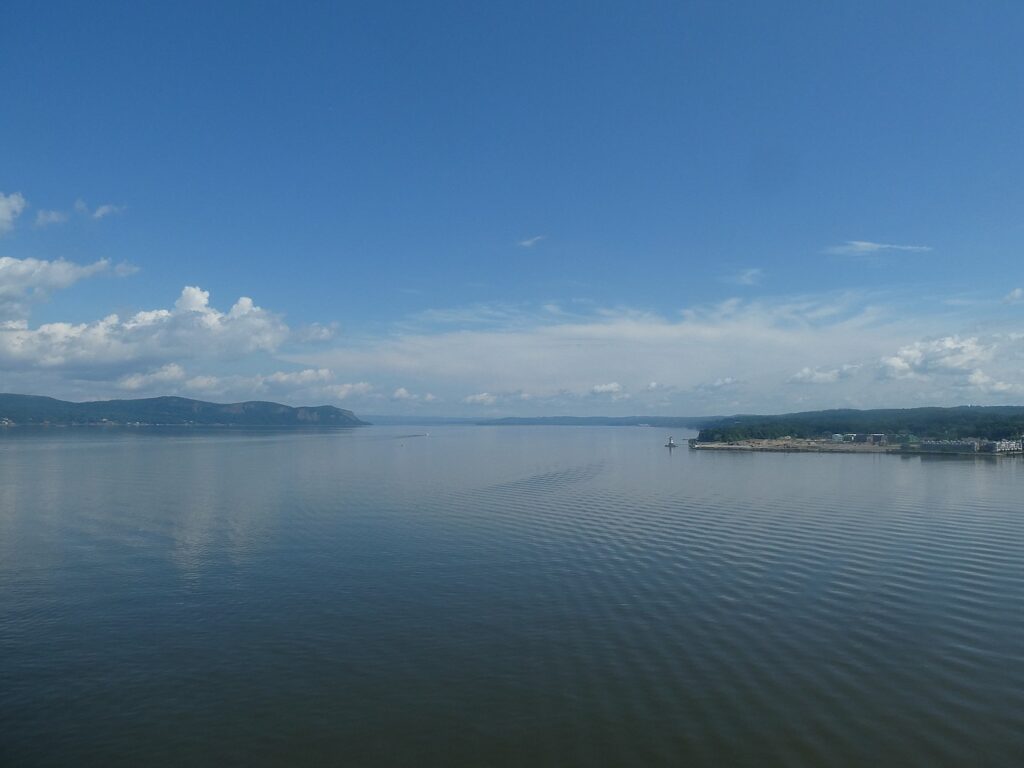
The bridge itself is magnificent (Golden Gate, eat your heart out), and the views absolutely gorgeous. But cyclists and hikers will love the fact that once you get over to the Rockland side, you can continue the ride or hike north on the Raymond G. Esposito Memorial Trail for just a mile (not that interesting), but really marvelous is to go south on the Old Erie Path, a three-mile gravel path along an old rail line that follows the ridge and opens to magnificent views of the bridge and Hudson River, and ends at an old train station at Piermont.
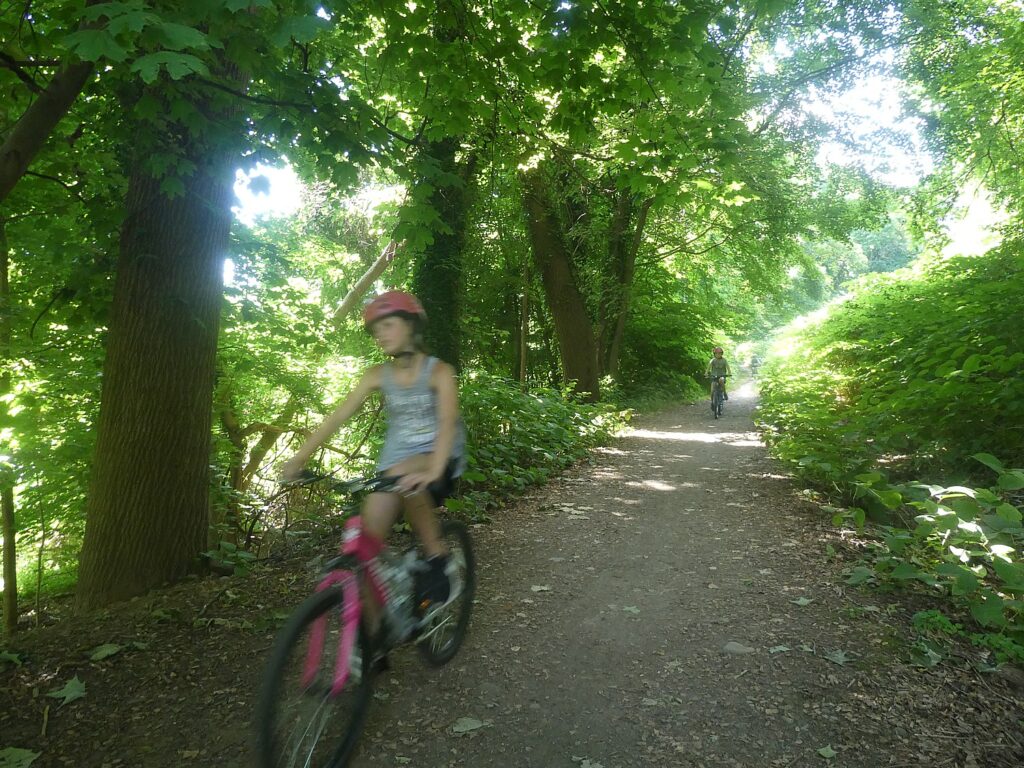
“The new Governor Mario M. Cuomo Bridge is an iconic gateway to the Hudson Valley and a statewide landmark that celebrates the spirit of New York,” Governor Cuomo said. ”The addition of this state-of-the-art bike and pedestrian path will provide New Yorkers and tourists alike with more ways to cross the river, as well as updated amenities and a unique, interactive experience to enjoy while taking in the scenic views of the Hudson River Valley.”
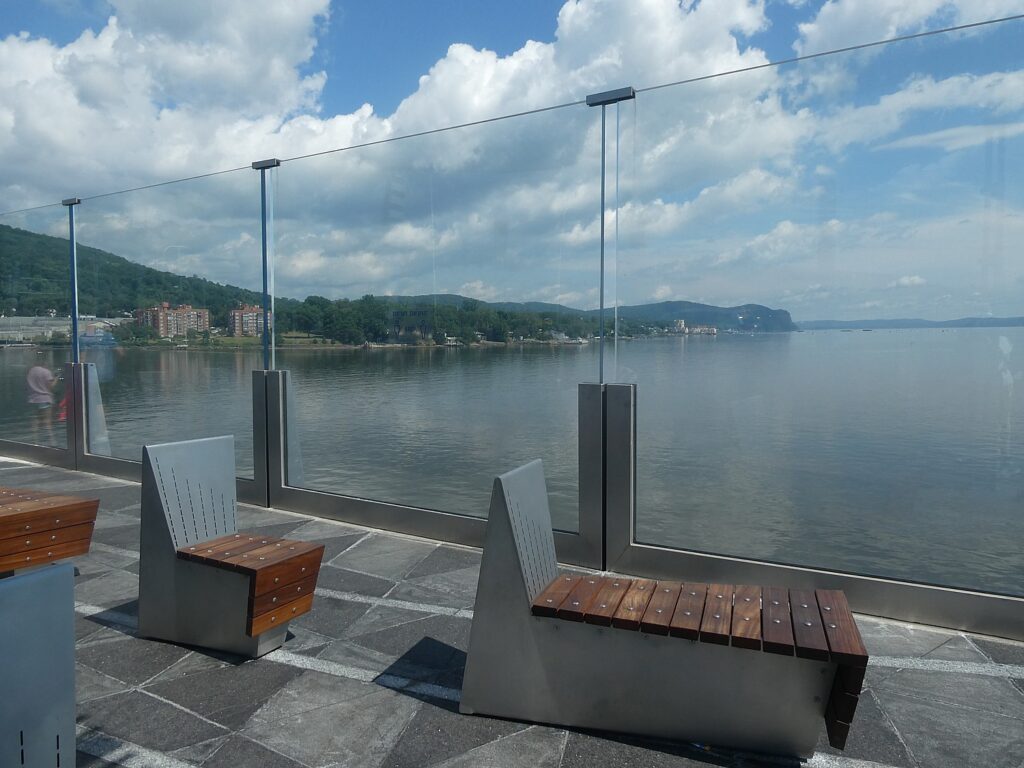
With its signature blue overlay, the 12-foot wide shared use path extends from its Westchester Landing in the Village of Tarrytown, across one of the widest points of the Hudson River, to its Rockland Landing in the Village of South Nyack. Located on the northern side of the Governor Mario M. Cuomo Bridge’s westbound span, the path features six scenic overlooks, digital kiosks, interpretive signage and public art. Visitor parking, restrooms, bicycle repair stations and other amenities, along with connectivity to local bicycle and pedestrian networks, are available at both landings.
The shared use path is open daily from 6 a.m. to 10 p.m. The path may temporarily close due to inclement weather, maintenance operations or security concerns. Updates and path information will be available at the bridge’s new website, mariomcuomobridge.ny.gov, and on its new Twitter account, @GMMCB.
The shared use path was part of the Thruway Authority’s $3.9 billion project to build the new Governor Mario M. Cuomo Bridge, which replaced the Tappan Zee Bridge in 2017. The cable-stayed crossing has been built to serve the Hudson Valley without major maintenance for at least a century. Approximately 50 million vehicles cross the bridge annually.
“The opening of the Governor Mario M. Cuomo Bridge bicycle and pedestrian path is the culmination of a transformative public infrastructure project, one of the largest in the United States,” Project Director Jamey Barbas said. “Under the leadership of Governor Cuomo, the hundreds of laborers and engineers who have worked on this project have been committed from the start to providing transportation improvements, from wider lanes and emergency shoulders to dedicated space for buses and now a 3.6-mile shared use path. The path is not only functional, it is beautiful, and we thank all our community partners who made this bridge a reality.”
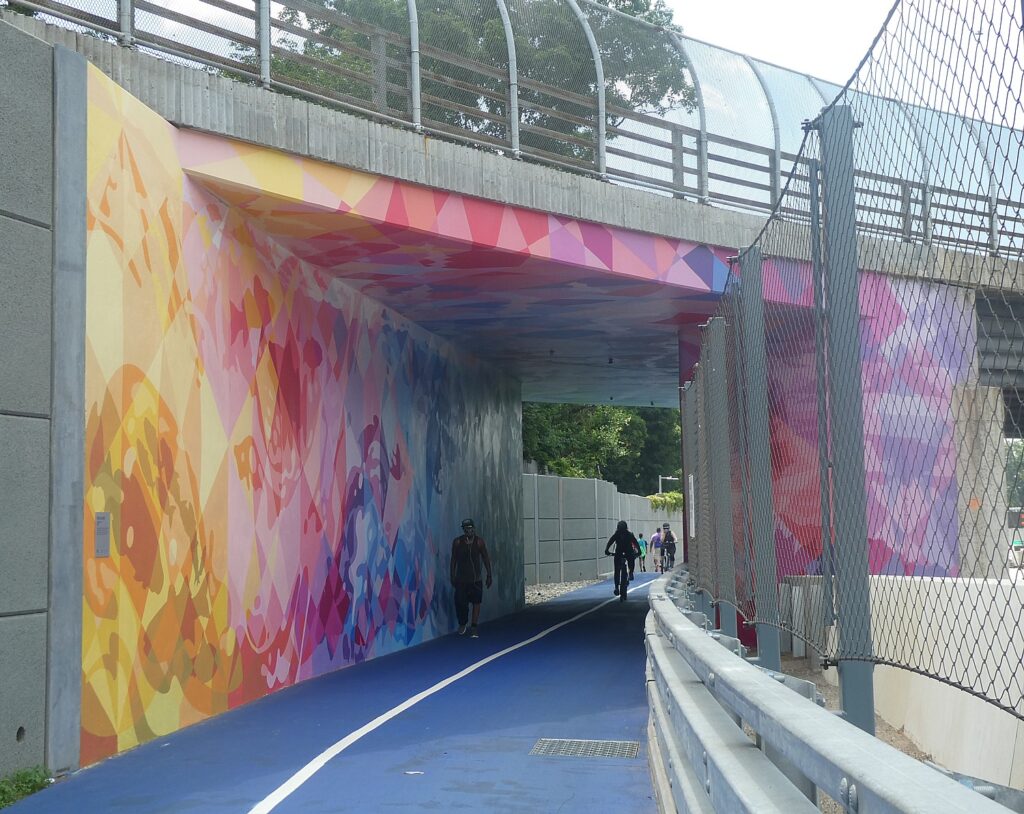
As magnificent as the views up the Hudson River are, the art and design along the way add to the aesthetic experience. You encounter five sculptures, a 4,000-square-foot mural at the entrance in Rockland and a custom-designed bike rack referencing the Palisades and New York City skyline. Three of the sculptures incorporate remnant steel salvaged from the decommissioned Tappan Zee Bridge. Three more bicycle racks allude to the historic importance of the Hudson River as a commercial transportation artery. The viewing areas are works of art, themselves, and the people taking in the scenery almost become part of the canvas.
The Thruway Authority partnered with ArtsWestchester and the Arts Council of Rockland on the Governor Mario M. Cuomo Bridge Public Art Program. The 10 commissions were awarded to eight New York State artists. (Details about each art commission is available on the bridge website.)
“A spectacular group of monumental works of art have been installed at each terminus of the new bridge, transforming this twin crossing into a compelling destination for travelers to engage with the arts,” ArtsWestchester CEO Janet T. Langsam said. “We at ArtsWestchester were thrilled to collaborate with the New York State Thruway Authority on this landmark creative placemaking project. With the expansion of COVID19 outdoor recreation guidelines, the new bridge over the mighty Hudson is a visionary place for people to enjoy public art on their way to and from the Hudson Valley. The artwork is free, its public, and available to all New Yorkers.“
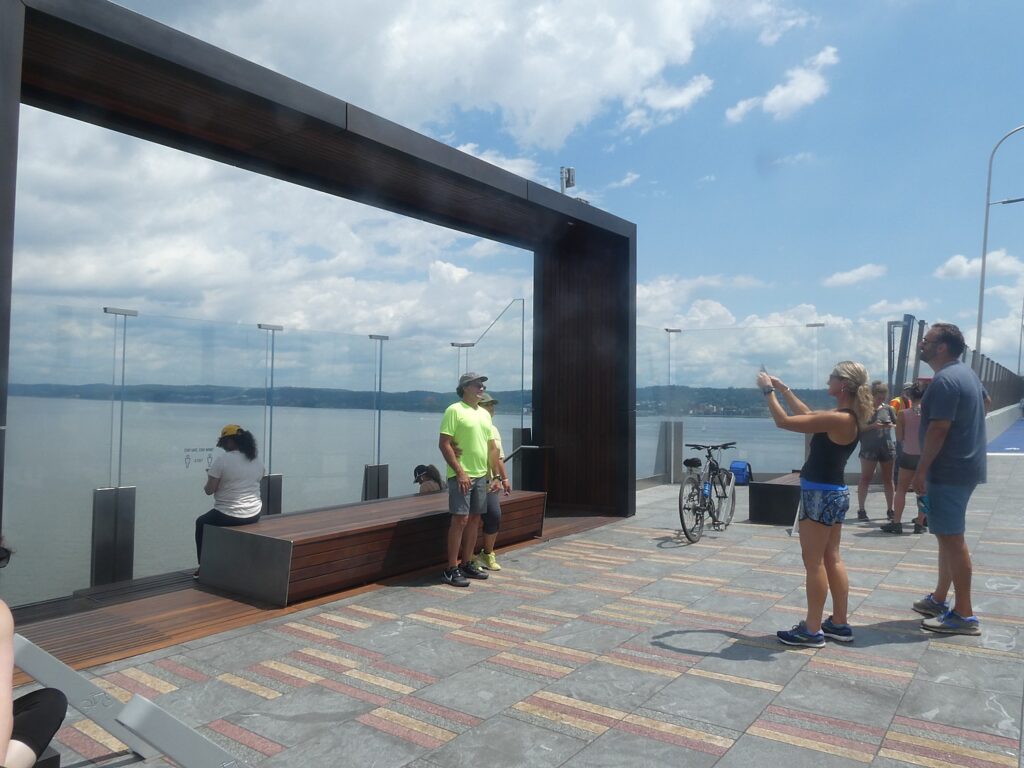
There are also free audio tours specially designed for walkers and cyclists available for download. The mobile tours include stories that cover a wide range of topics from information about bridge construction to local history, from the Hudson Valley’s connection to art to the Hudson River and its surroundings. Travelers can safely access the stories hands-free on their mobile devices while walking or cycling the path.
The New York State Thruway Authority partnered with Historic Hudson River Towns (HHRT), a non-profit consortium of riverfront municipalities, and TravelStorys to develop the audio tours. The New NY Bridge Community Benefits Program awarded Historic Hudson River Towns a grant for the project. In addition to the path tours, HHRT offers a new driving tour includes featuring its 16 member communities in Westchester and Rockland, as well as on both the new Governor Mario M. Cuomo Bridge and the Bear Mountain Bridge.
Other upcoming HHRT tours on the TravelStorys app include walking tours of Irvington, Tarrytown, Sleepy Hollow and Nyack, and artist Edward Hopper’s Nyack. Download the TravelStorys app for free to listen to the self-guided path tours.
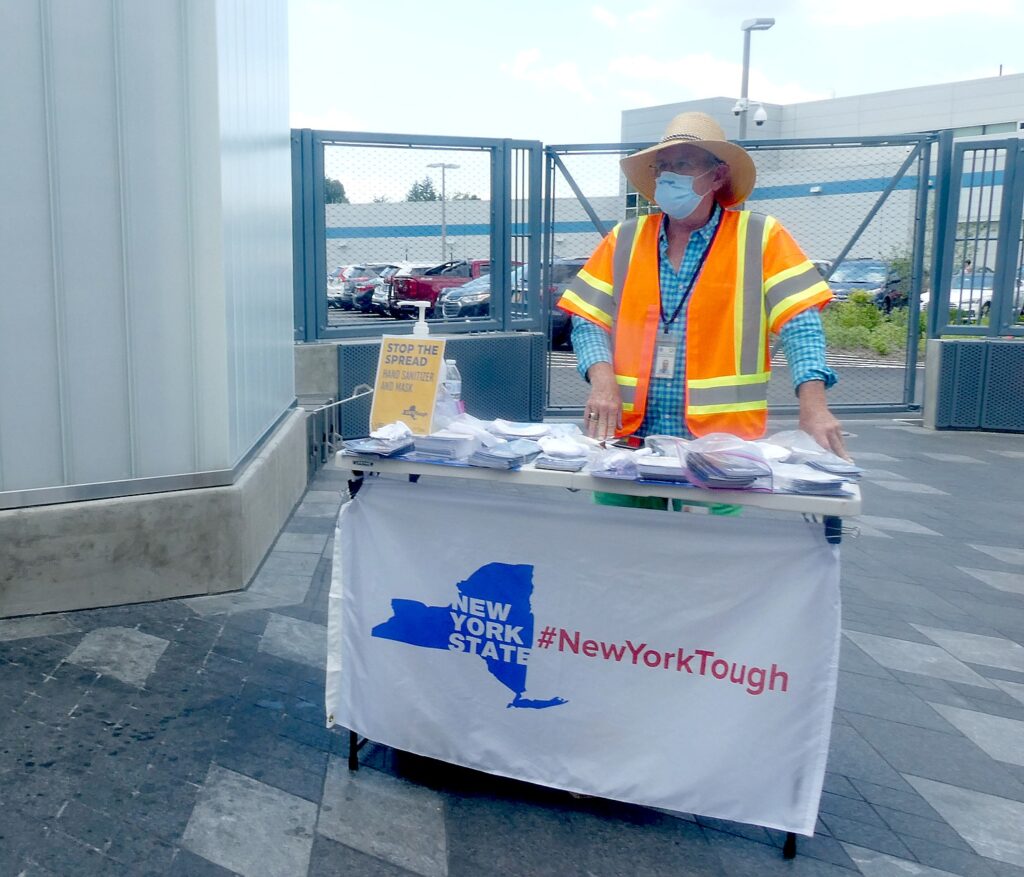
Hudson Link, the enhanced bus service sponsored by the New York State Department of Transportation serving the Interstate 87/287 corridor, provides free shuttle service from large commuter parking lots in Rockland and Westchester to stop near the path’s landings in Tarrytown and South Nyack. The Hudson Link path shuttle regular weekend summer schedule operates from 7:30 a.m. to 7:30 p.m. each Friday, Saturday and Sunday.
There is a four-hour time limit in the parking lots at the path, and visitors are strongly encouraged to take shuttles and other mass transit to the path. The state-of-the-art path shuttles will leave every 20 minutes from Palisades Center. A map, schedule and details are available on Hudson Link’s website.
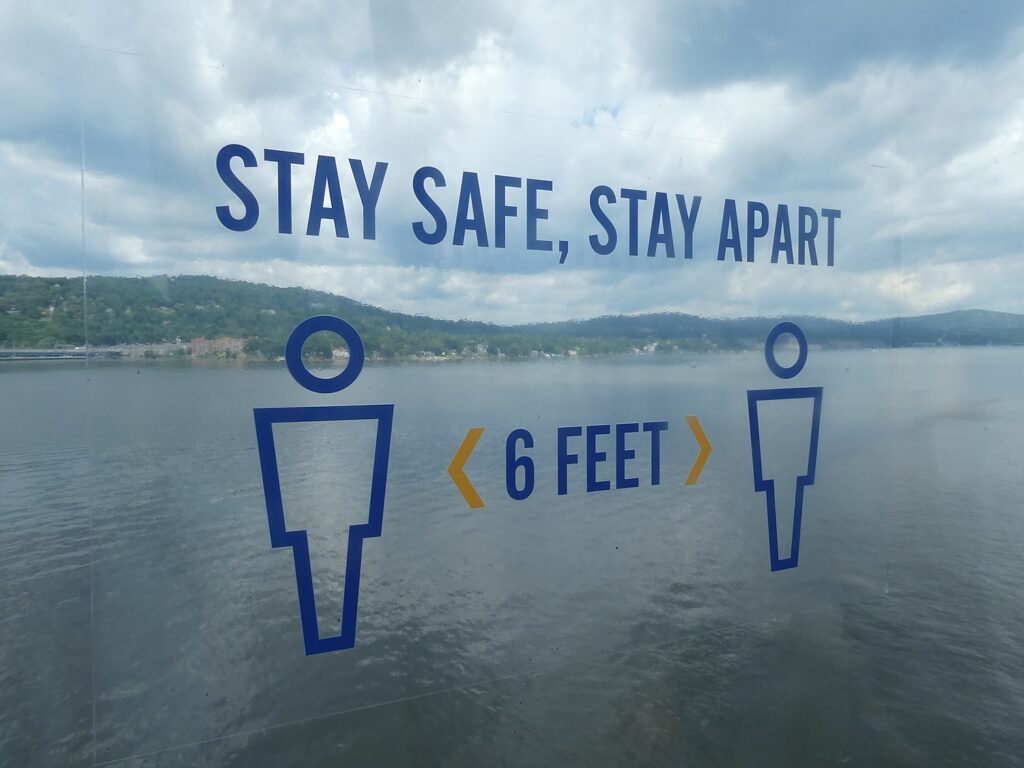
As part of its COVID-19 response, Hudson Link has taken the following precautions:
- Maximum occupancy per bus is 25 customers.
- All passengers are required to wear face masks.
- All passengers are asked to sit six feet away from each other while on the bus.
- Hand sanitizing units are installed on all Hudson Link buses.
- All operators wear face masks, gloves and use hand sanitizer.
- CDC approved industrial sanitizers are used nightly to clean each bus.
To ensure the safety of all using the new shared use path, visitors should keep six feet apart from others. When social distancing cannot be maintained, visitors are asked to wear a face covering on the path and in the restrooms. Physical and digital signs have been posted to remind visitors of their shared responsibilities during the COVID-19 pandemic.
New York State Police Troop T is the law enforcement entity responsible for patrolling the path while a dedicated security team will actively monitor it and the entire bridge 24 hours/day, 365 days/year.
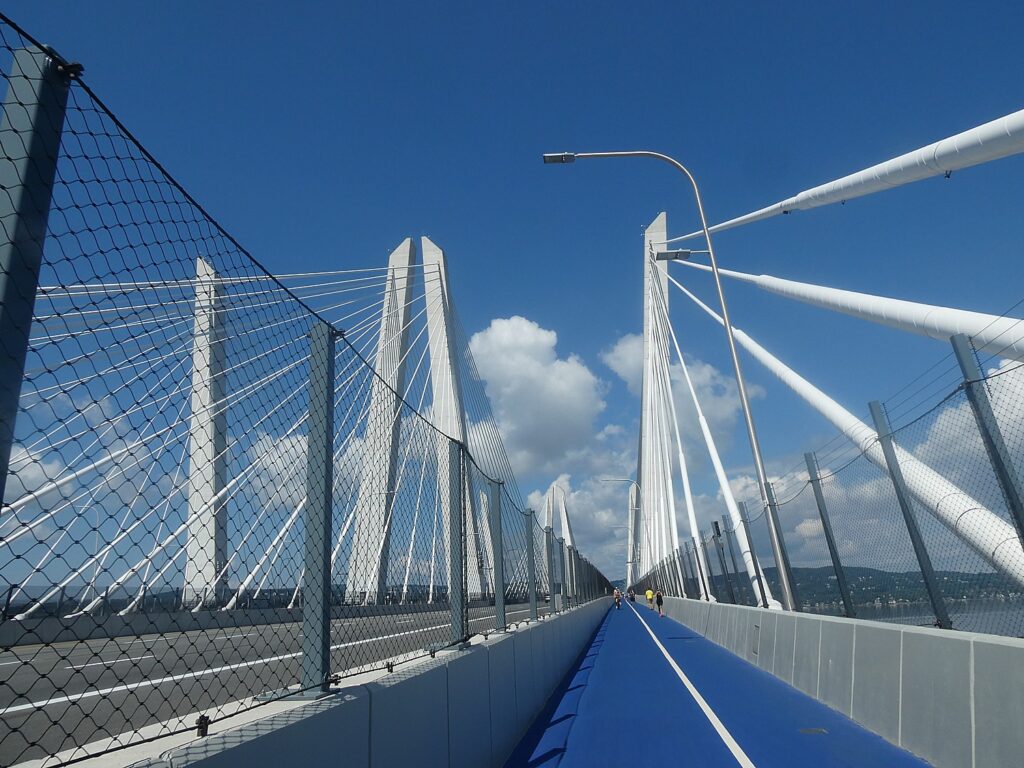
The path features designated lanes for pedestrians and cyclists traveling in both directions to ensure safety. There is a 15-mph speed limit for all cyclists. Per a new state law, Class 1 and Class 2 bicycles with electric assist (e-bikes) may be used on the path by those 16 years of age and older. All cyclists must yield to pedestrians.
When visiting the path, keep the following in mind:
- It takes approximately 80 minutes to walk the length of the path; factor in your return trip.
- It takes approximately 20 minutes to bike across the path.
- Wind, rain, sun, temperatures all feel more intense out over the water; dress accordingly.
- Restrooms are in the Welcome Centers at both landings.
- Water fountains are available at both landings, not on the path itself.
- You may feel the bridge vibrate; this is normal.
- If you need assistance, use the blue light phones along the path.
As part of a Thruway Authority pilot program, local merchants offer food and services at both landings.
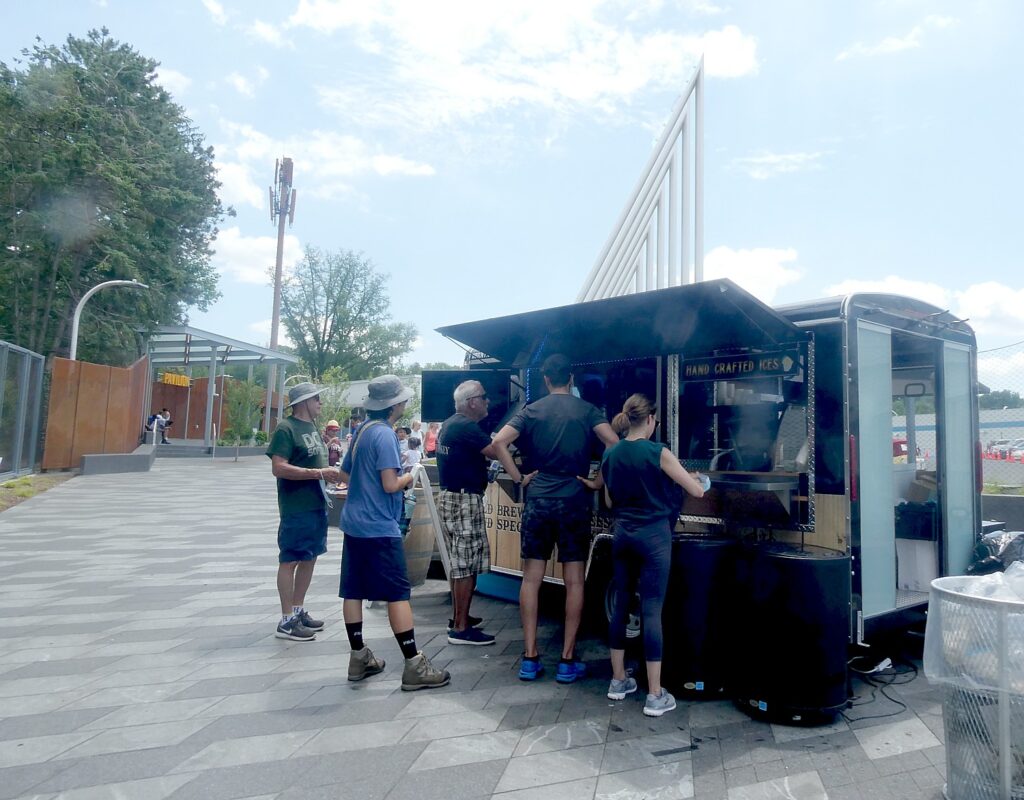
Three food trucks – Anthi’s Greek Specialties, Westchester Burger Company and Graziella’s Italian Kitchen – serve both the Westchester and Rockland landings on a rotating basis, seven days a week, from 11 a.m. to 8 p.m.
At the Westchester Landing, Double Barrel Roasters serve hot and cold coffee, specialty drinks and scooped ices daily from 8 a.m. to 9 p.m. The Blue Pig, which sells locally sourced ice cream, operates from 2 p.m. to 9 p.m., Friday to Sunday, while Sleek E-Bikes offers electric bike rentals from 10 a.m. to 6 p.m. during the summer.
At the Rockland Landing, Teagevity offers organic tea and cold-brewed coffee from 9 a.m. to dusk, Thursdays to Sundays.
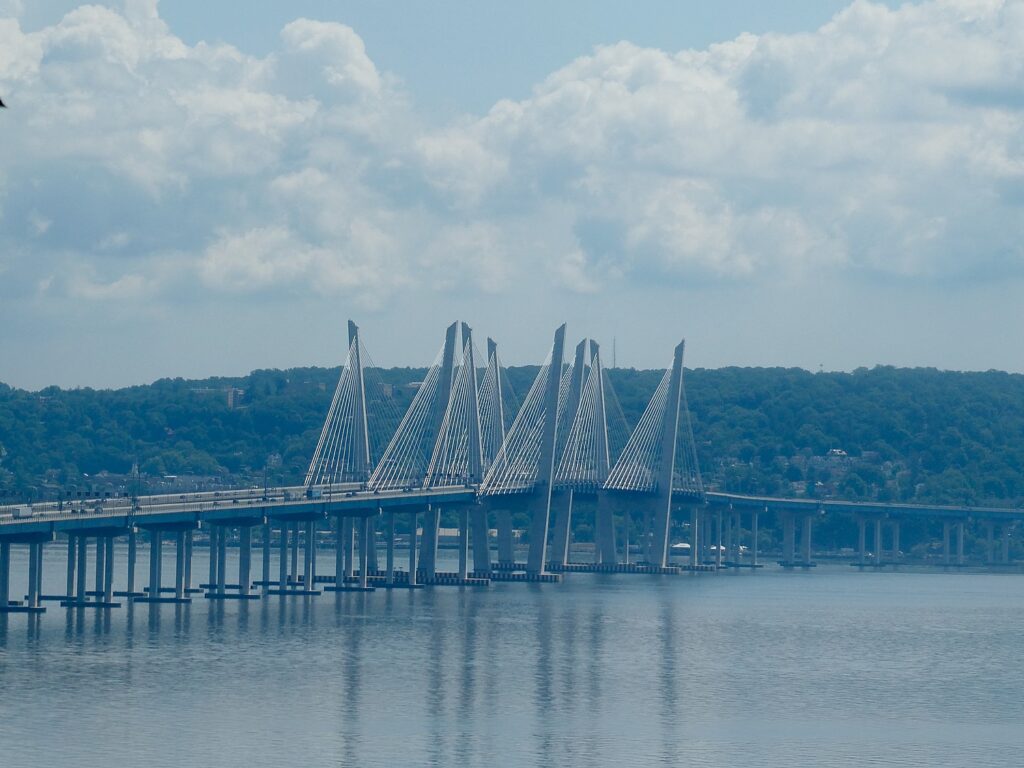
The Governor Mario Cuomo Bridge was the most ambitious infrastructure project undertaken in the United States in a decade, and Governor Andrew Cuomo equated the accomplishment to the state’s success in tackling the coronavirus pandemic which turned New York State into the global epicenter. But in 100 days, the state that had had the highest infection rate, has become the state with the lowest infection rate.
“The Mario Cuomo Bridge – nearly two years ago we celebrated the opening,” Cuomo said at the ribbon cutting for the new bike path. “The largest infrastructure project in the United States in the past 10 years. Think about that. Nowhere else in the nation did they even attempt a project this big, why? Because it’s intimidating. It’s intimidating. You’re going to build a new bridge across the Hudson River? Government? Government can’t put two bricks together; you think you’re going to build a bridge? Yes. Yes, we can do it. We can do it. That’s what we said with this bridge today.
“We’re going to open the 3.6-mile-long path for cyclists and pedestrians. You can come across the Hudson River which is spectacular in and of itself. From this bridge you look south you can see New York City; you look north you- one of the most beautiful river valleys on the globe. 3.6 miles and you’re over one of the most beautiful bridges in the United States of America…The bridge speaks to a sense of possibility, a sense of capacity— when people are wondering, ‘can we do this? Can we rise to the challenge? Are we capable of it? Can we do these big things?’
“And the bridge said, ‘yes we can,’ after 20 years of people questioning and doubting and being afraid. The bridge took on the challenge and defeated the challenge. It showed what we were capable of.”
______________________
© 2020 Travel Features Syndicate, a division of Workstyles, Inc. All rights reserved. Visit goingplacesfarandnear.com, www.huffingtonpost.com/author/karen-rubin, and travelwritersmagazine.com/TravelFeaturesSyndicate/. Blogging at goingplacesnearandfar.wordpress.com and moralcompasstravel.info. Send comments or questions to FamTravLtr@aol.com. Tweet @TravelFeatures. ‘Like’ us at facebook.com/NewsPhotoFeatures
